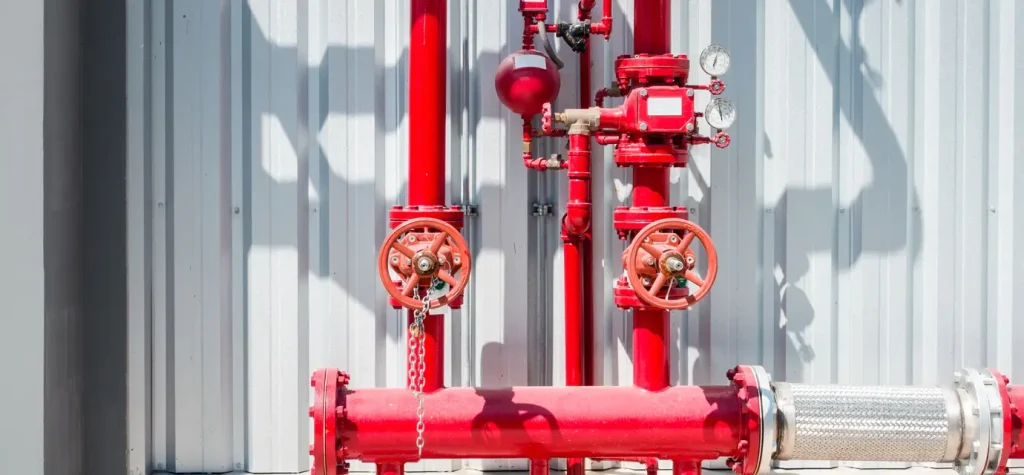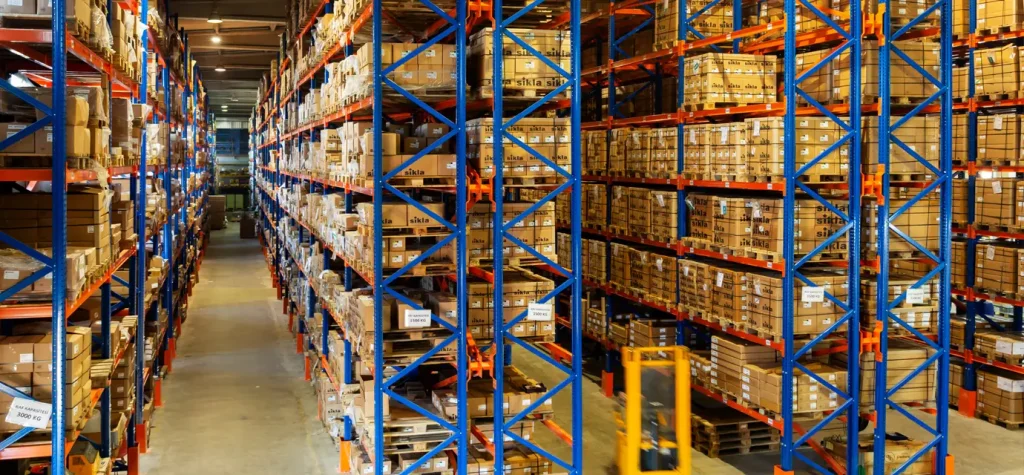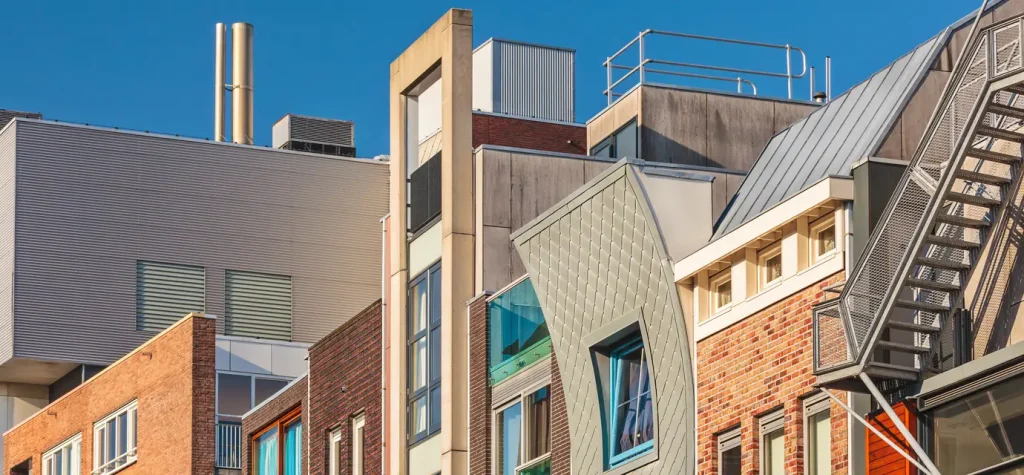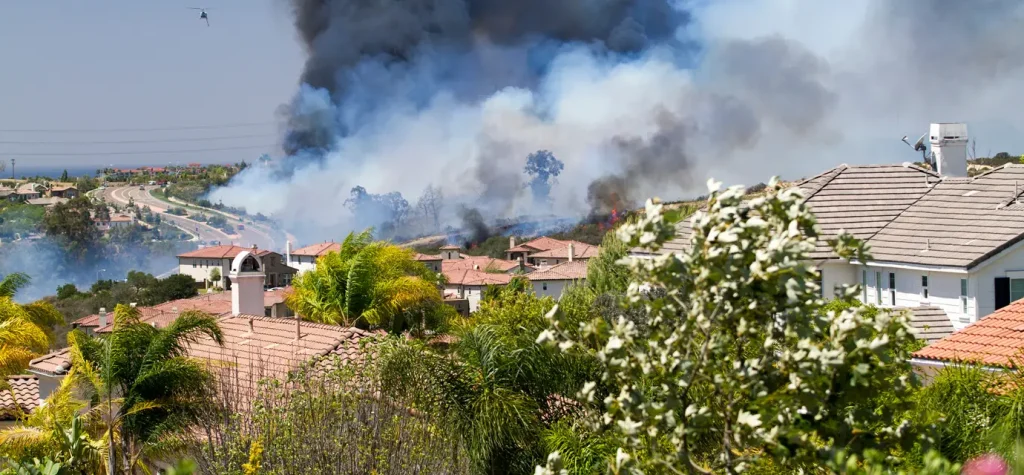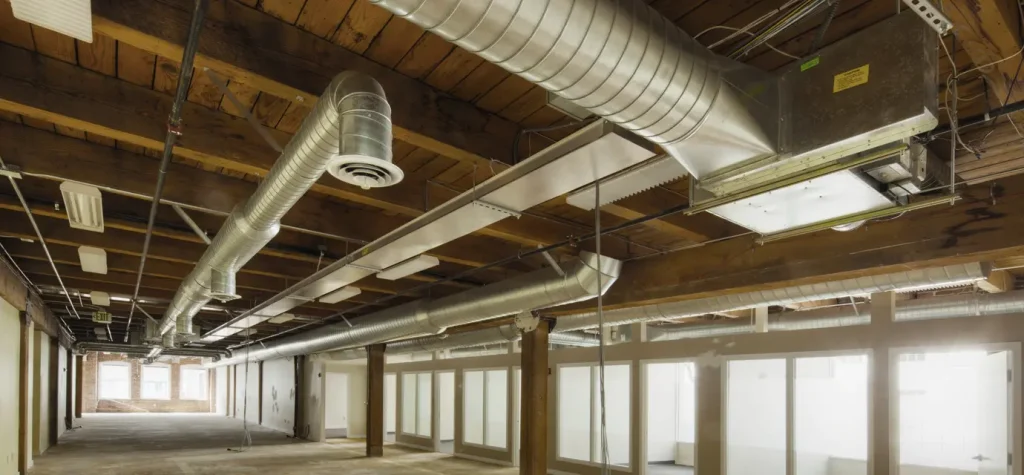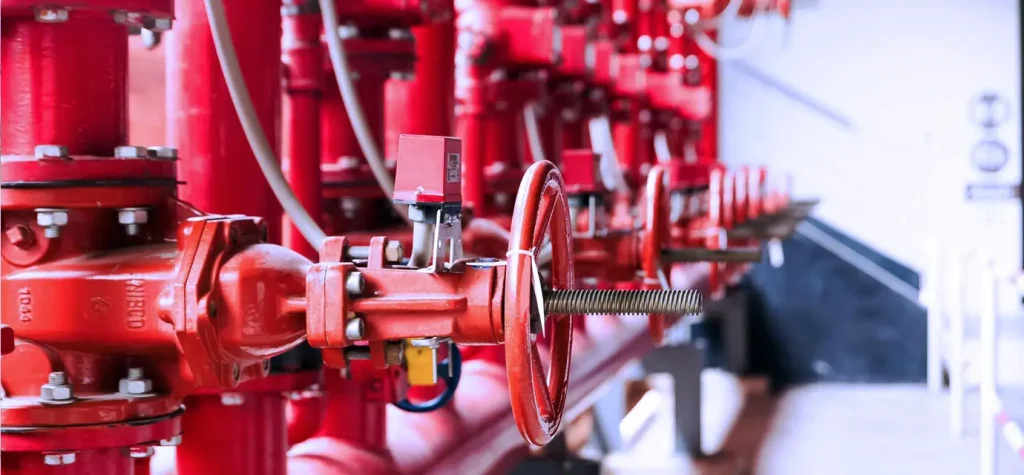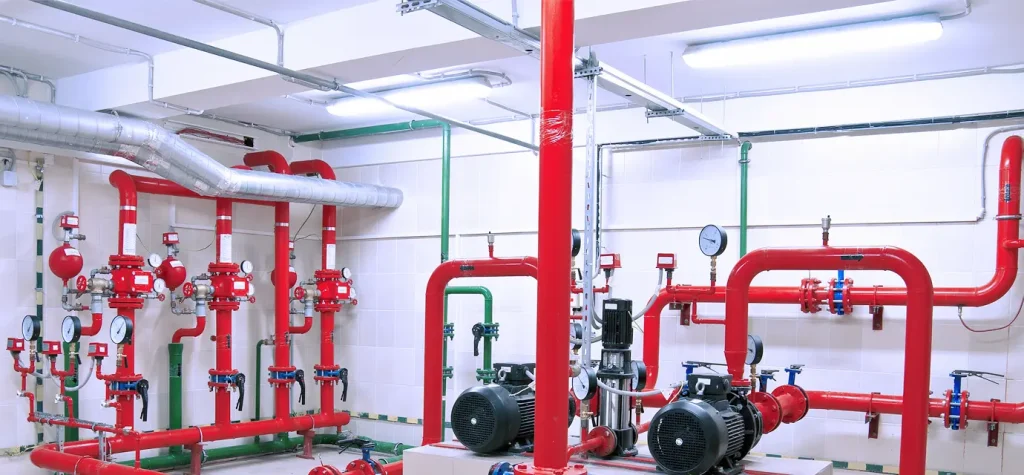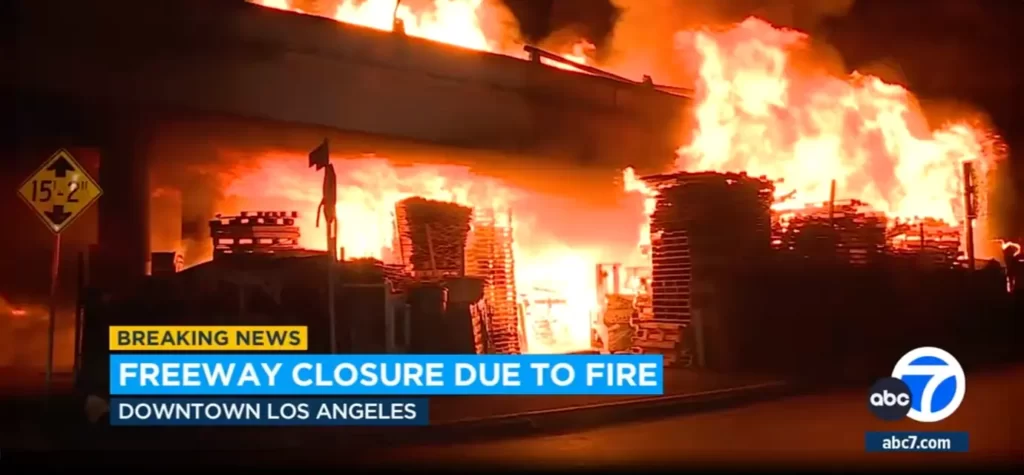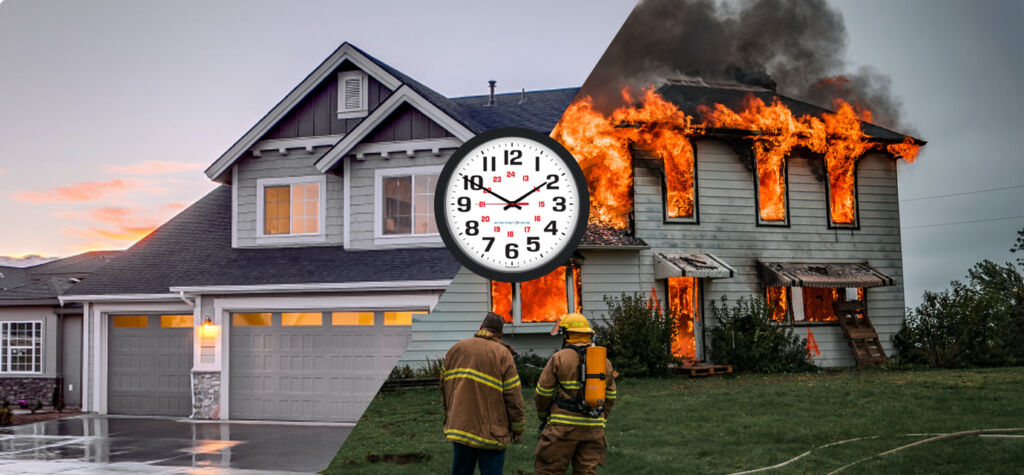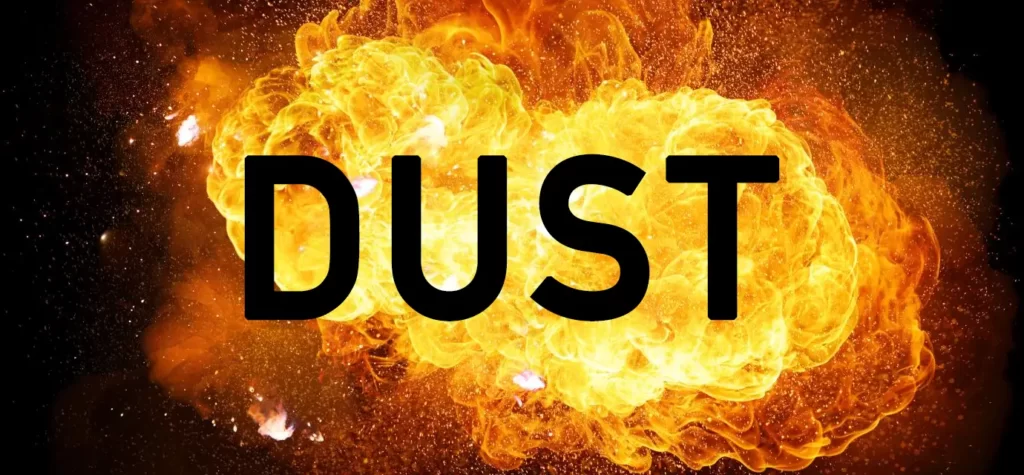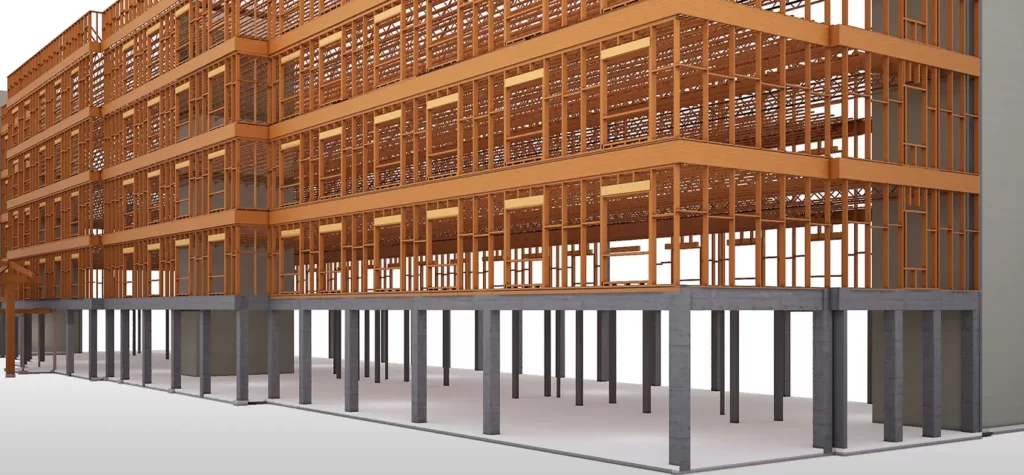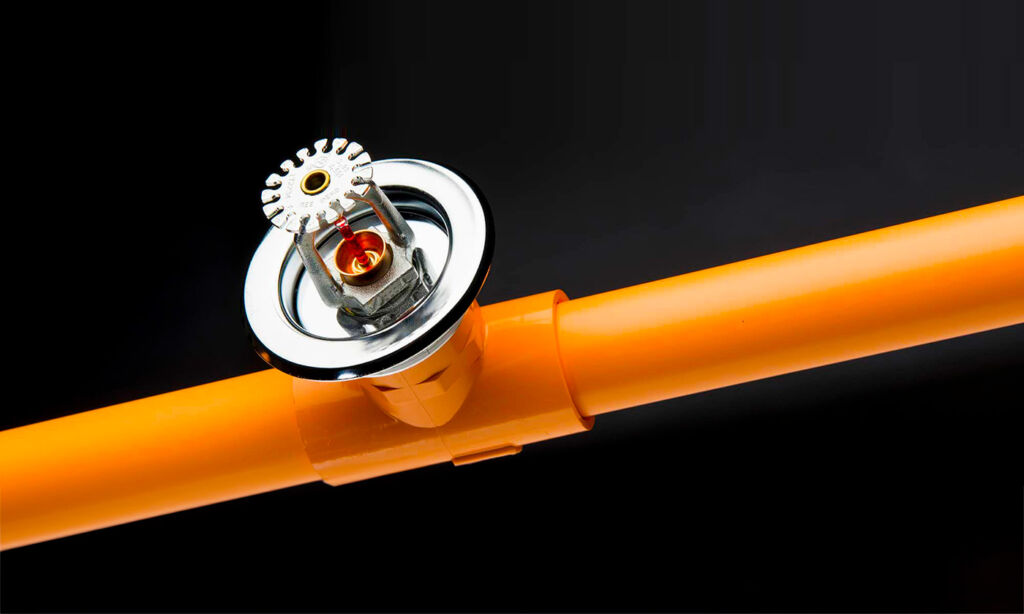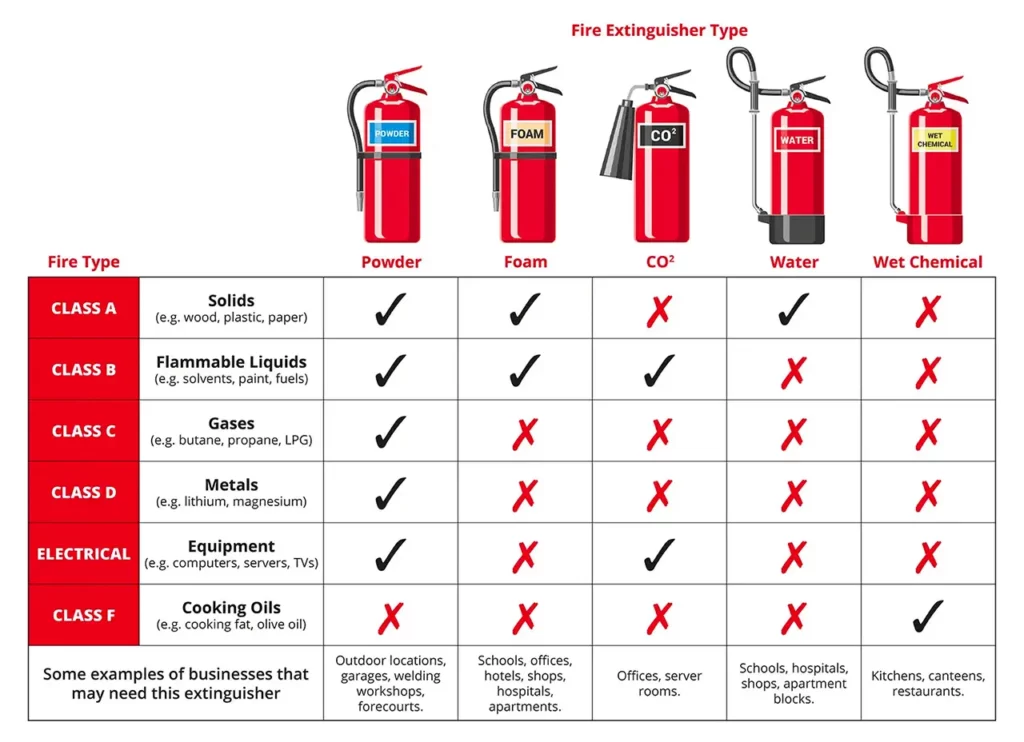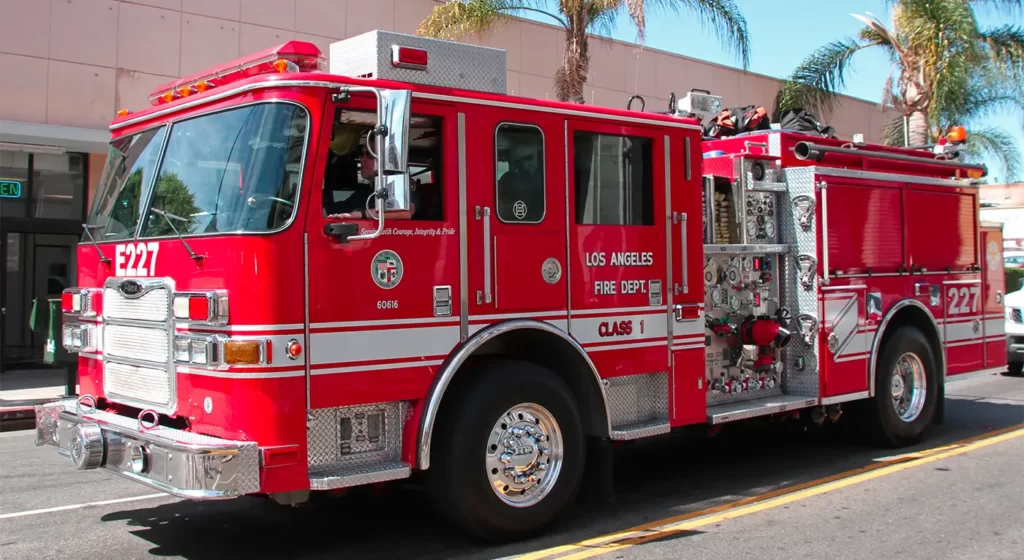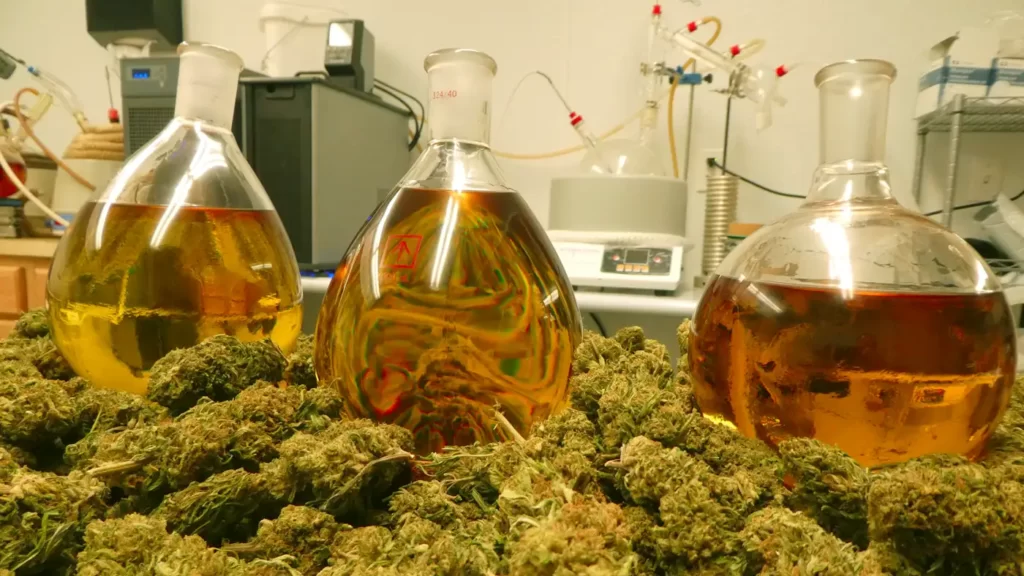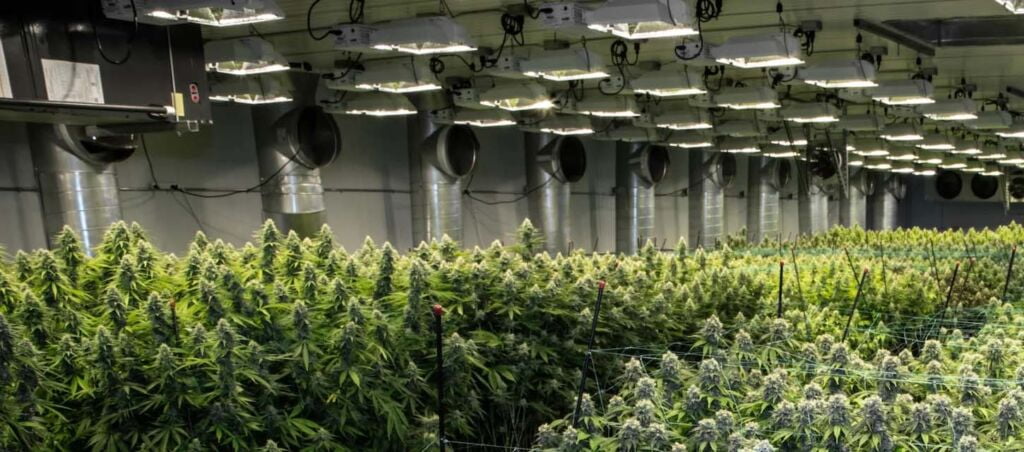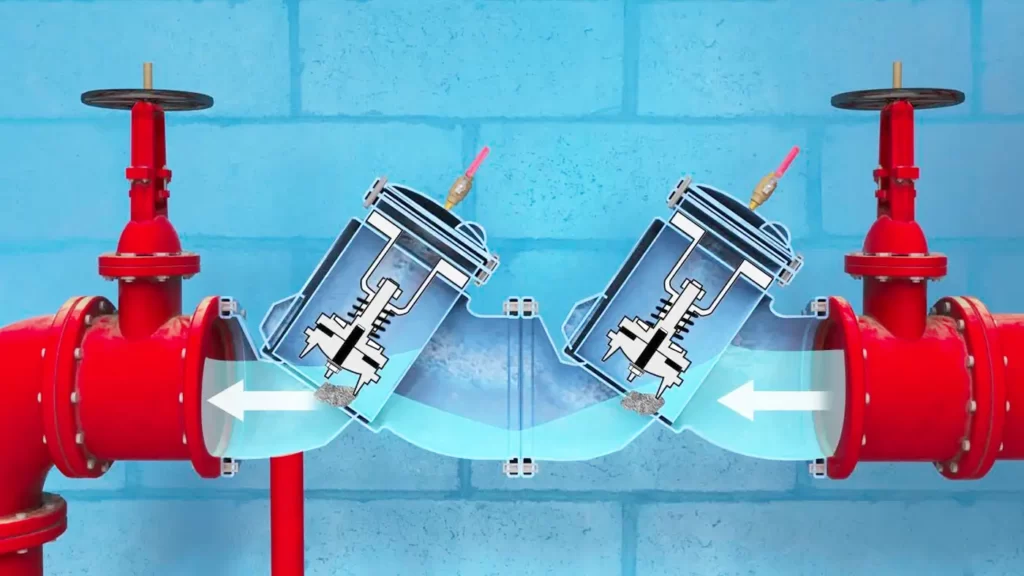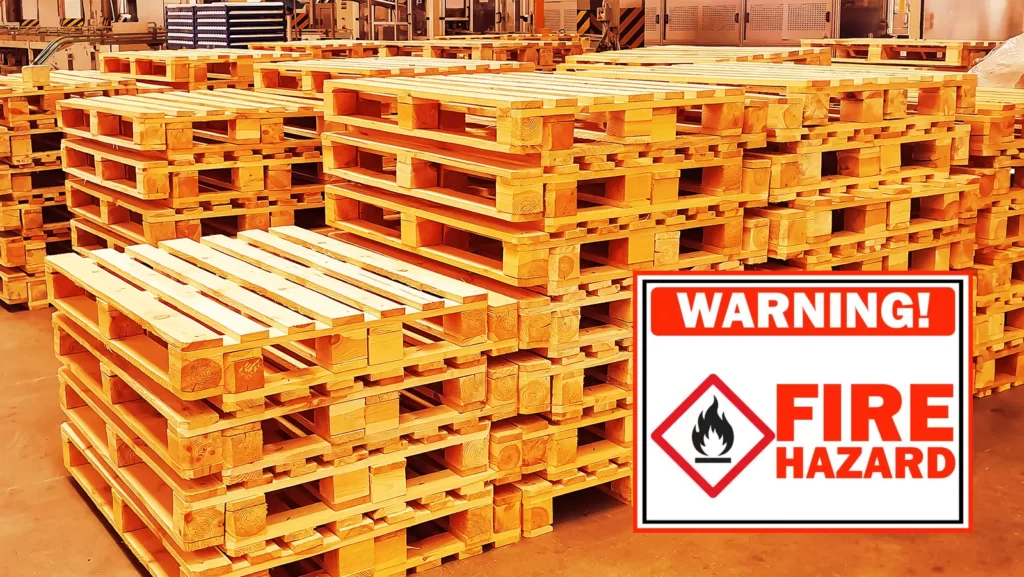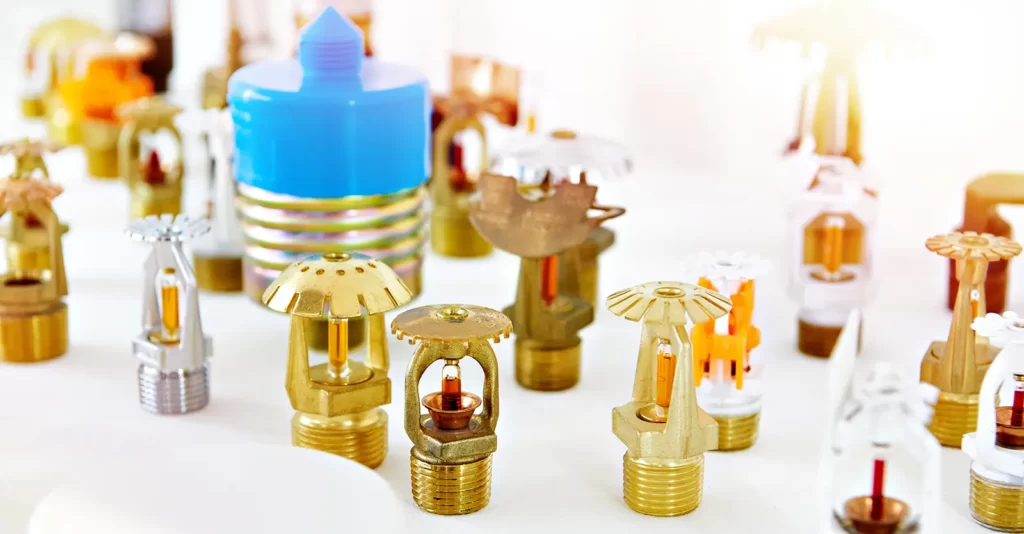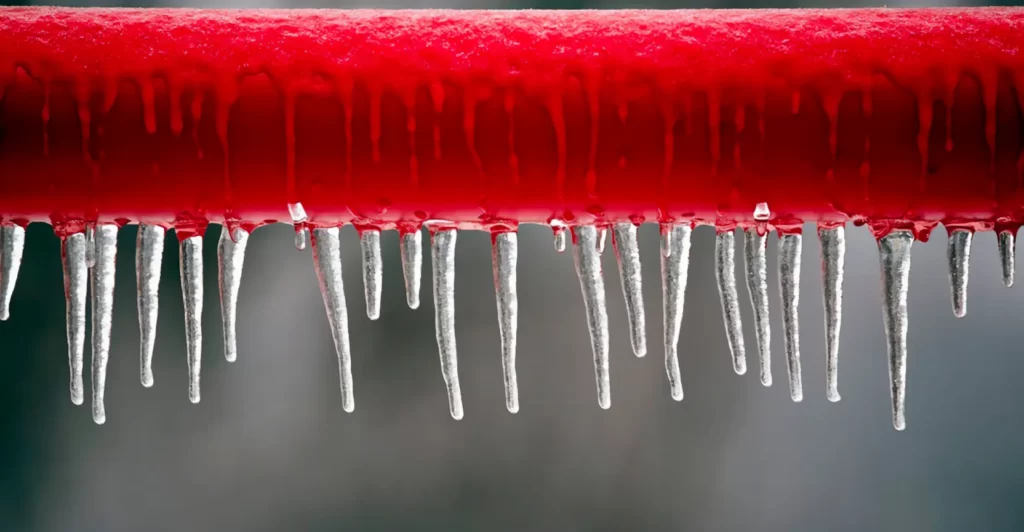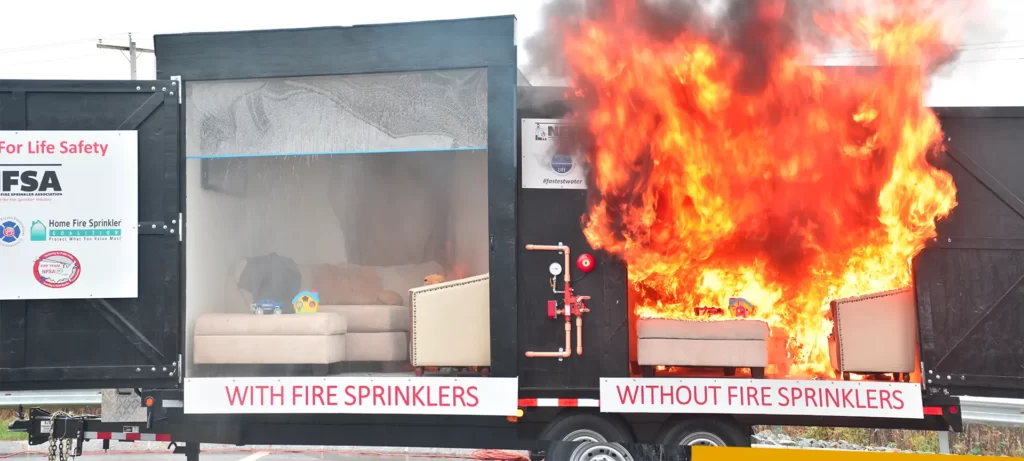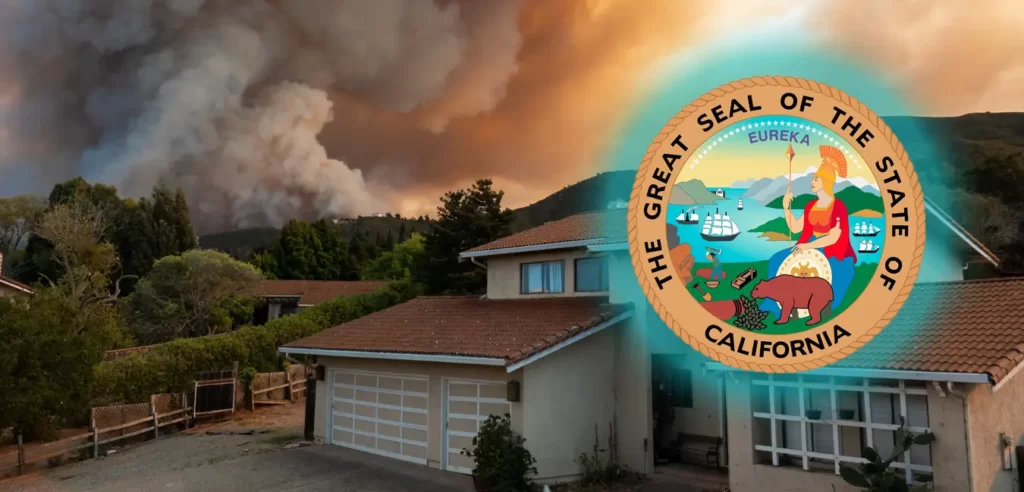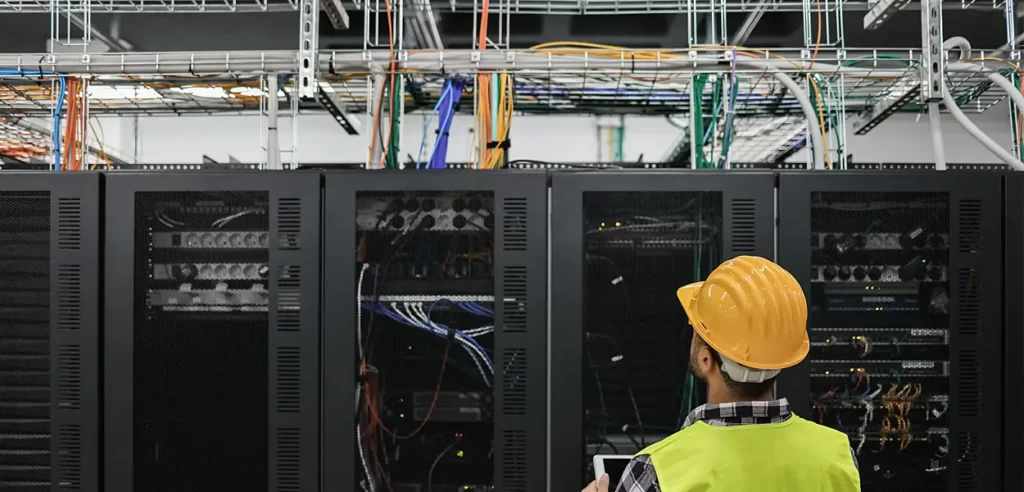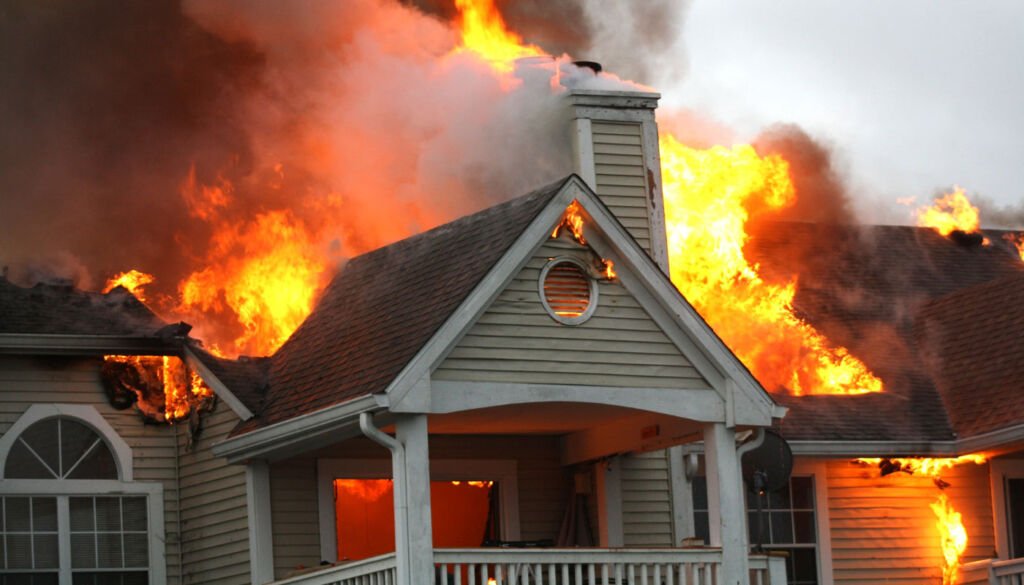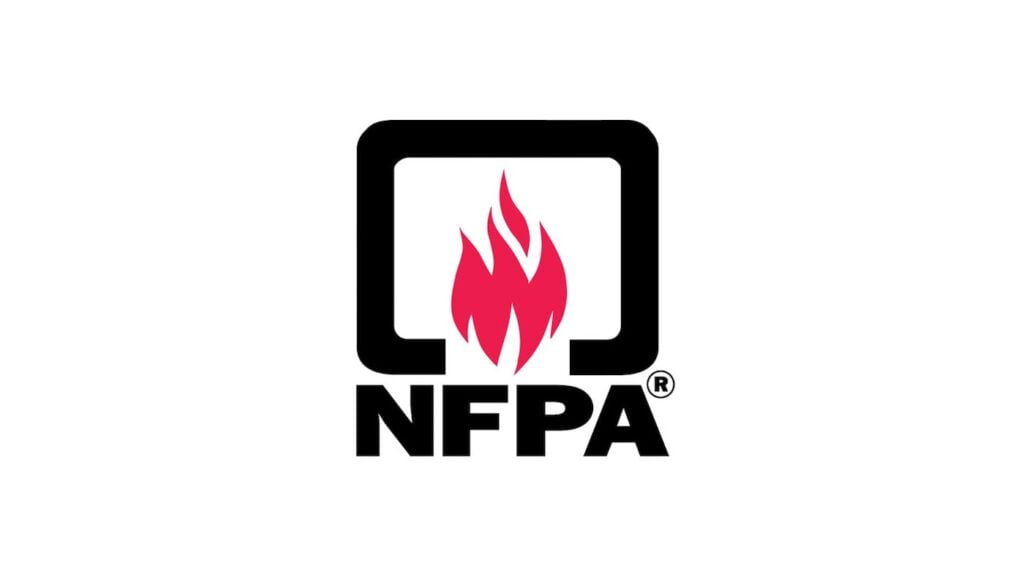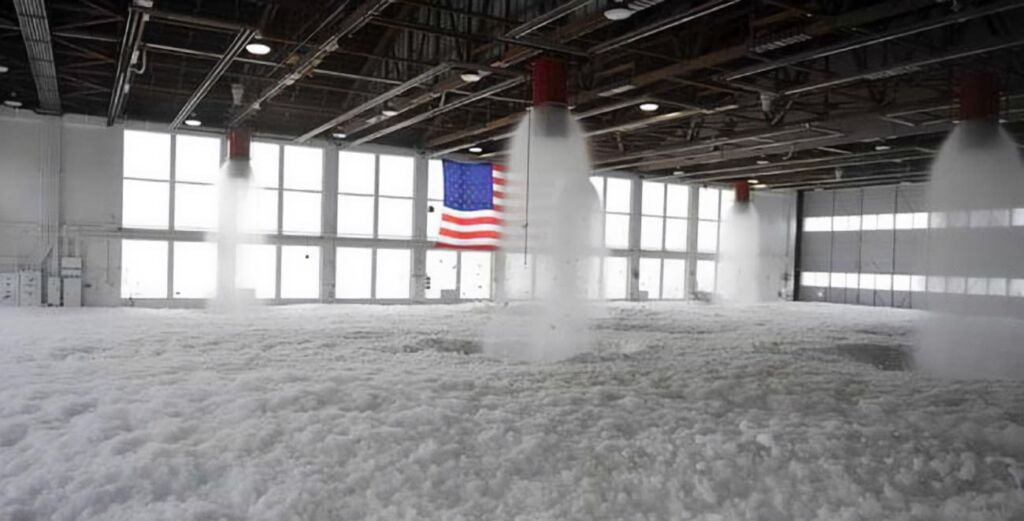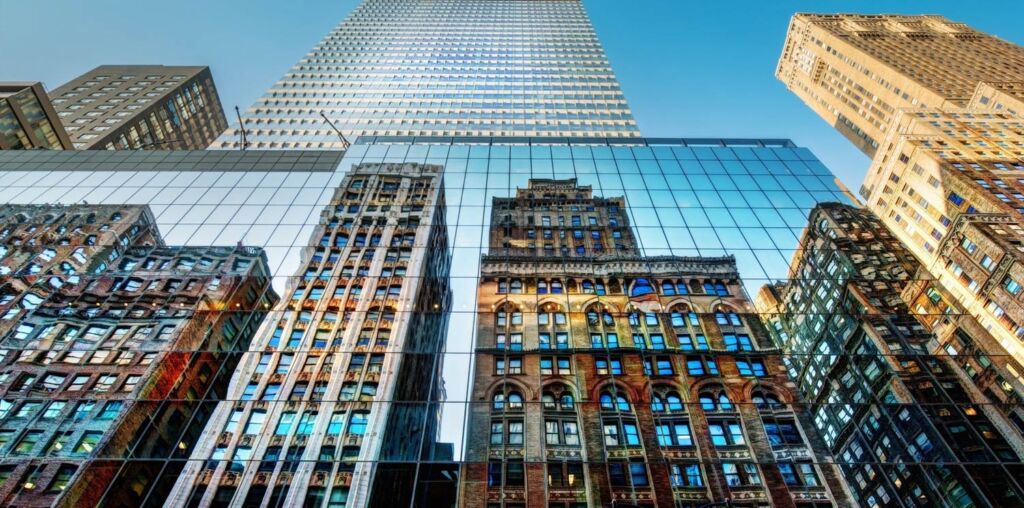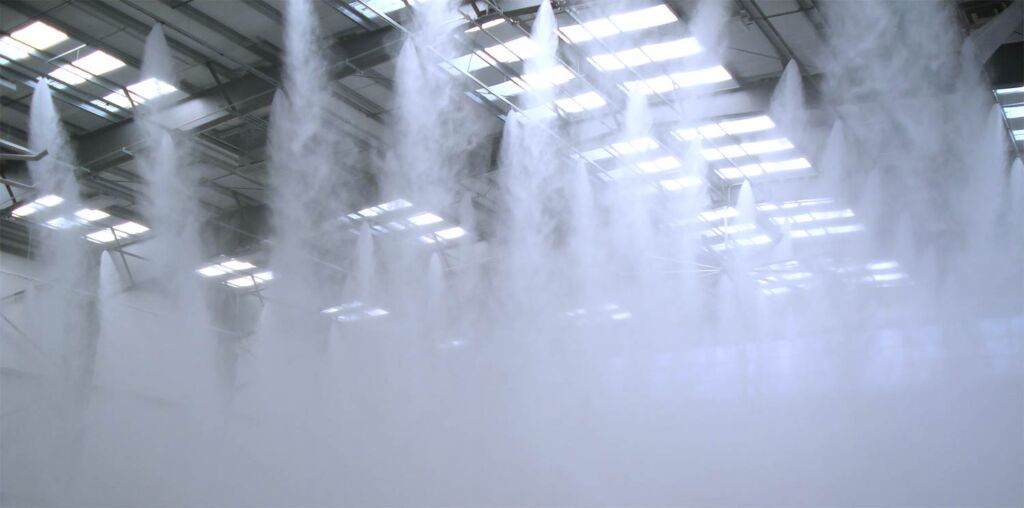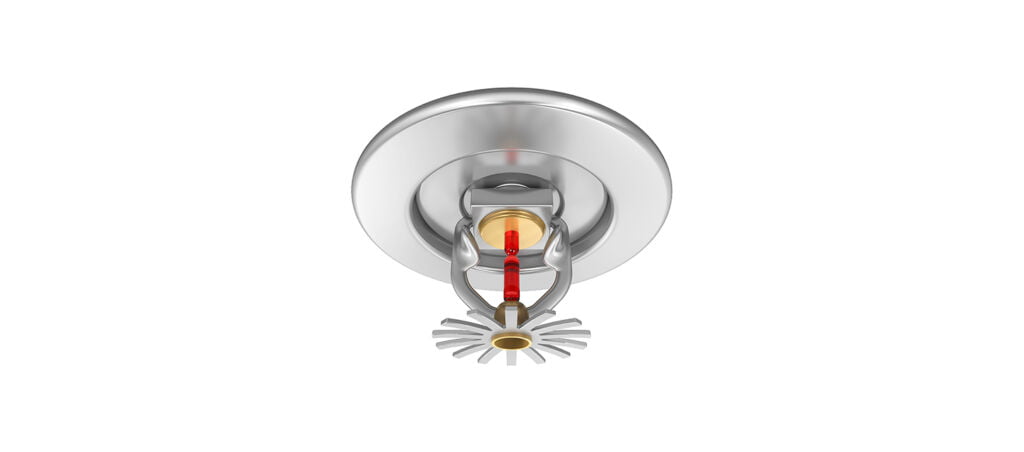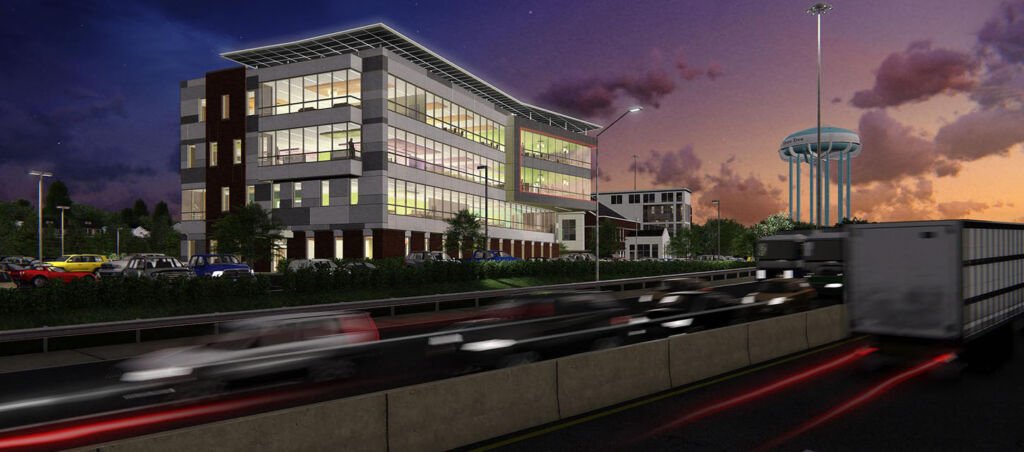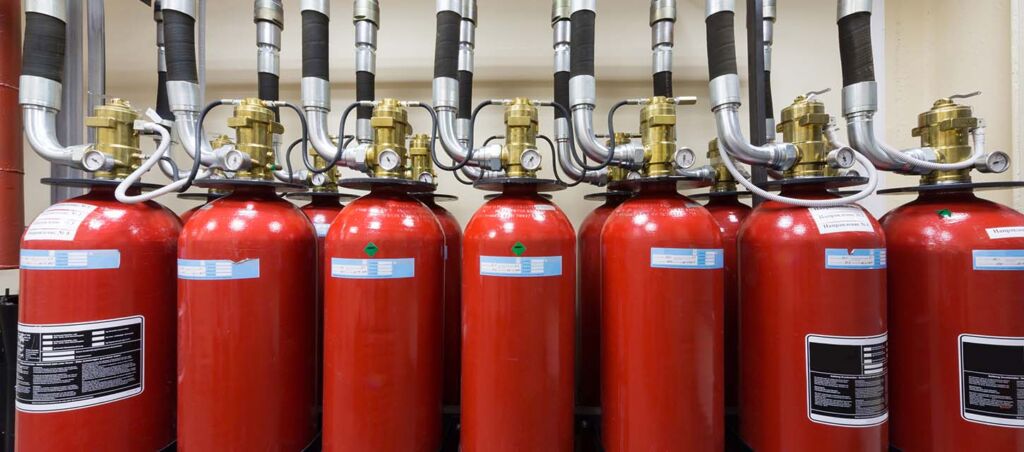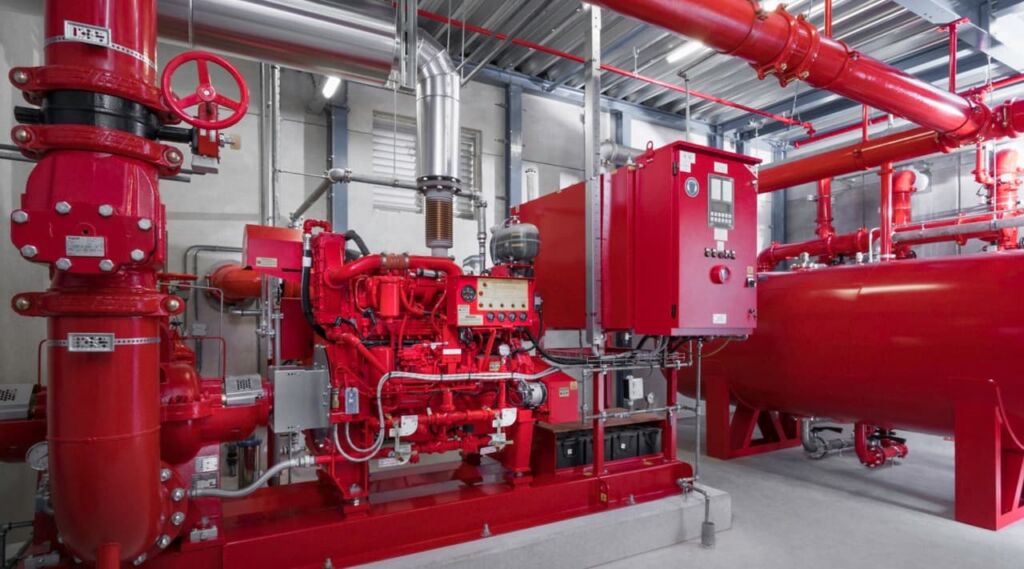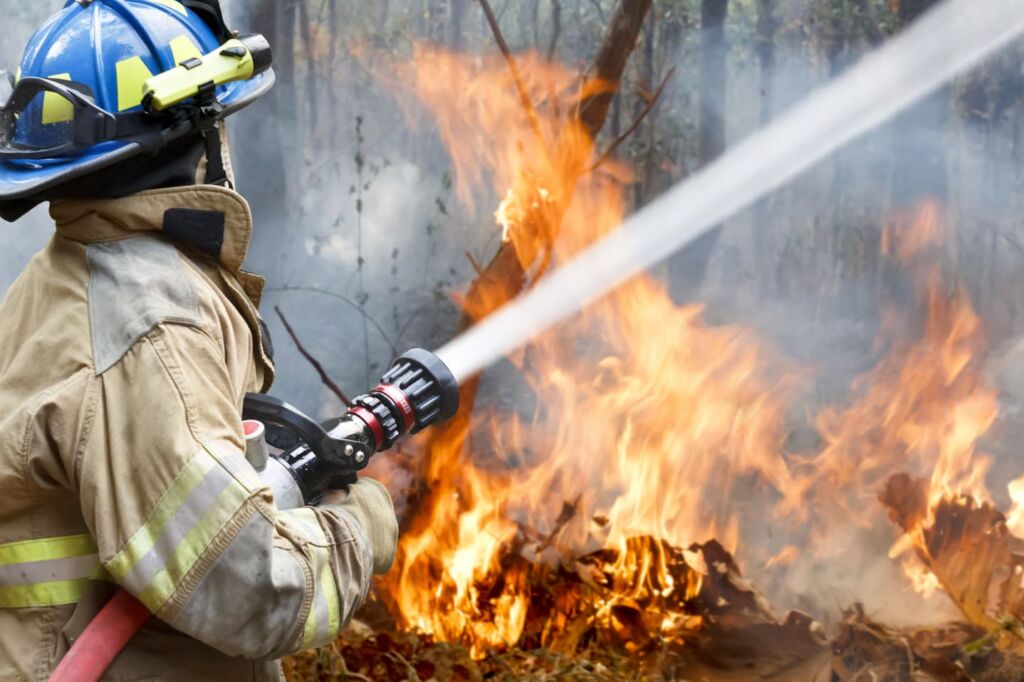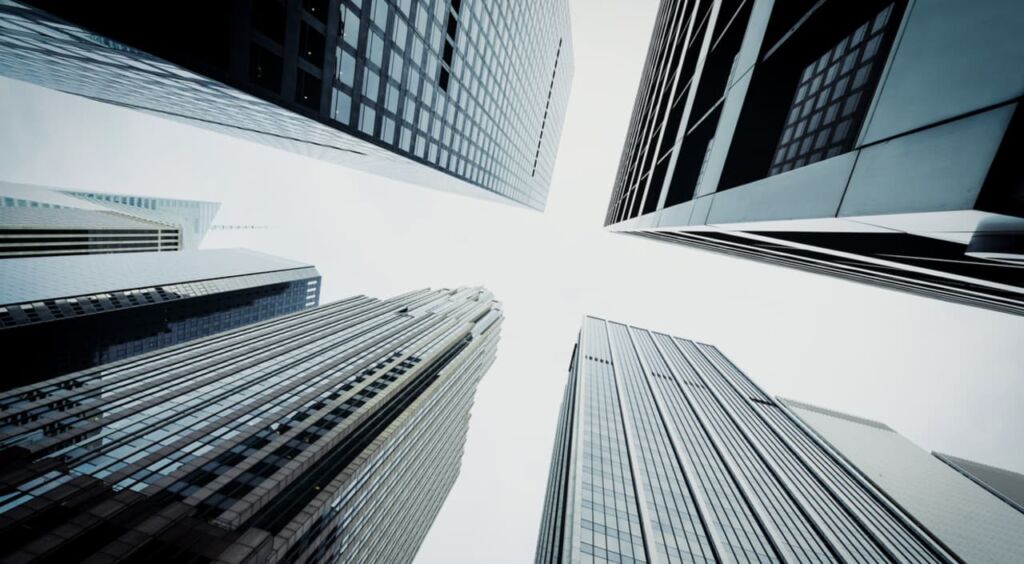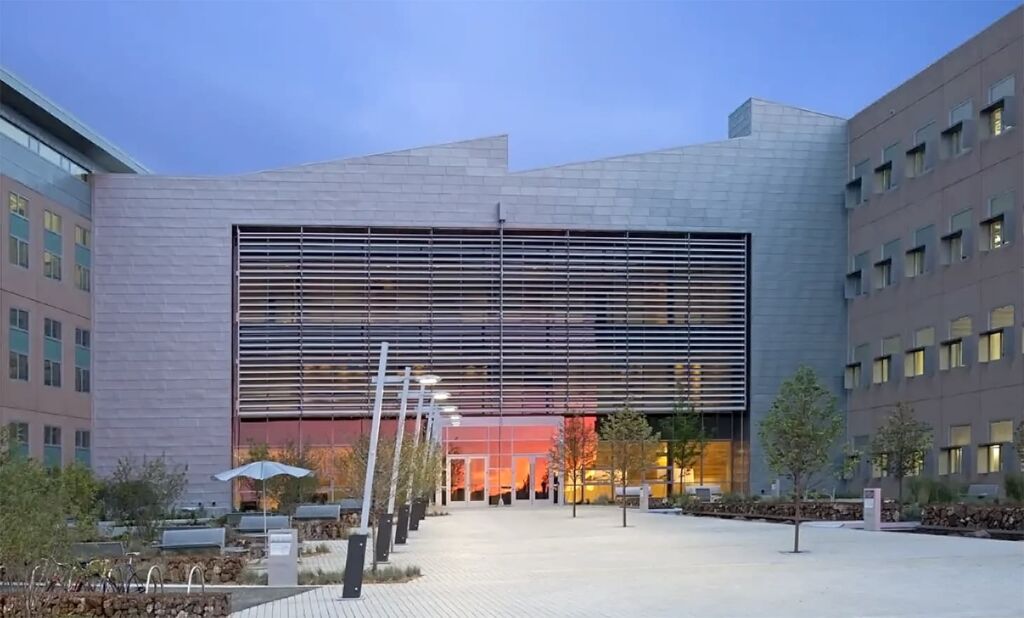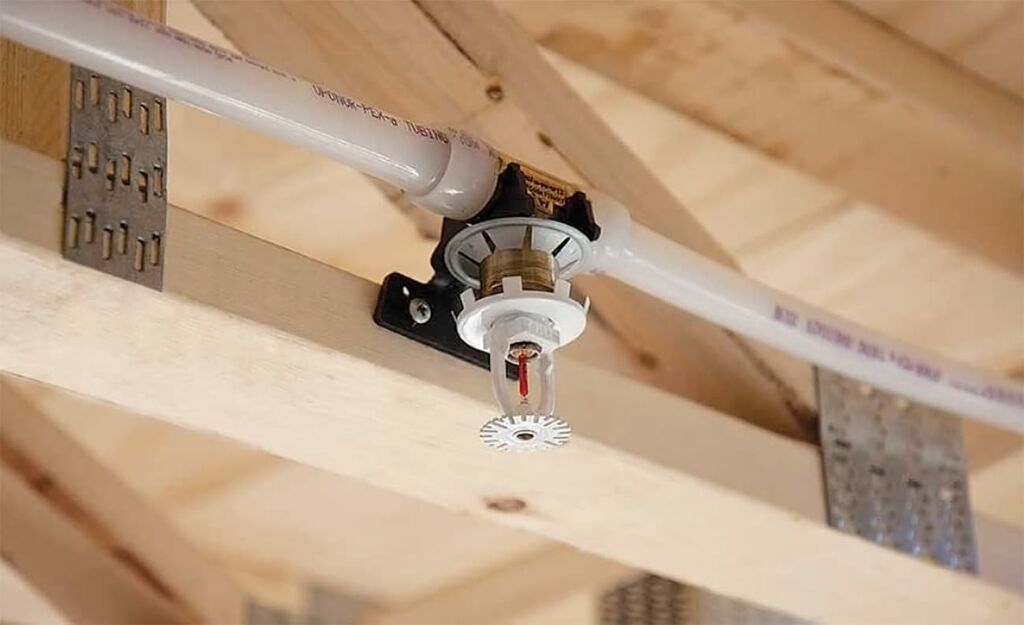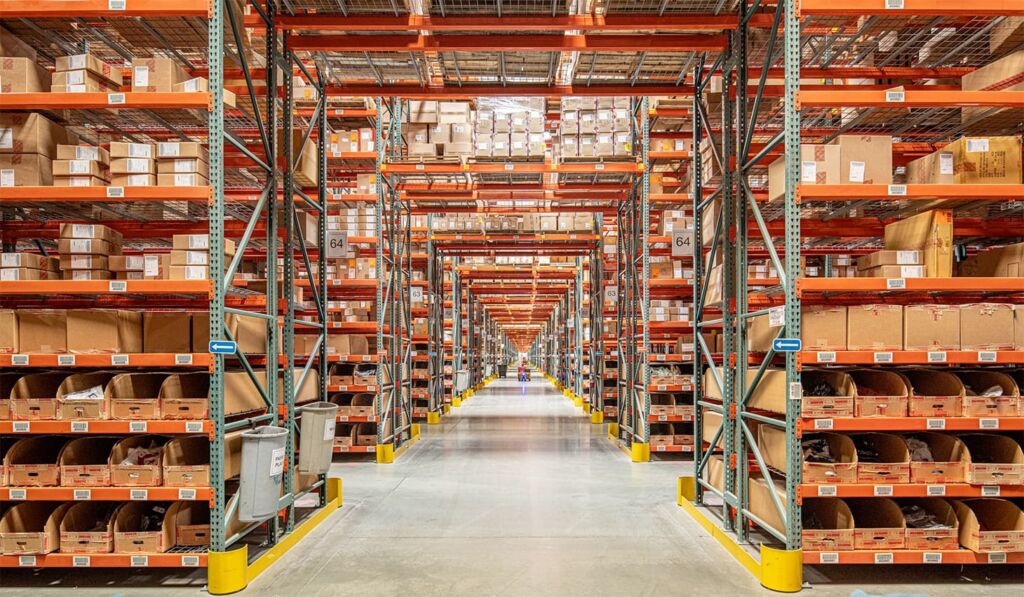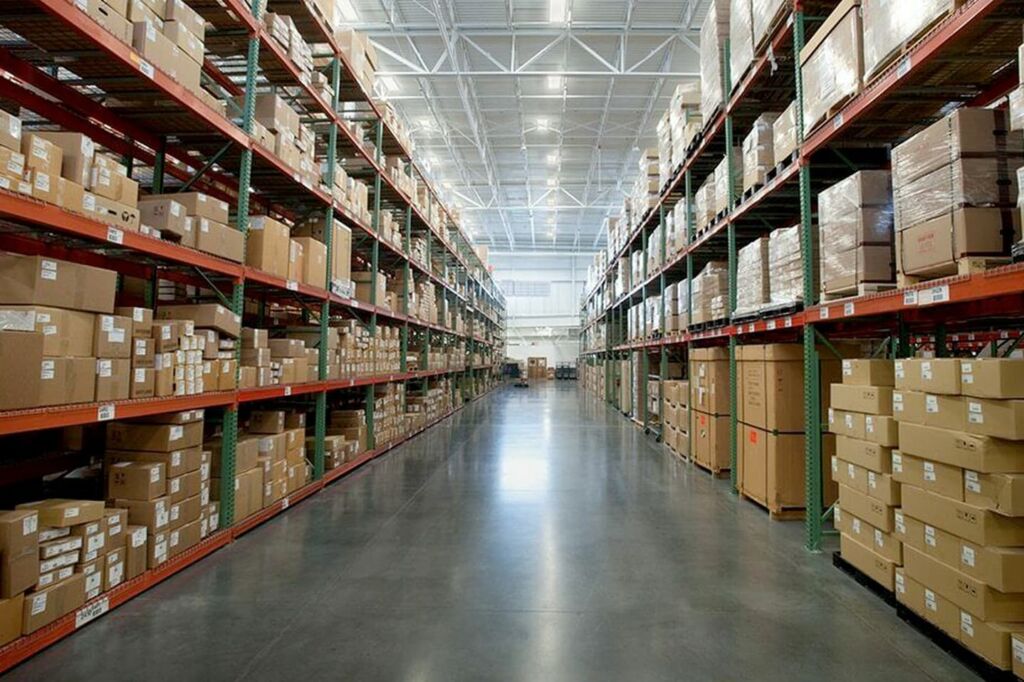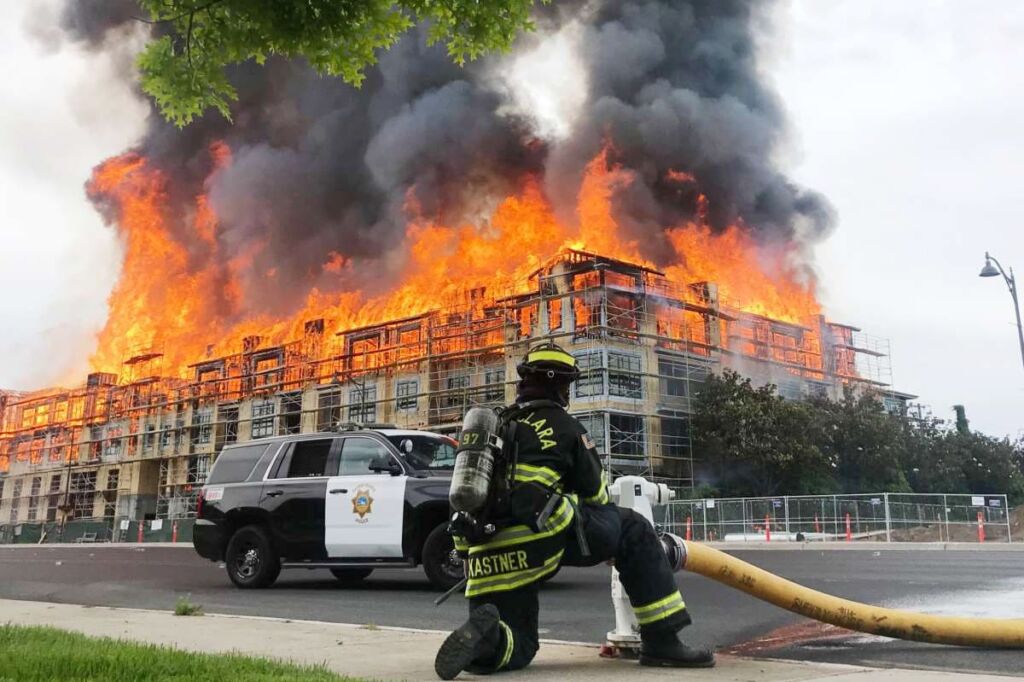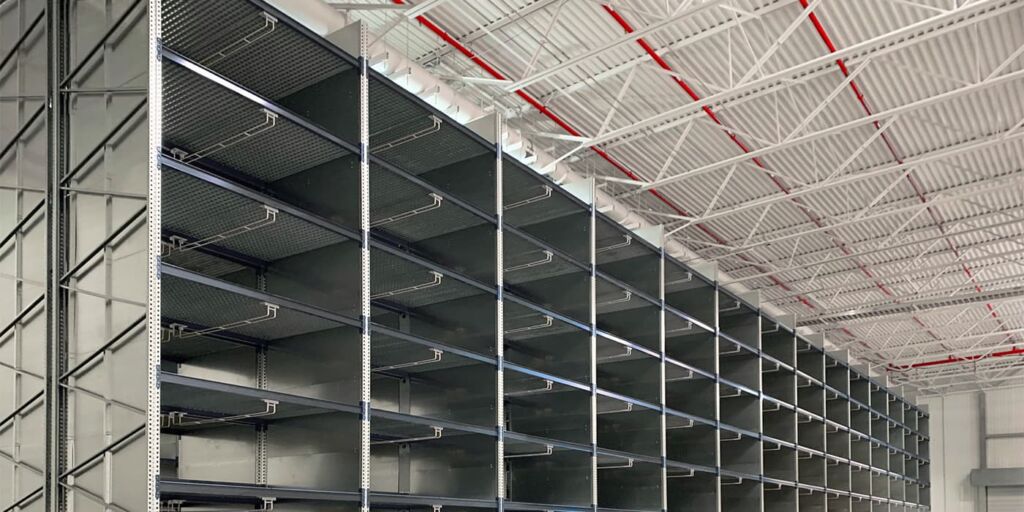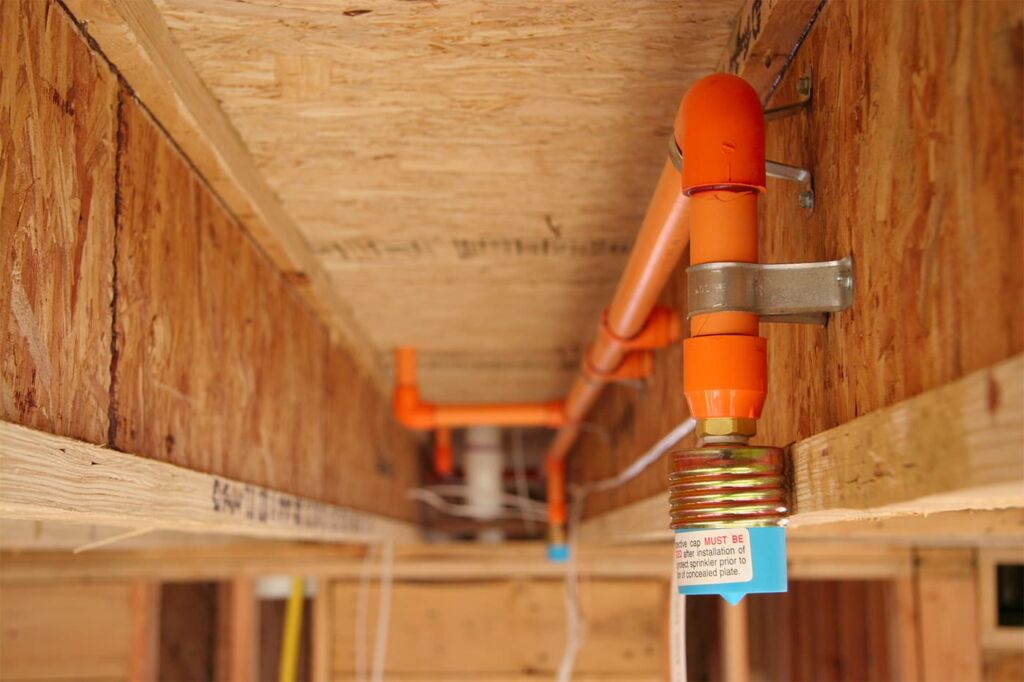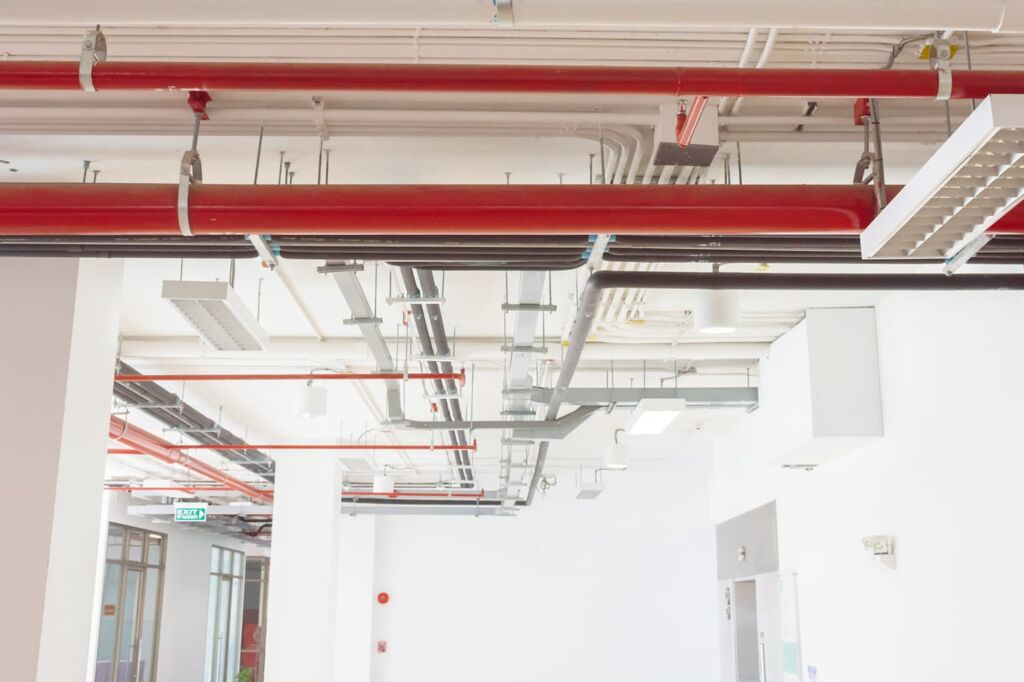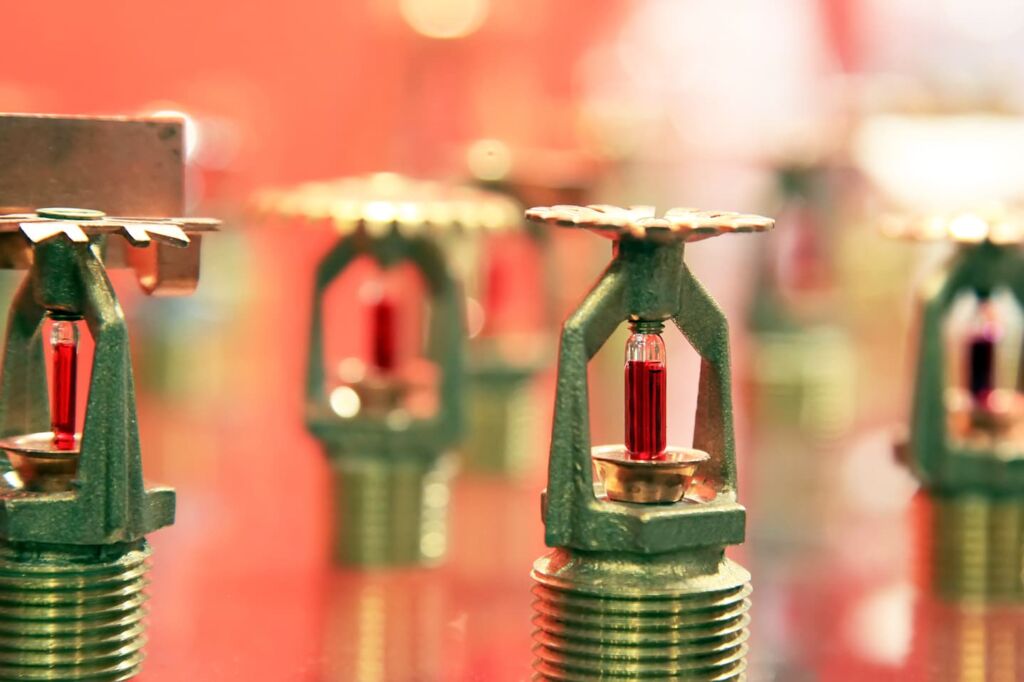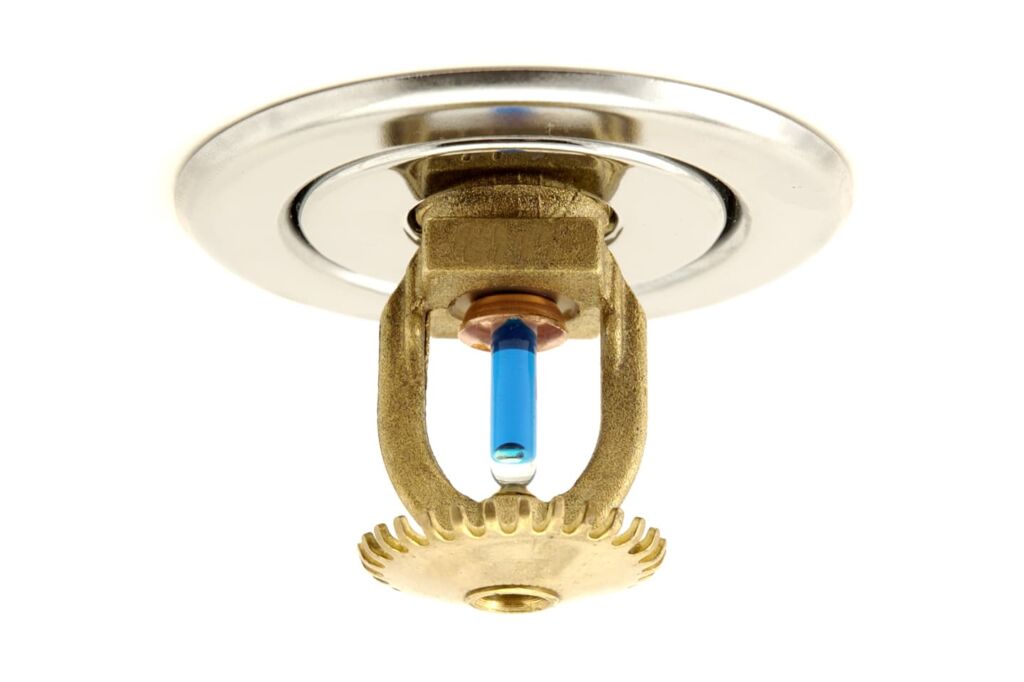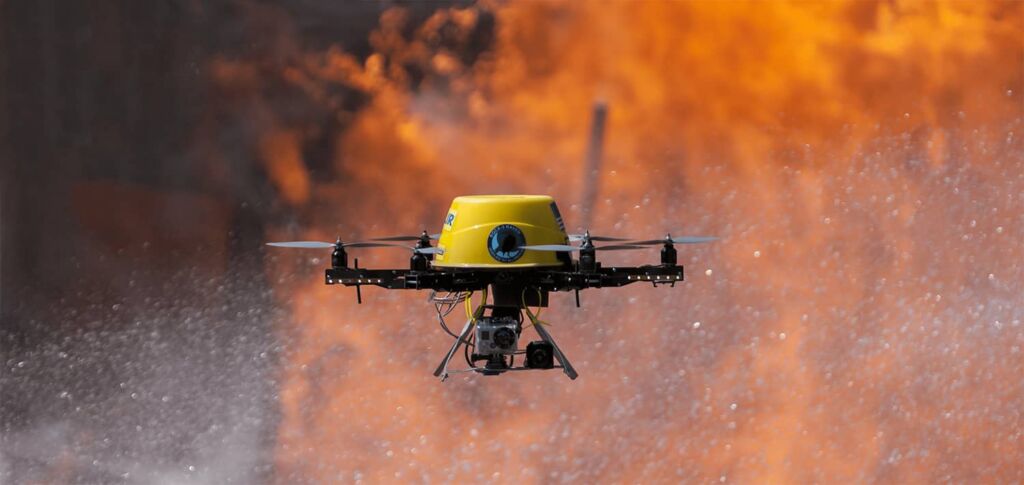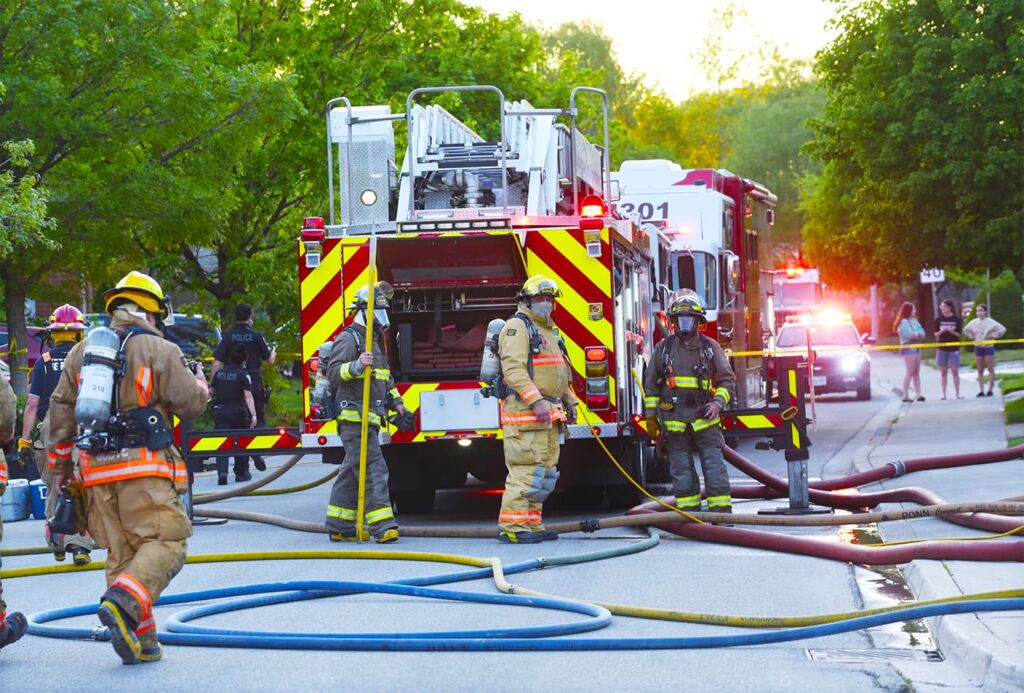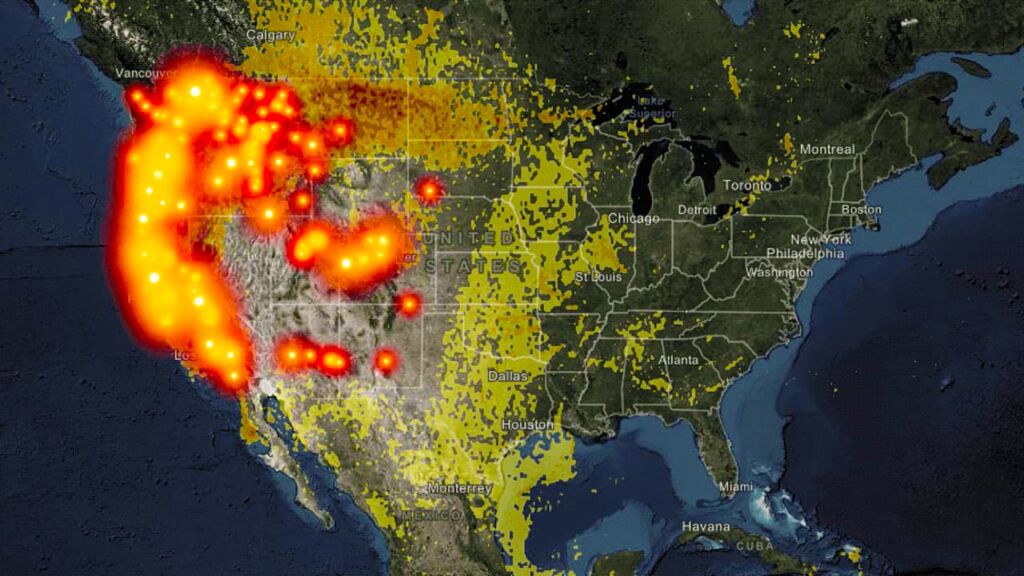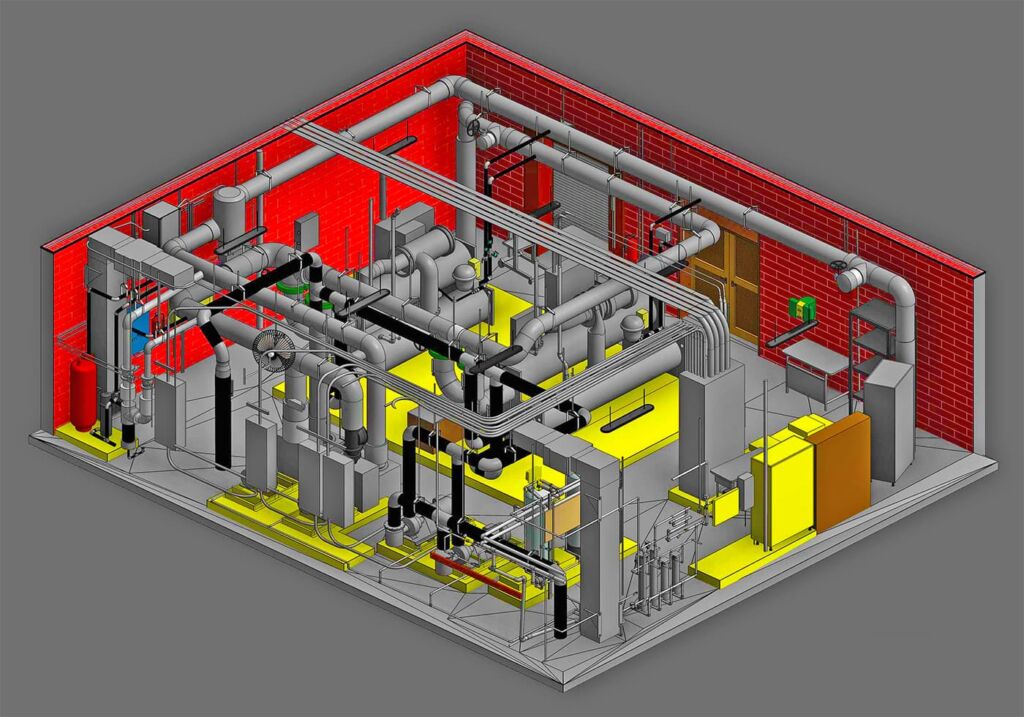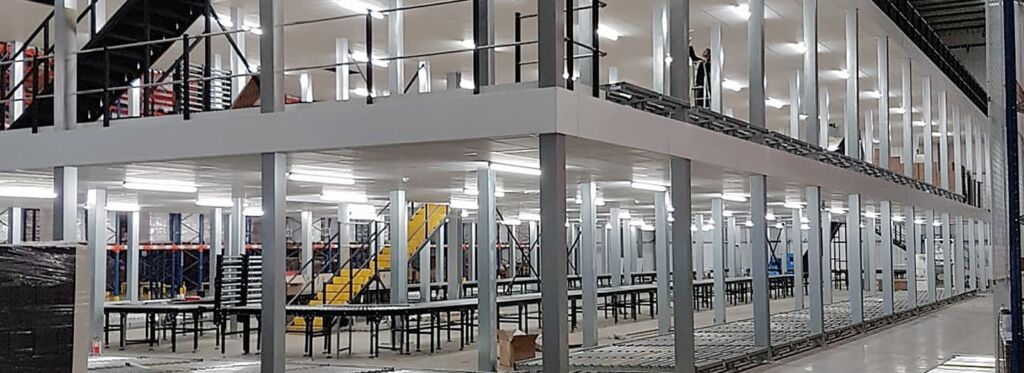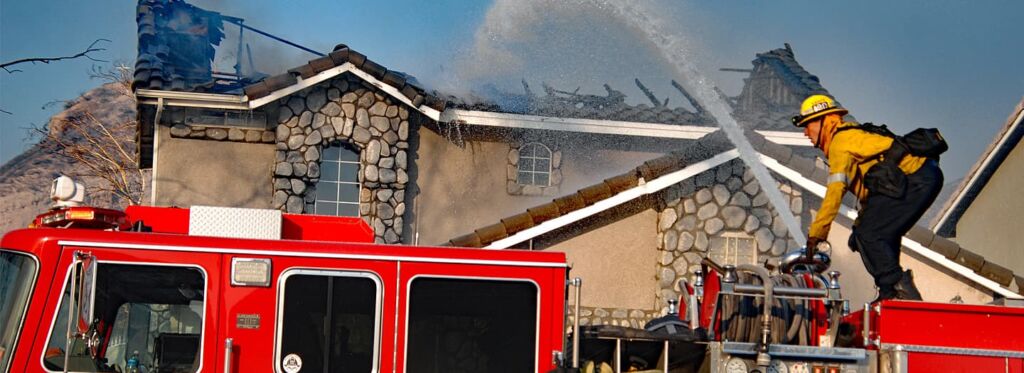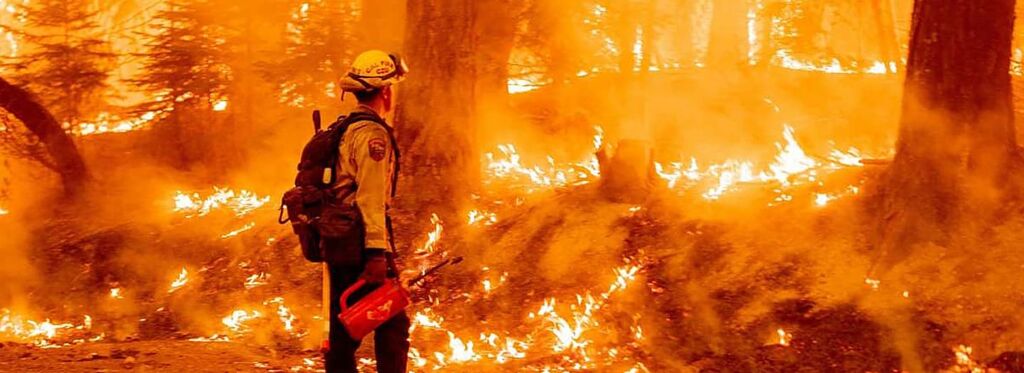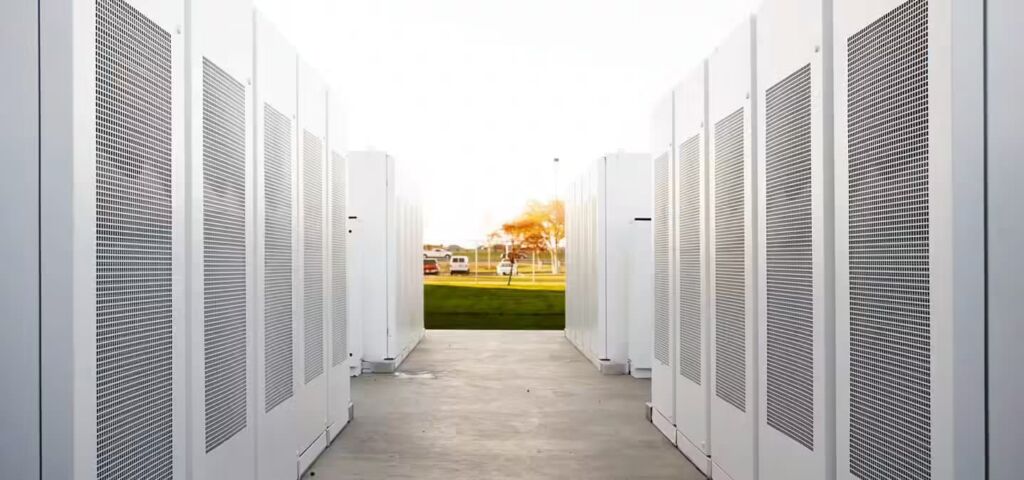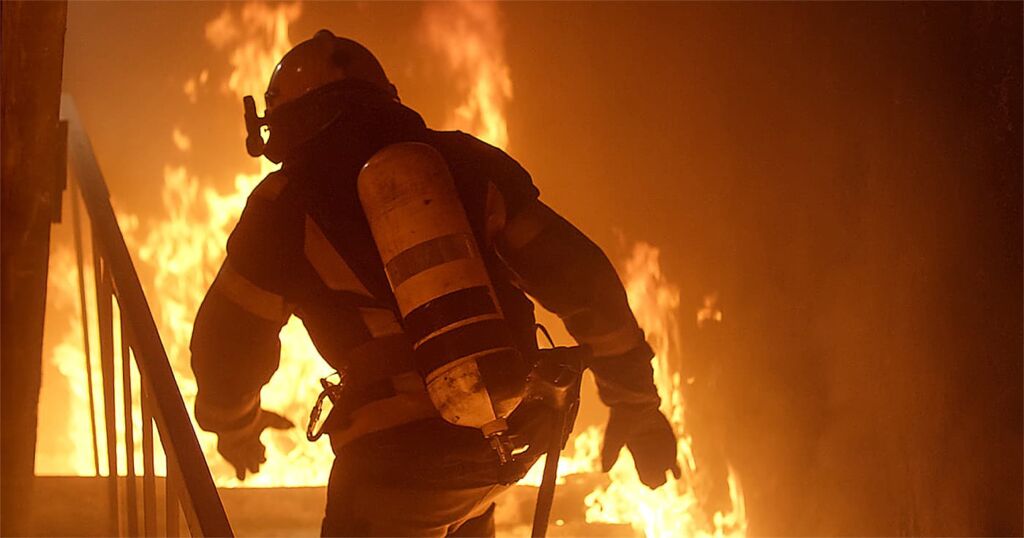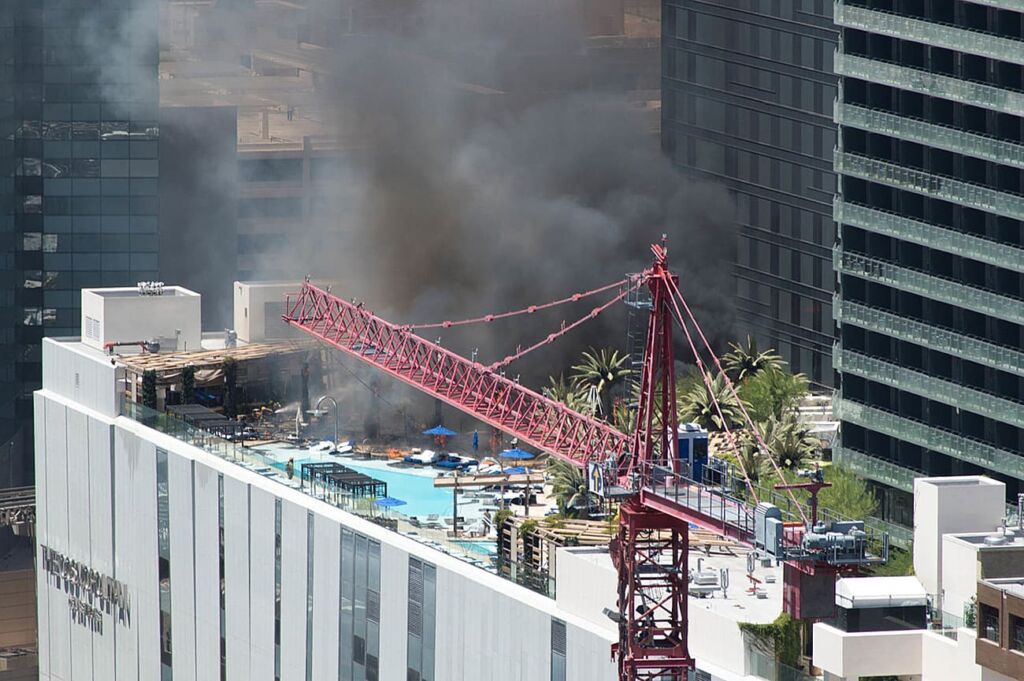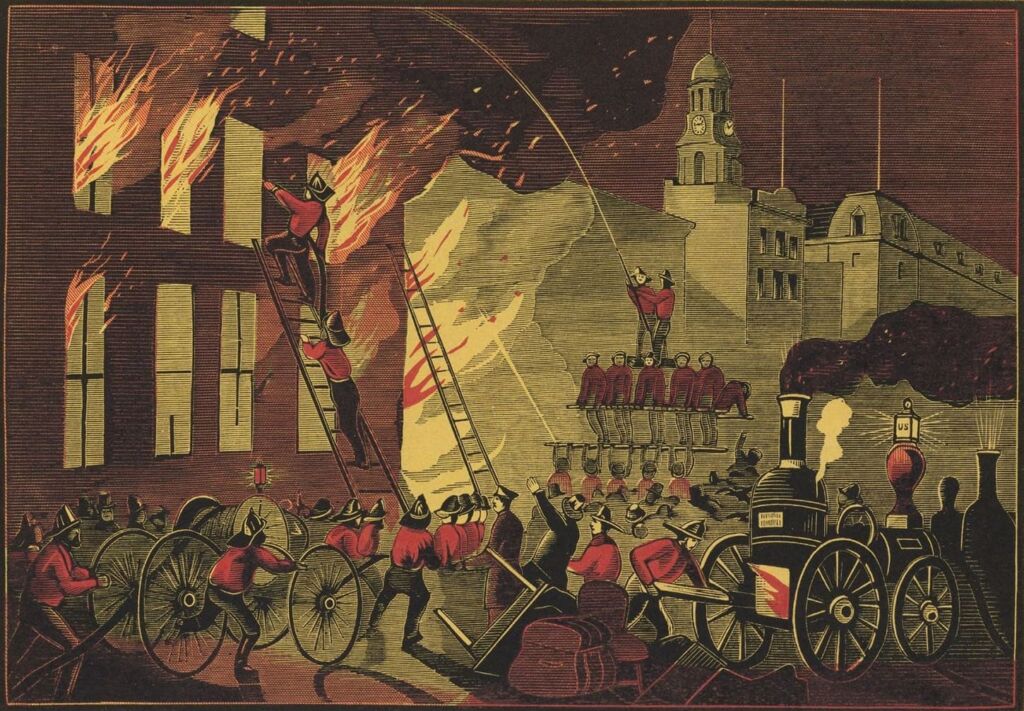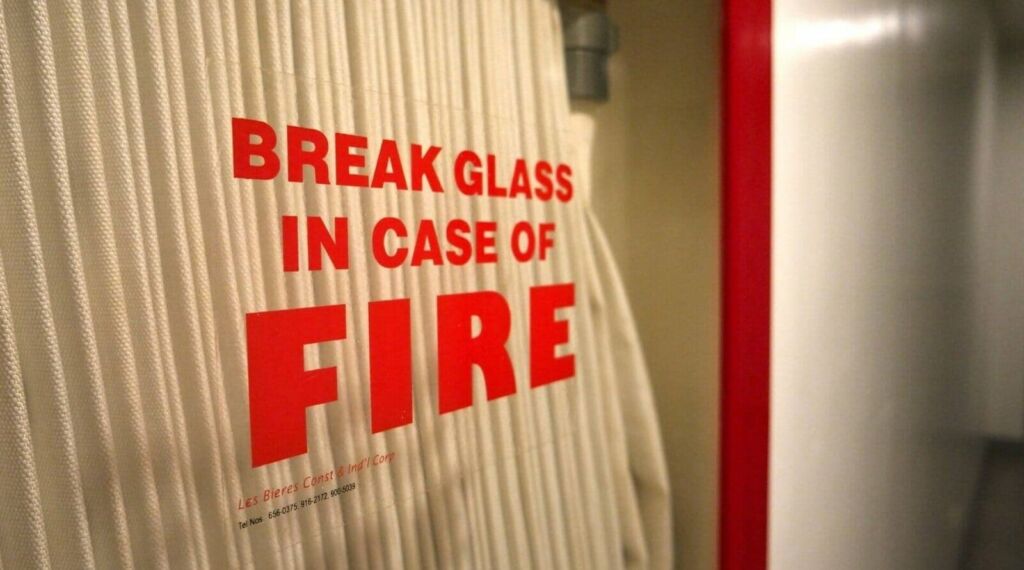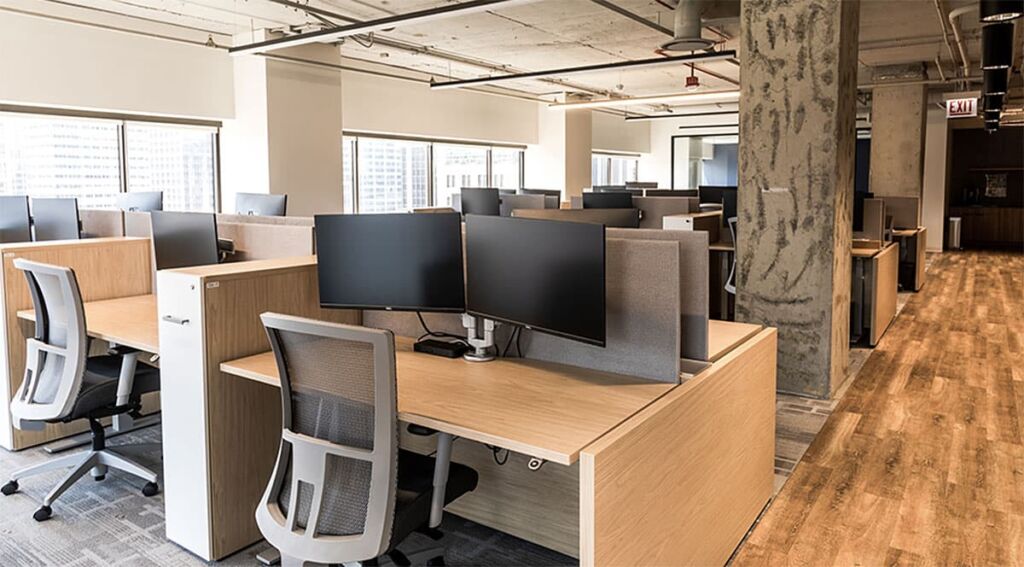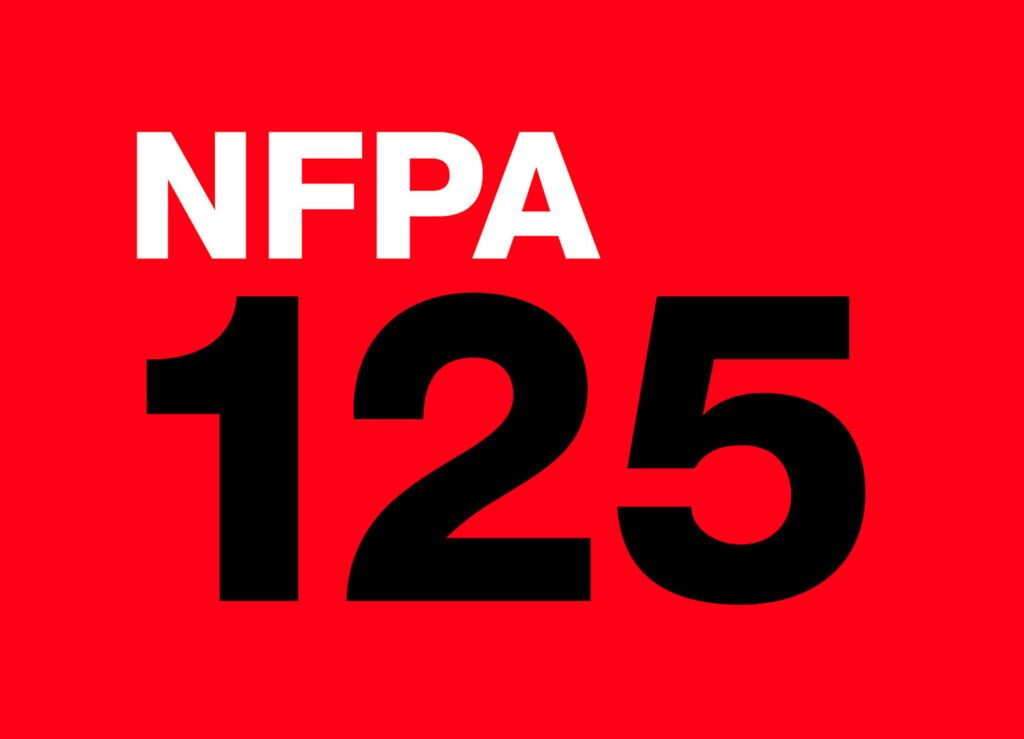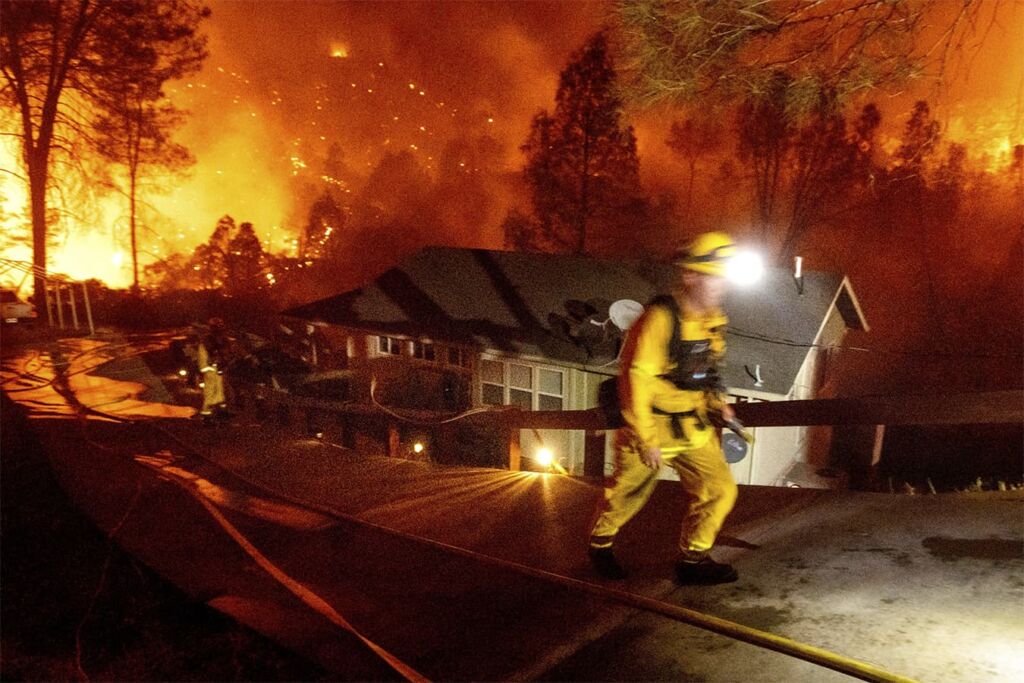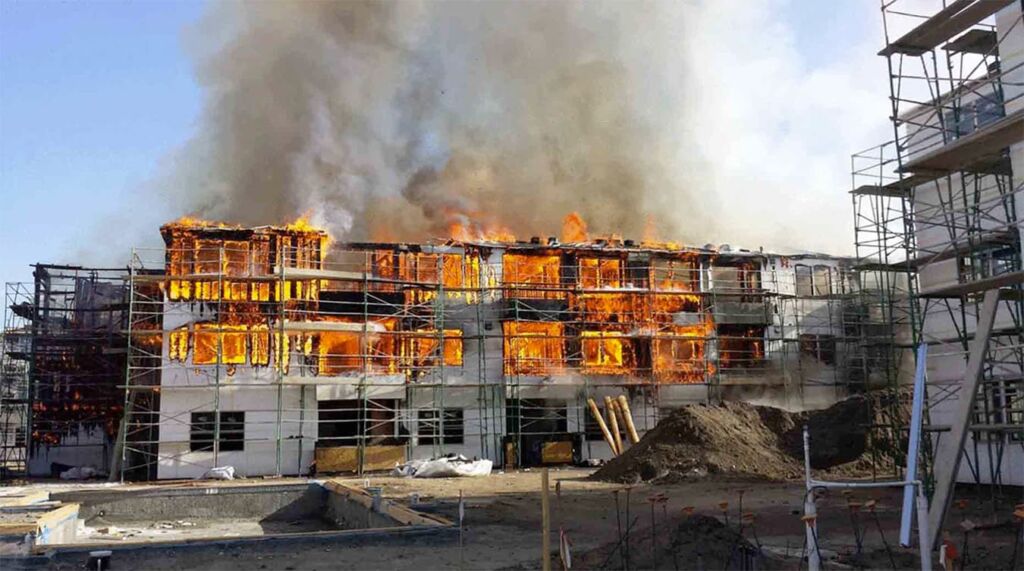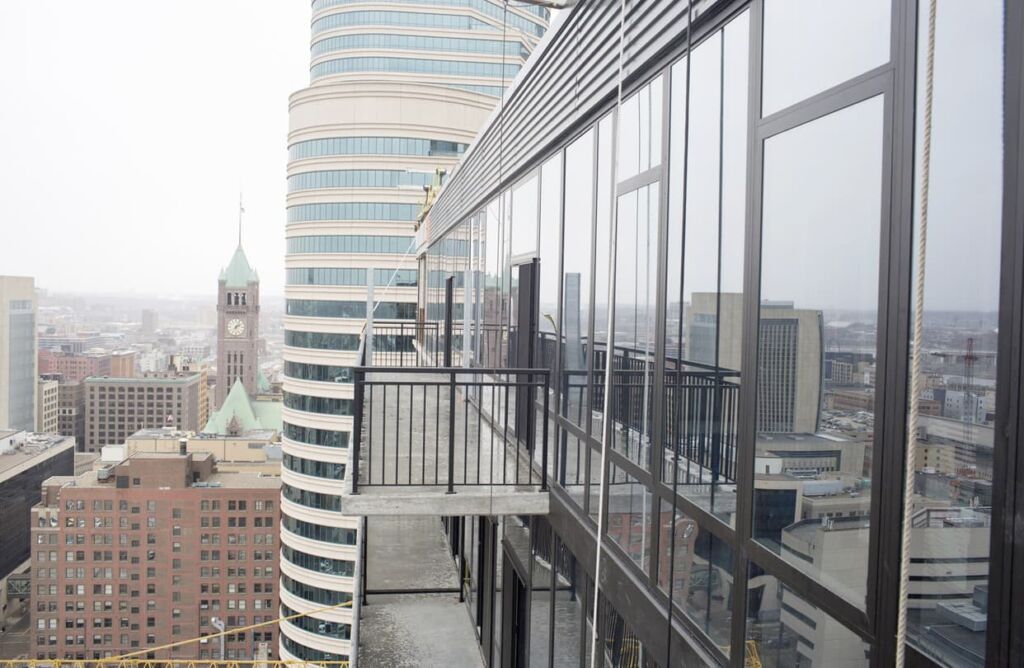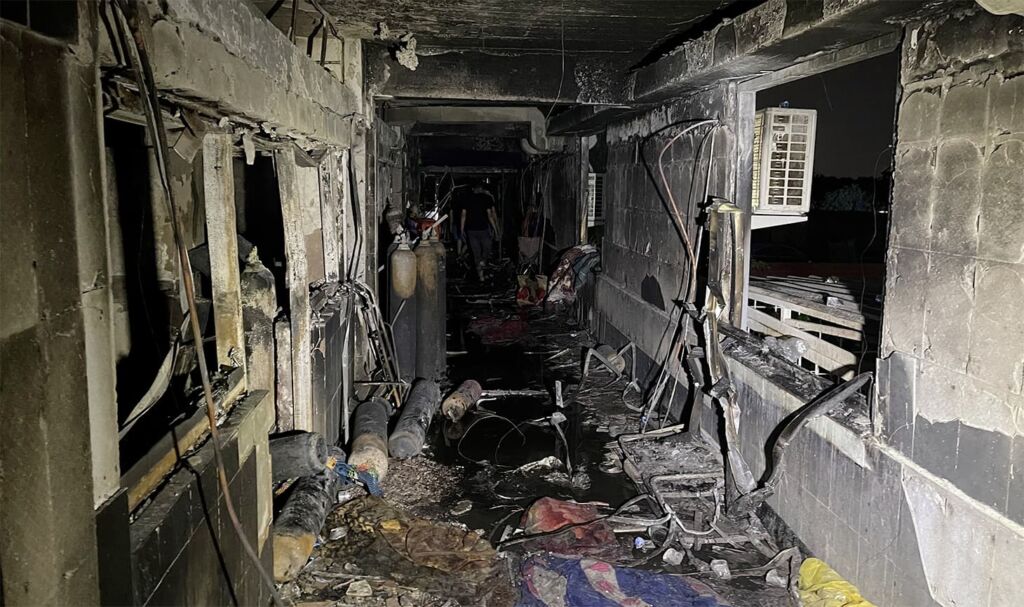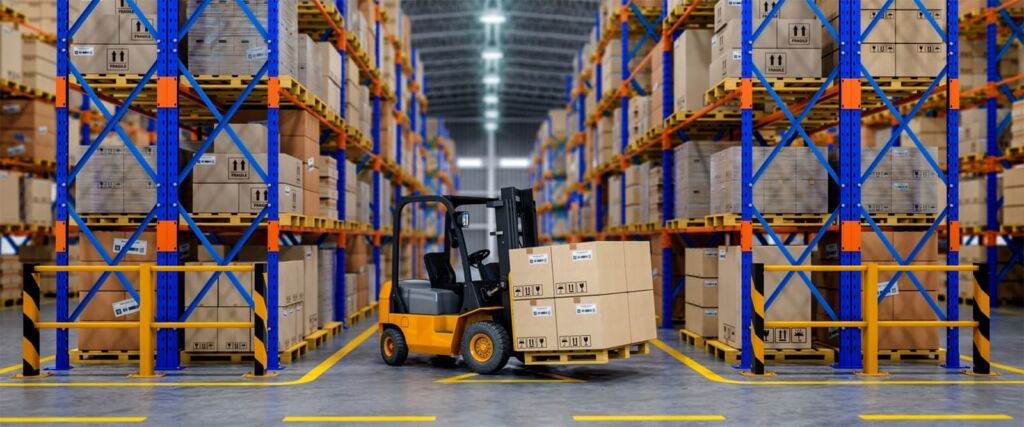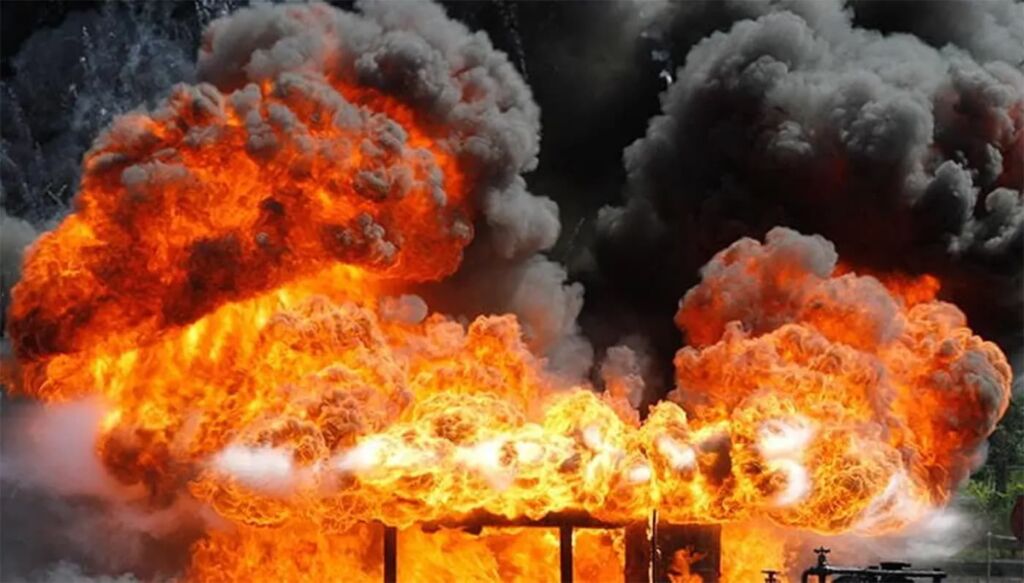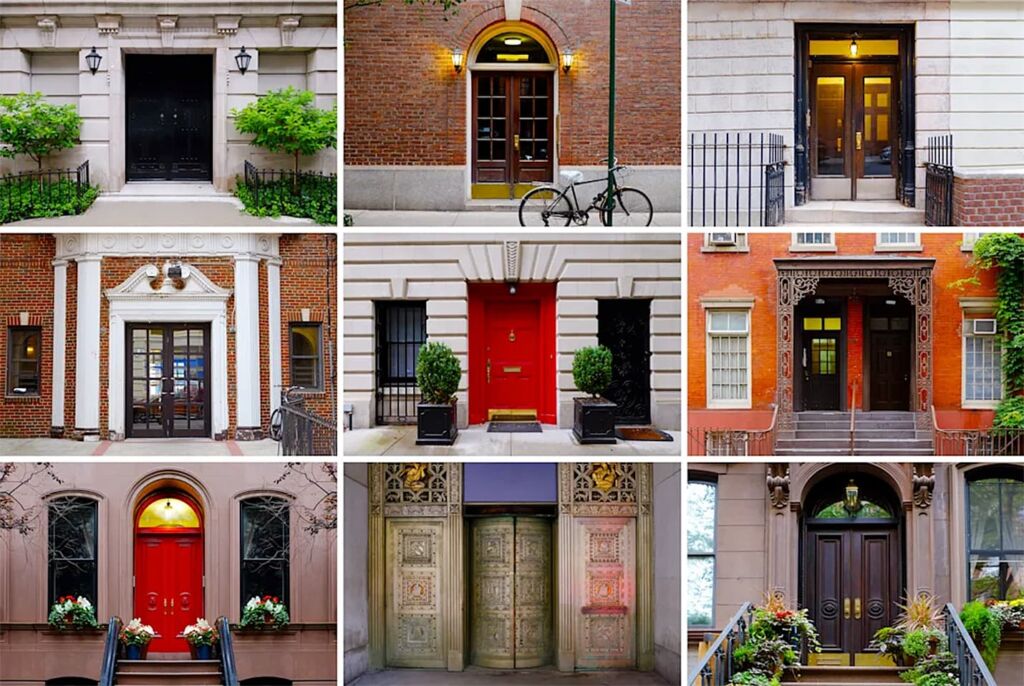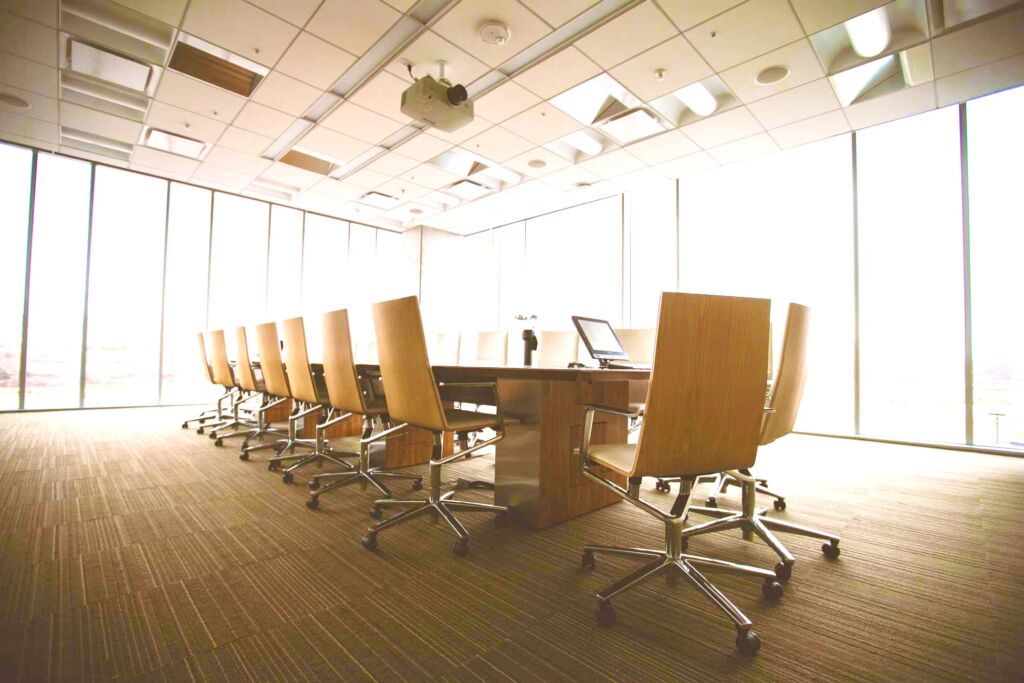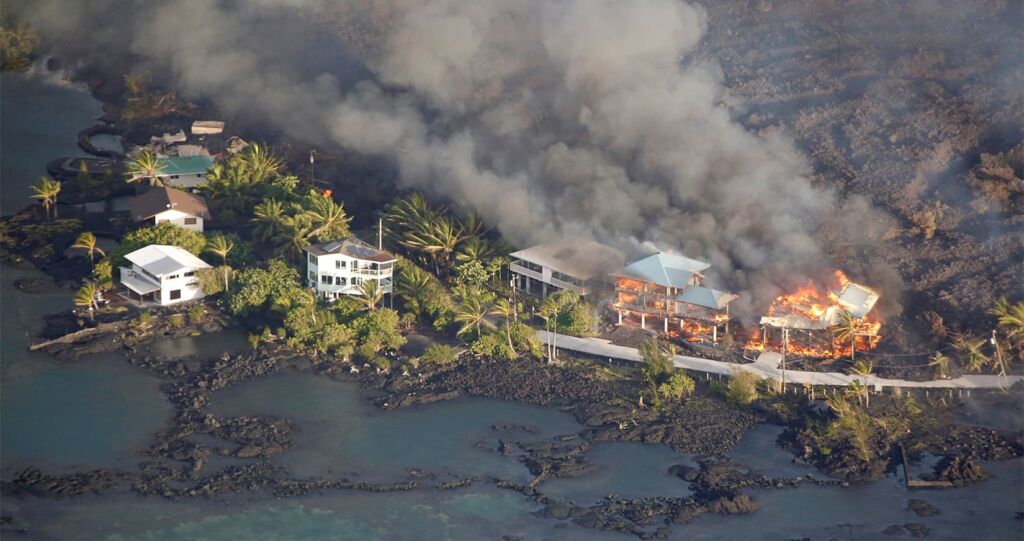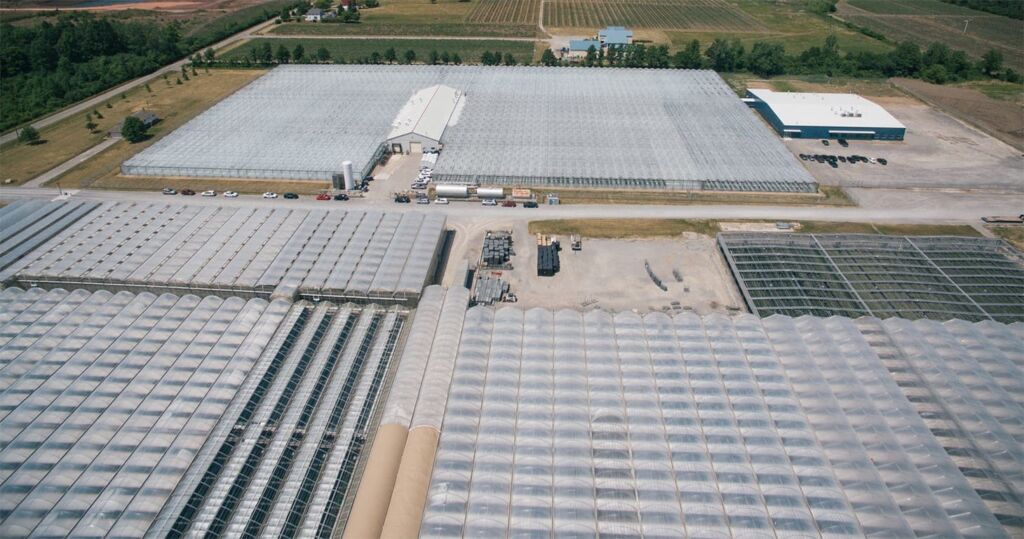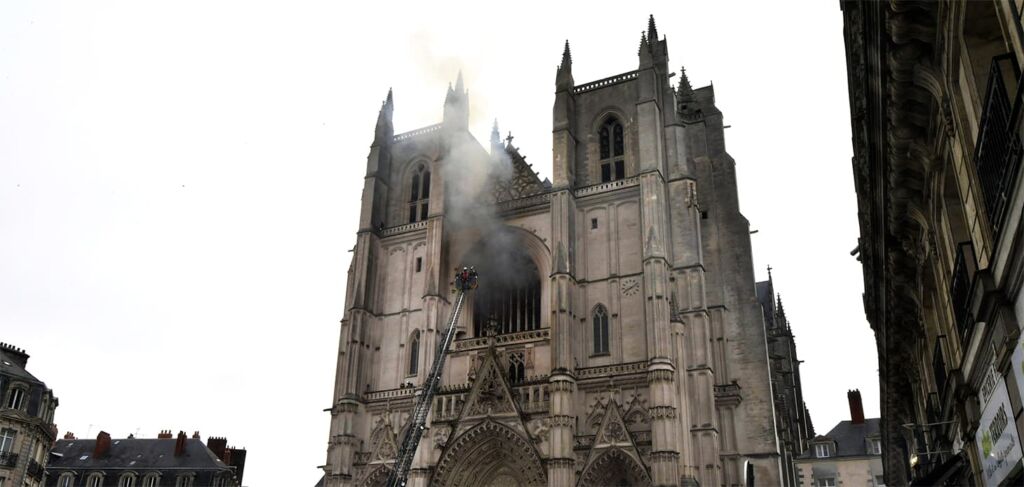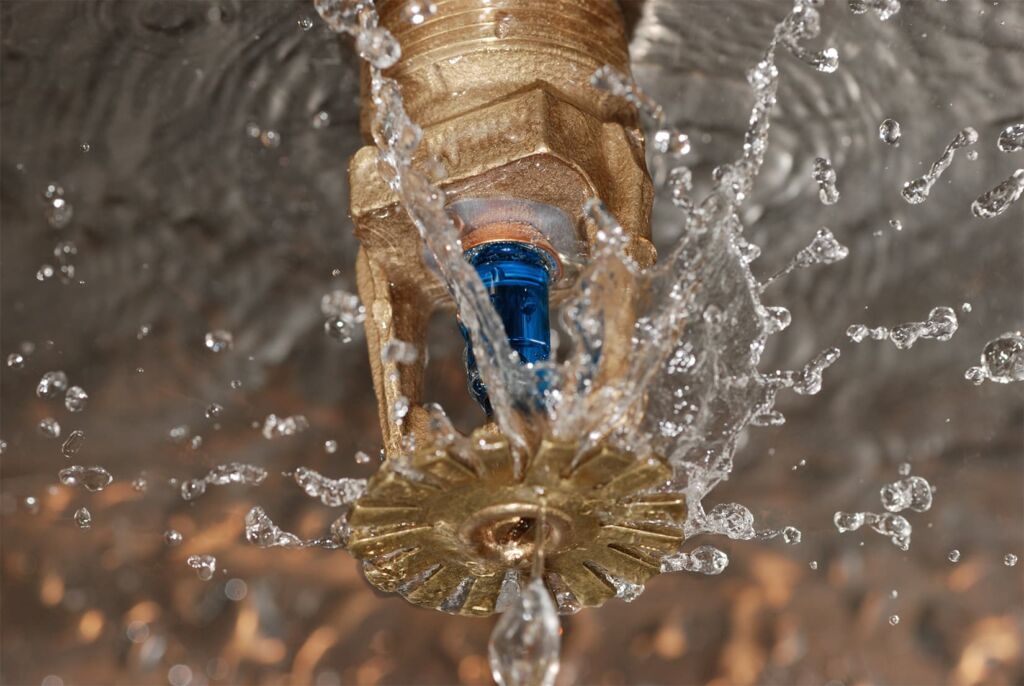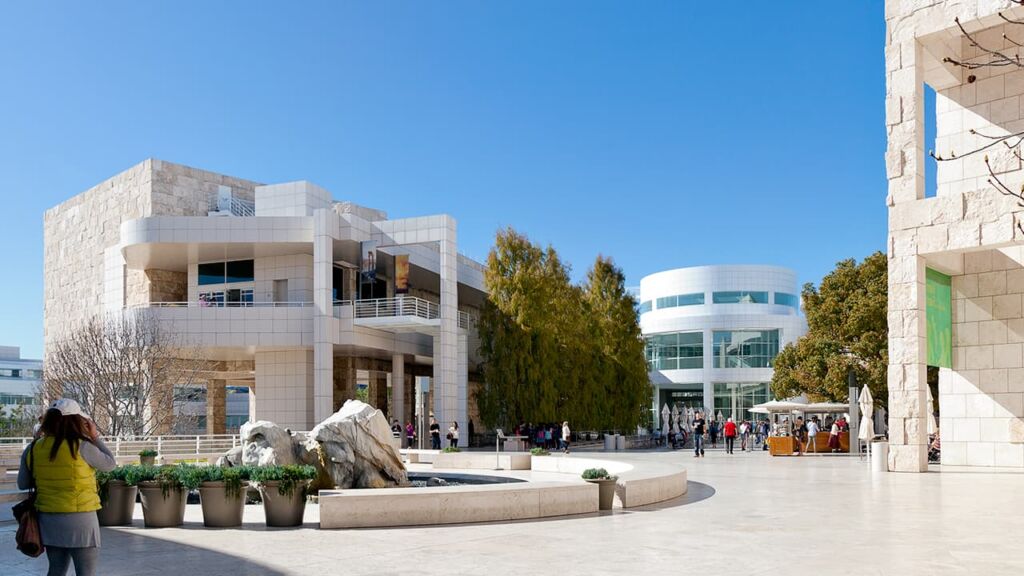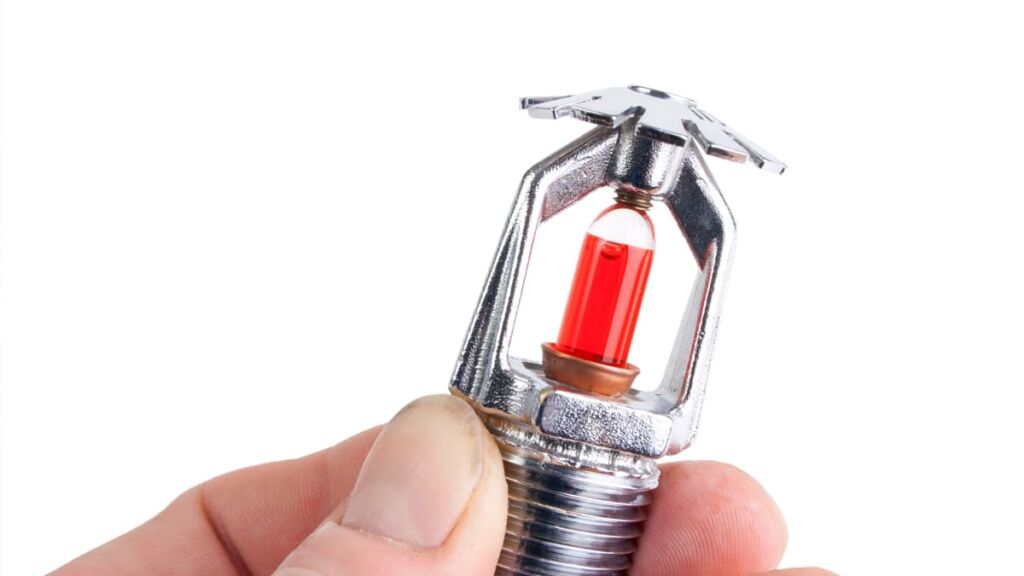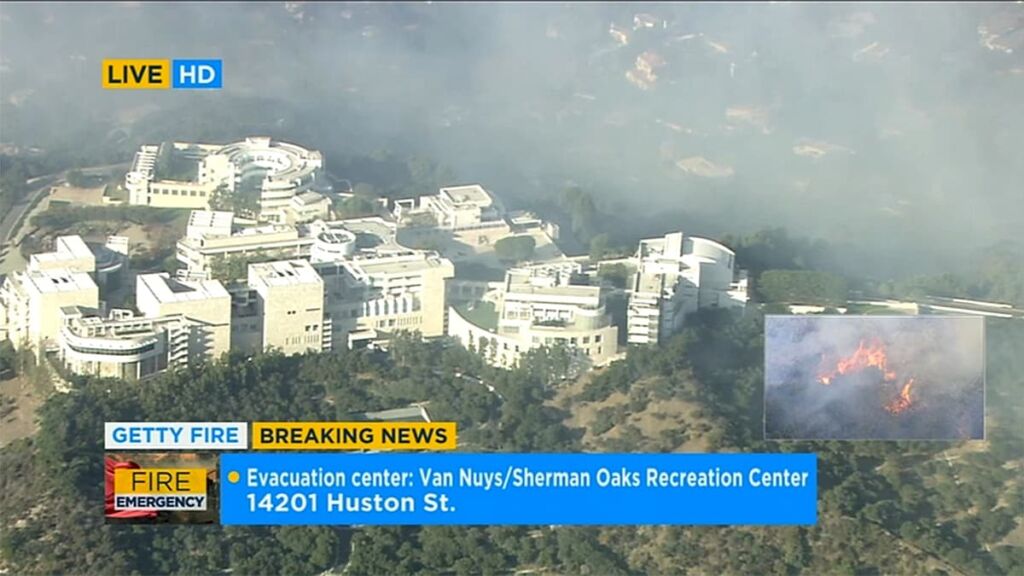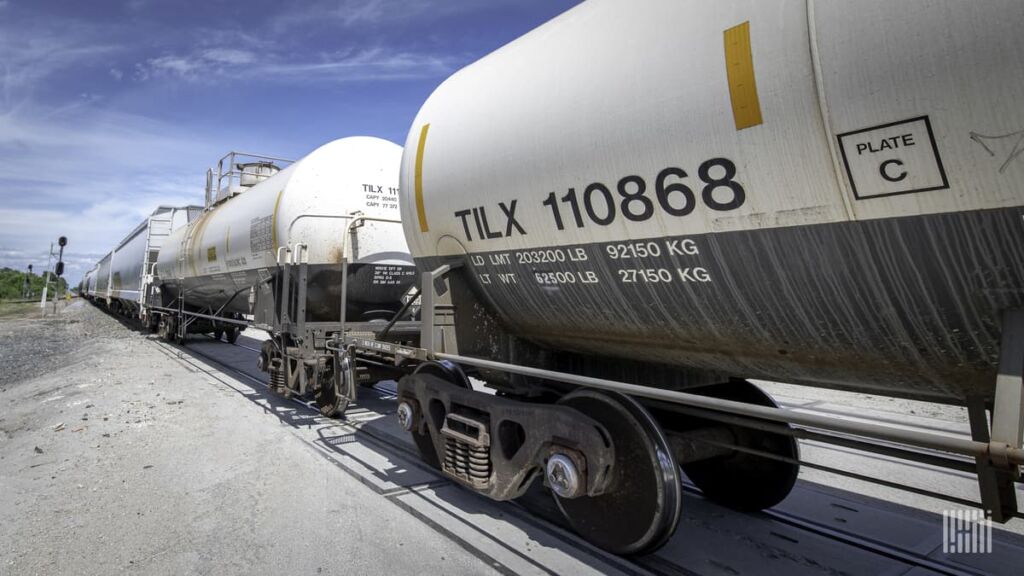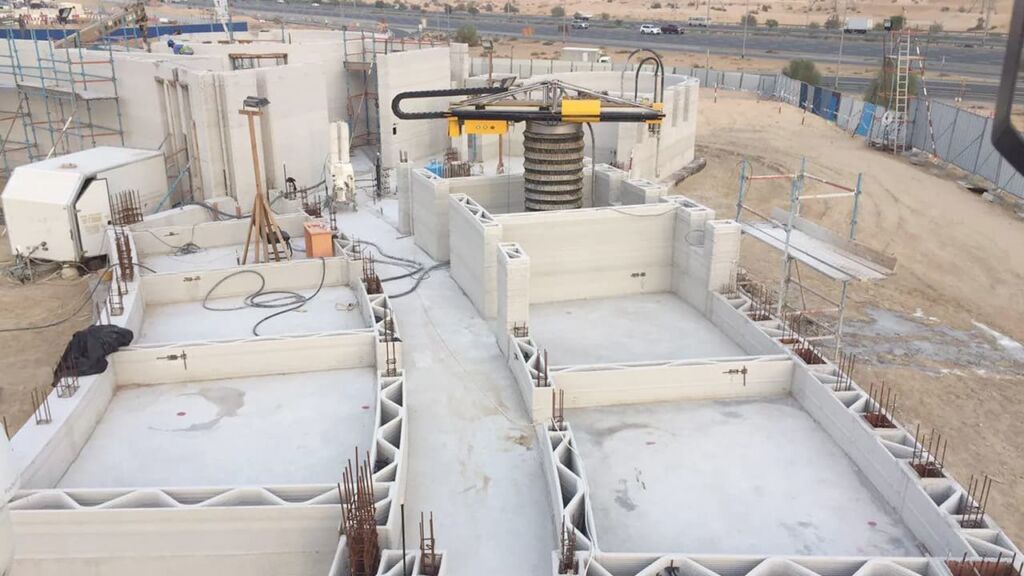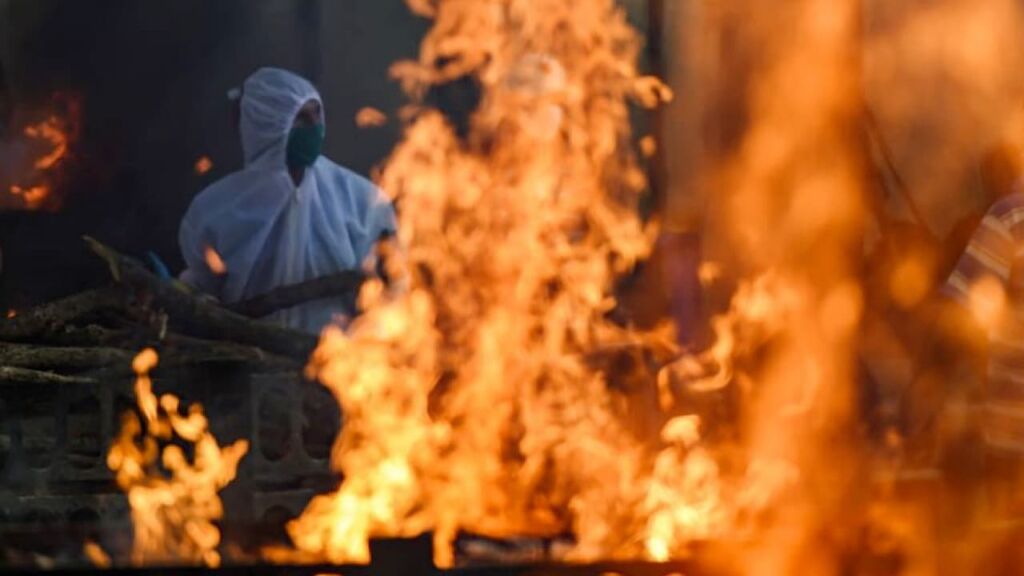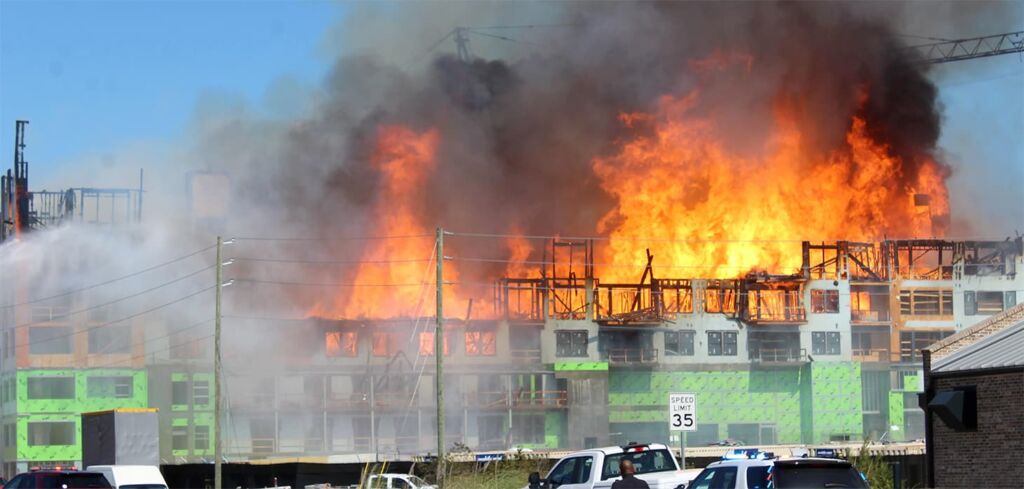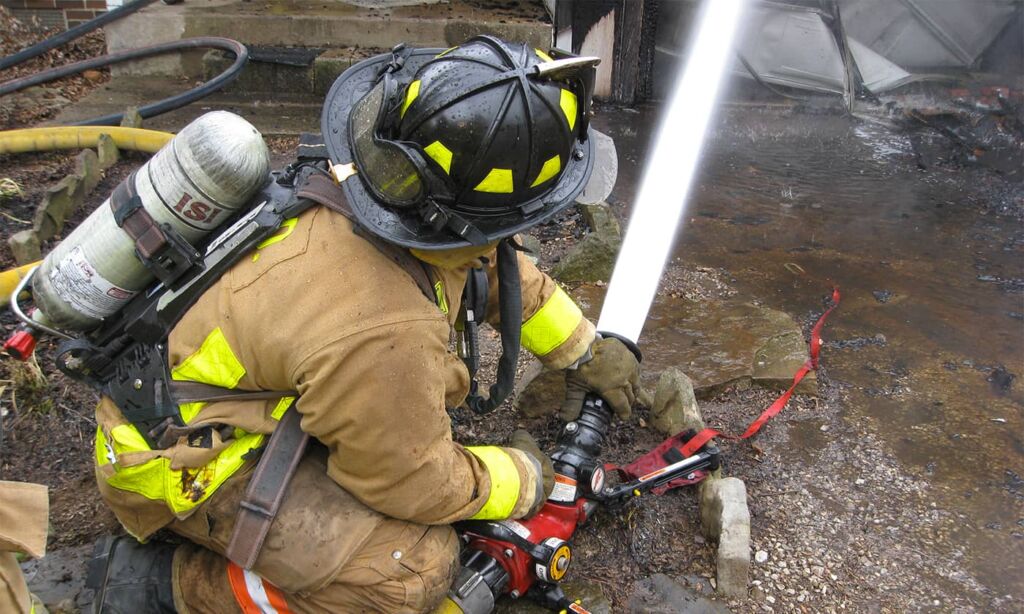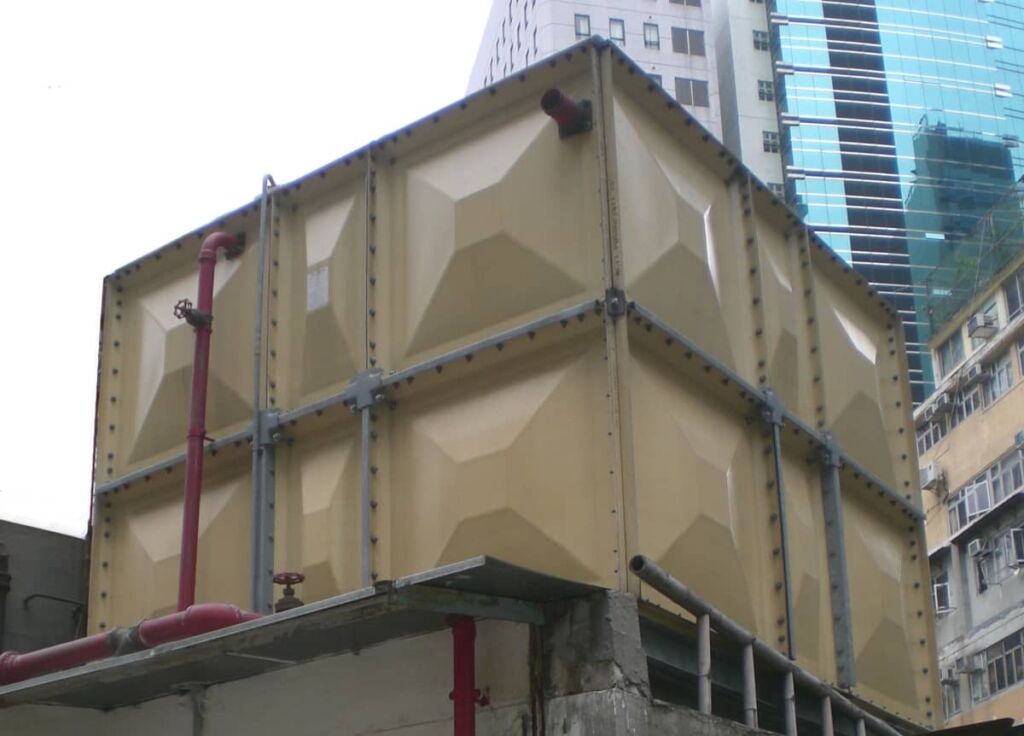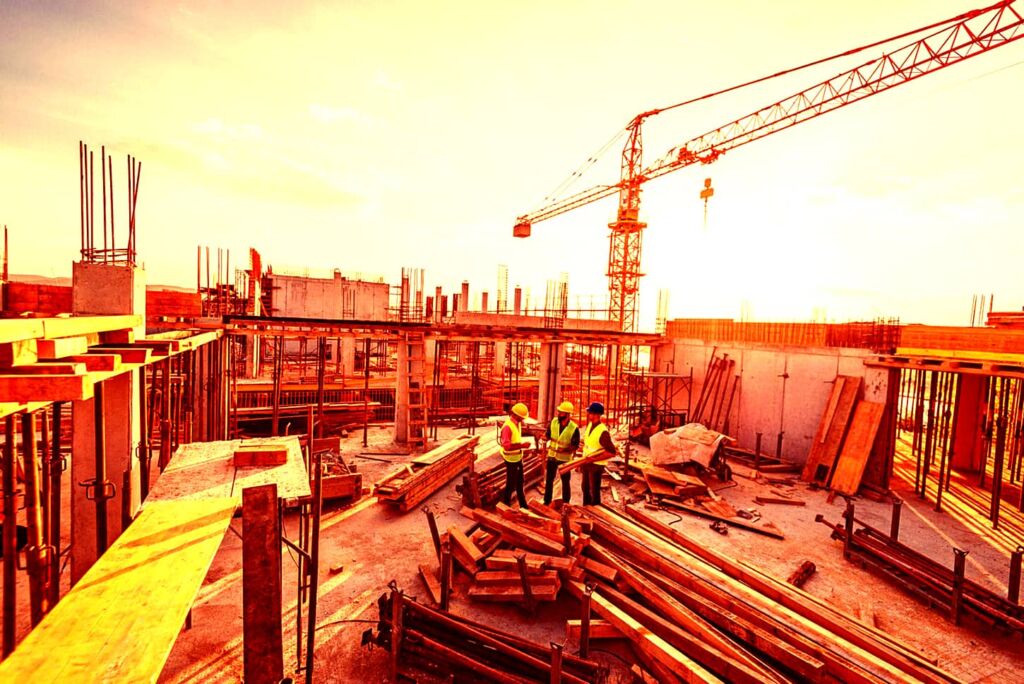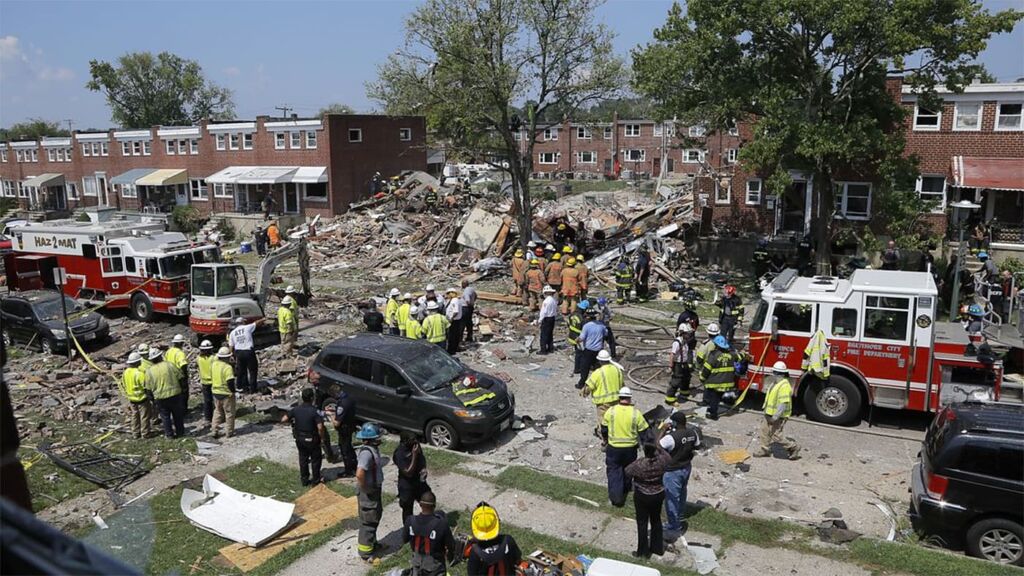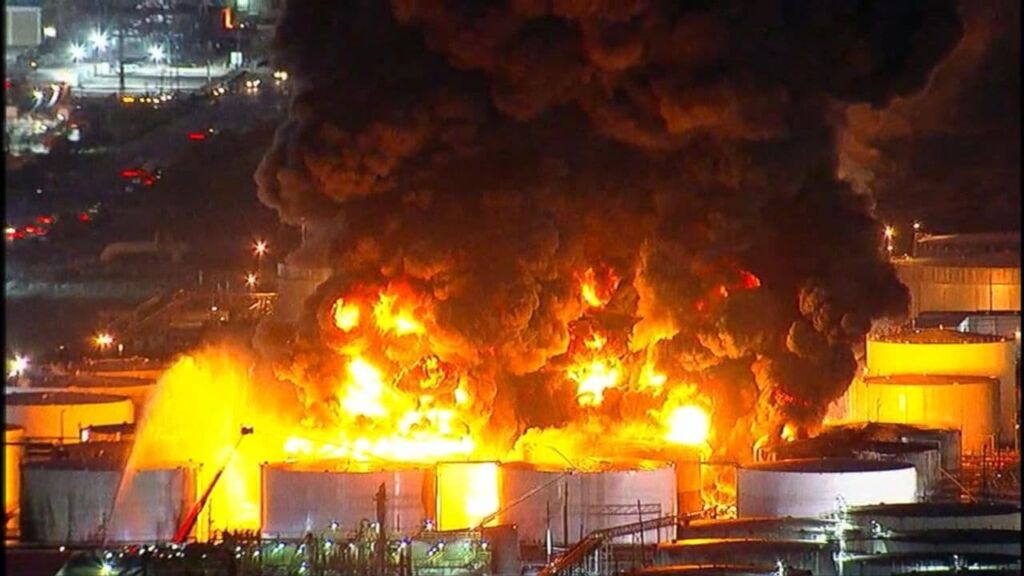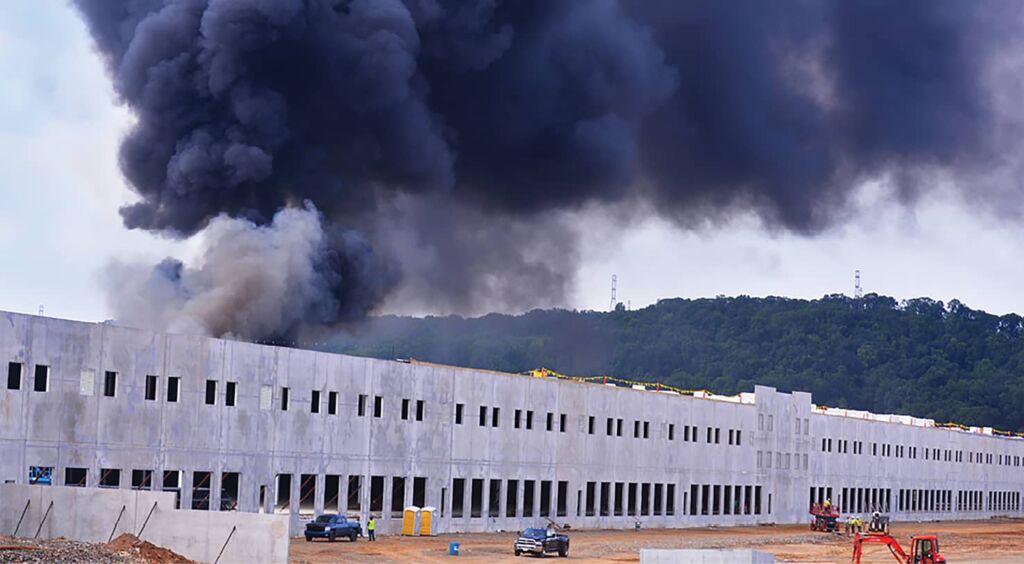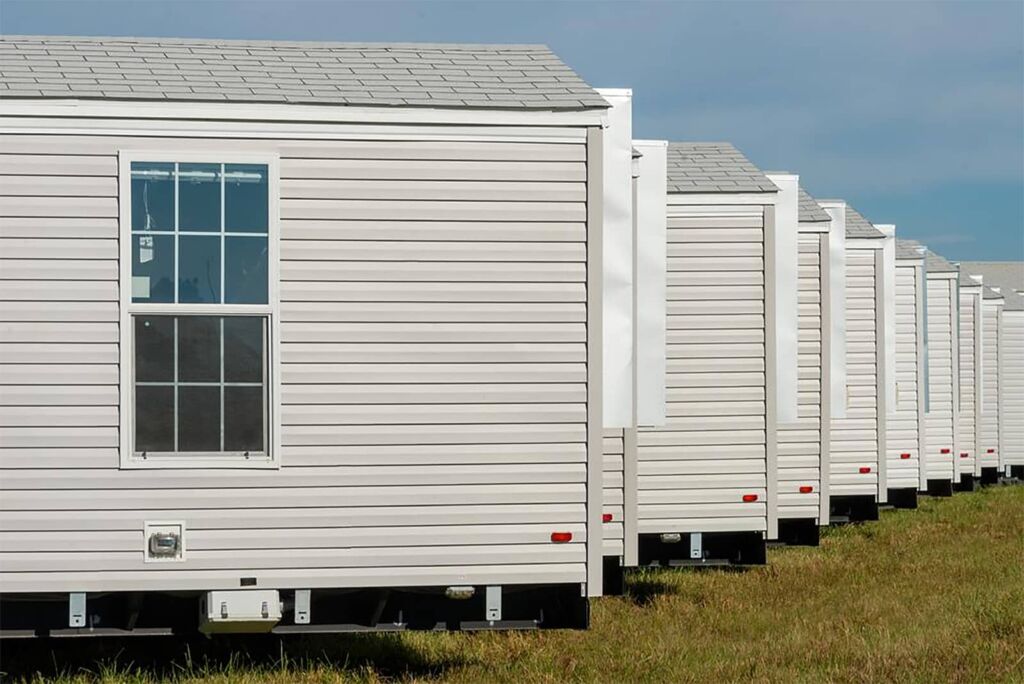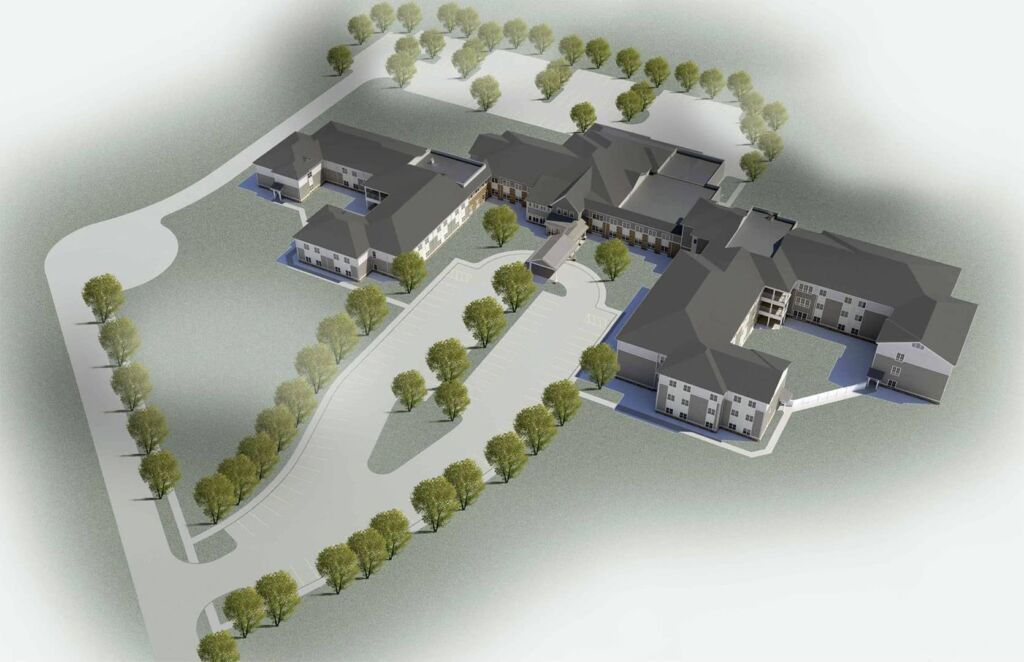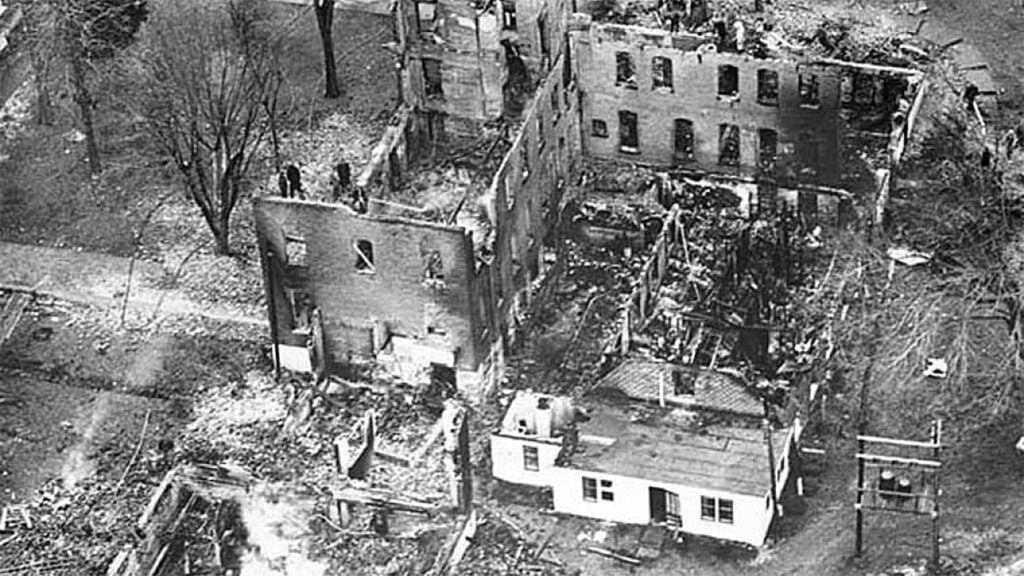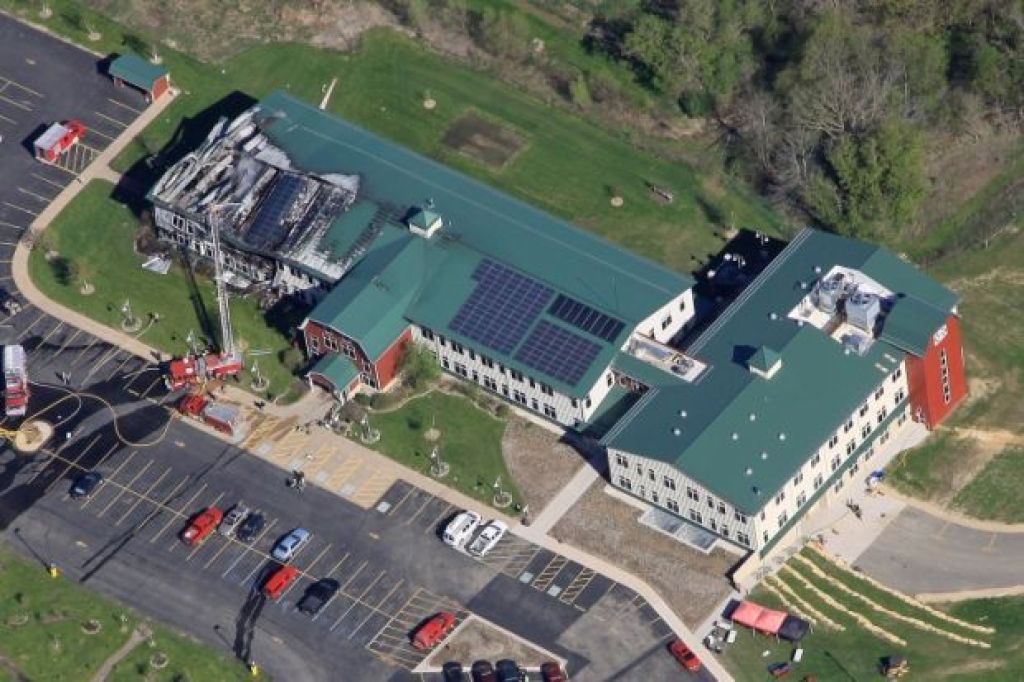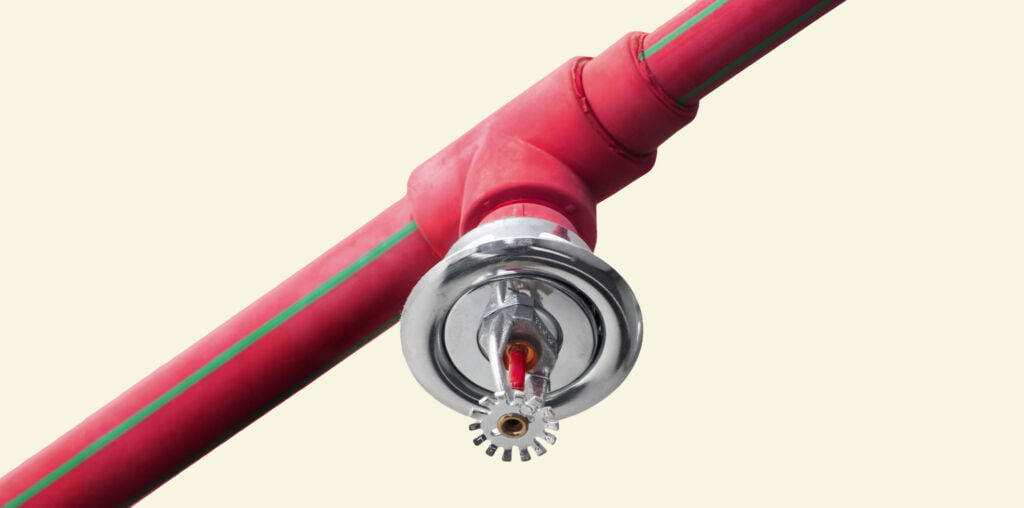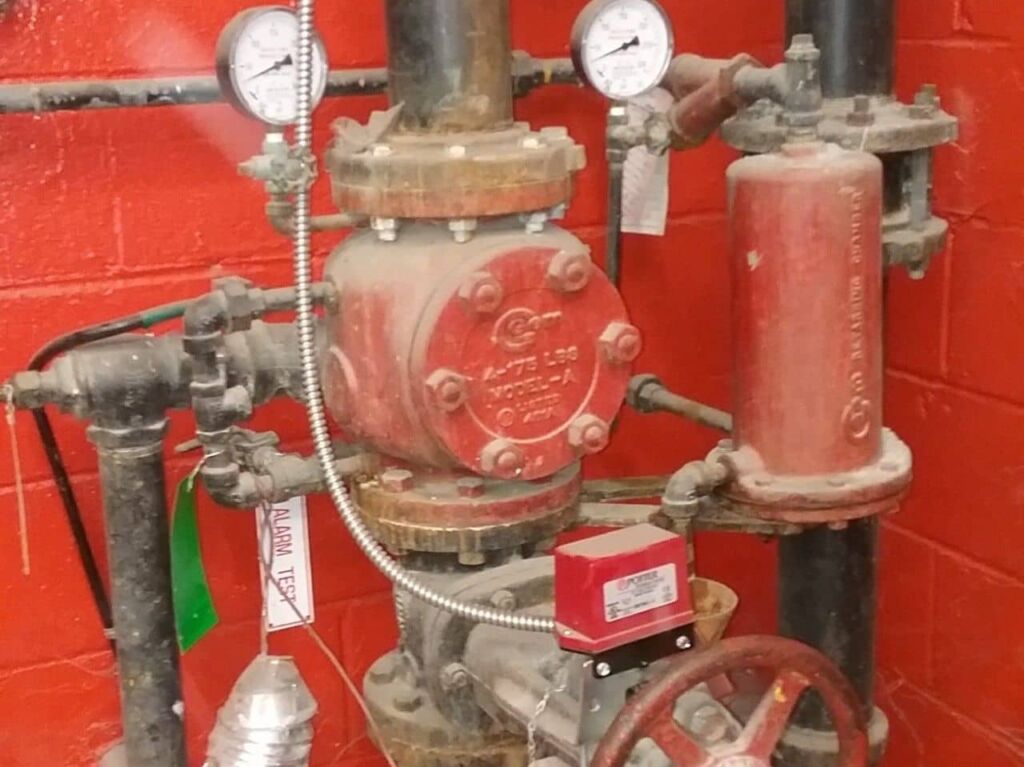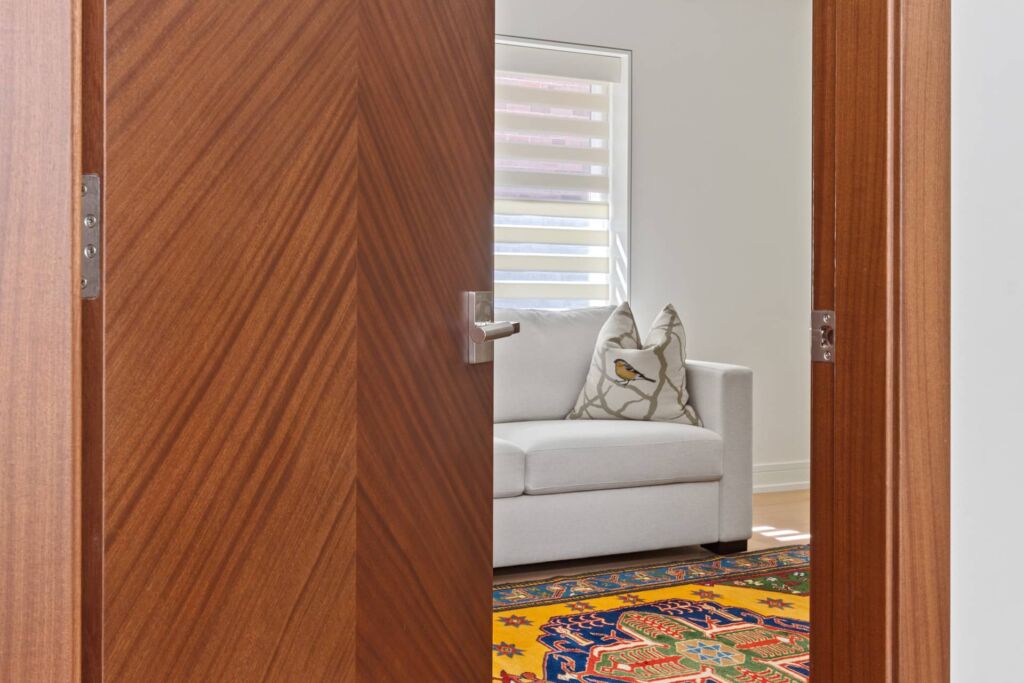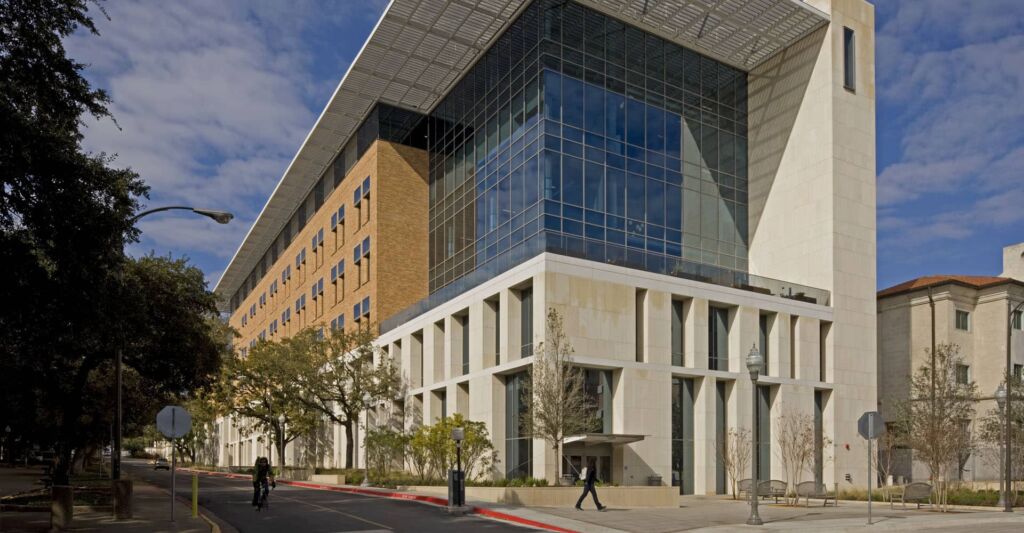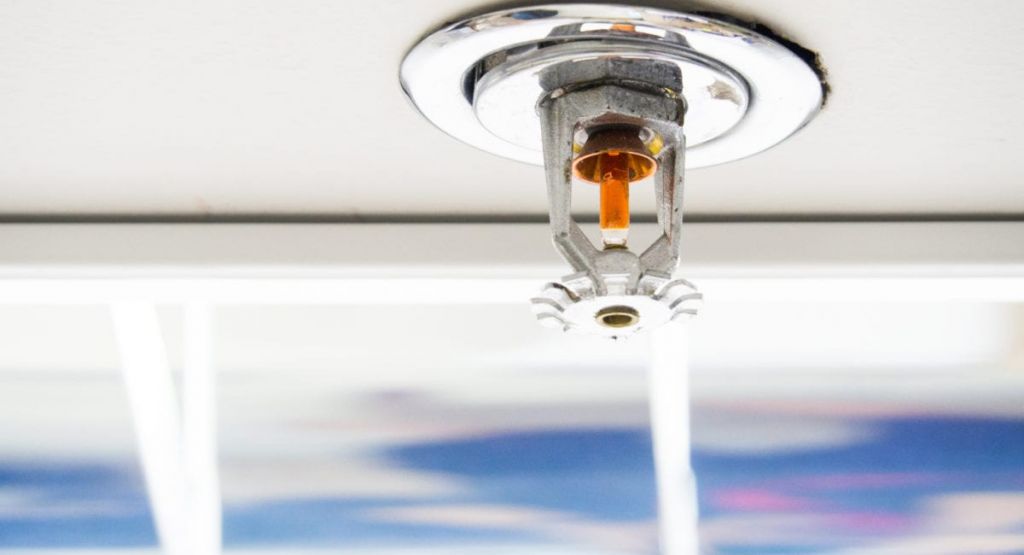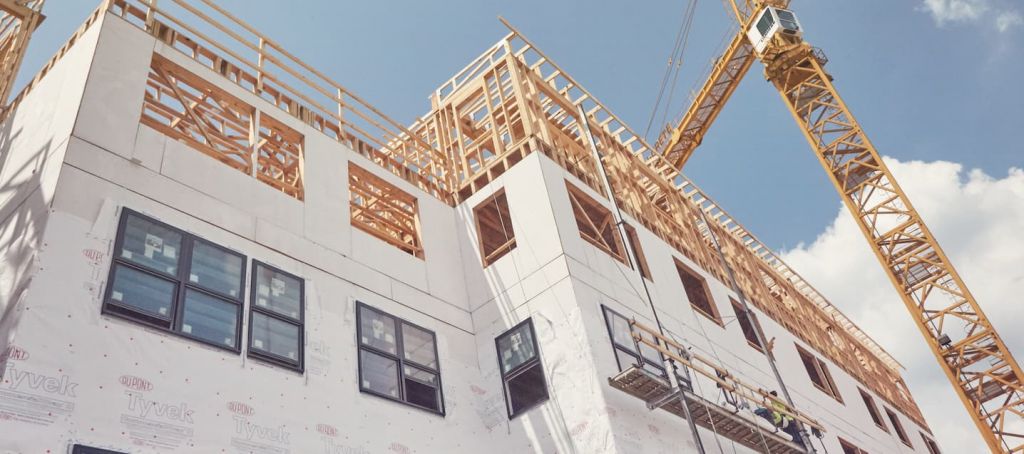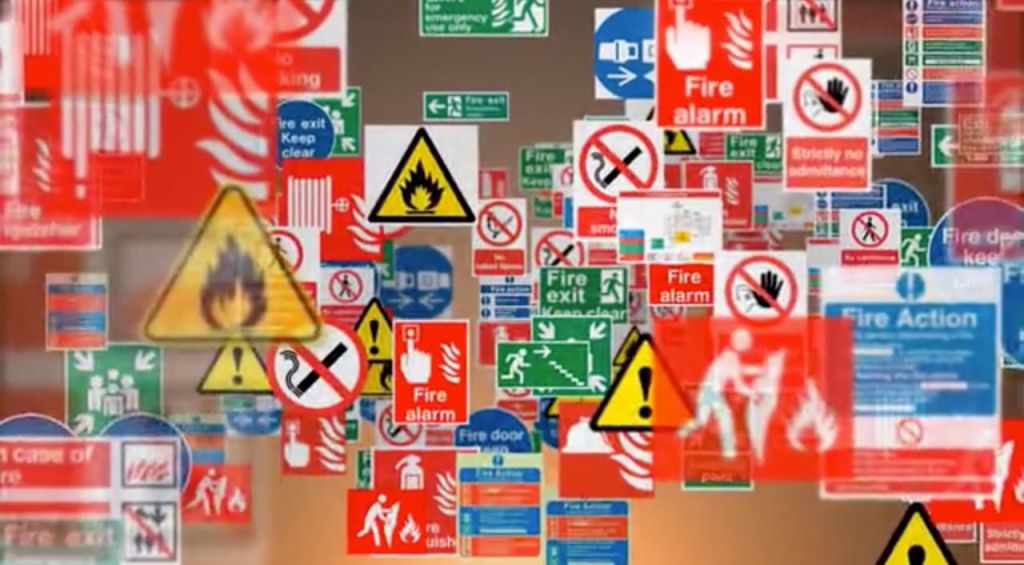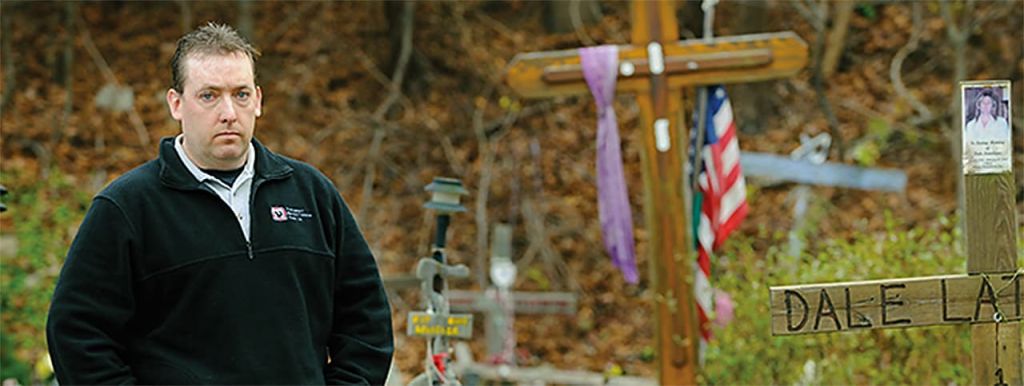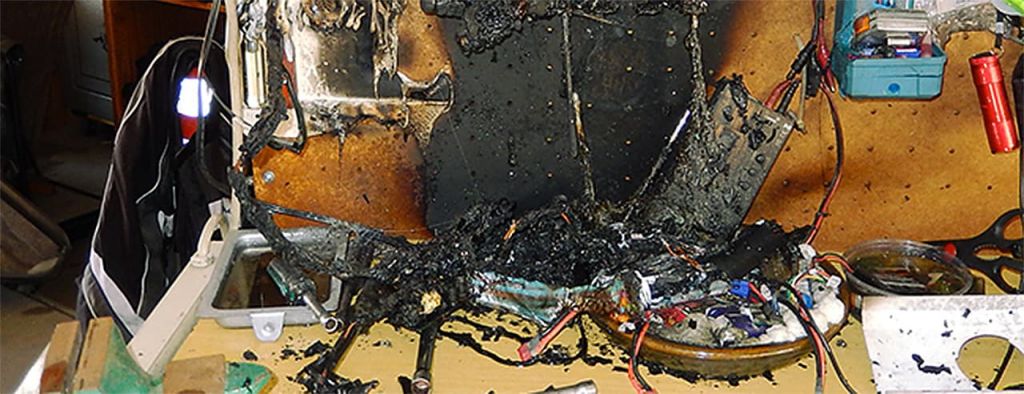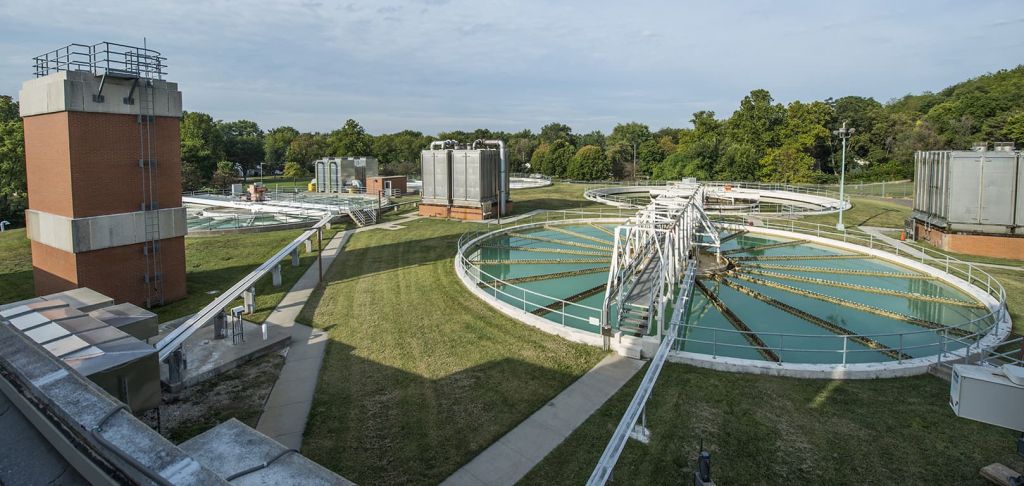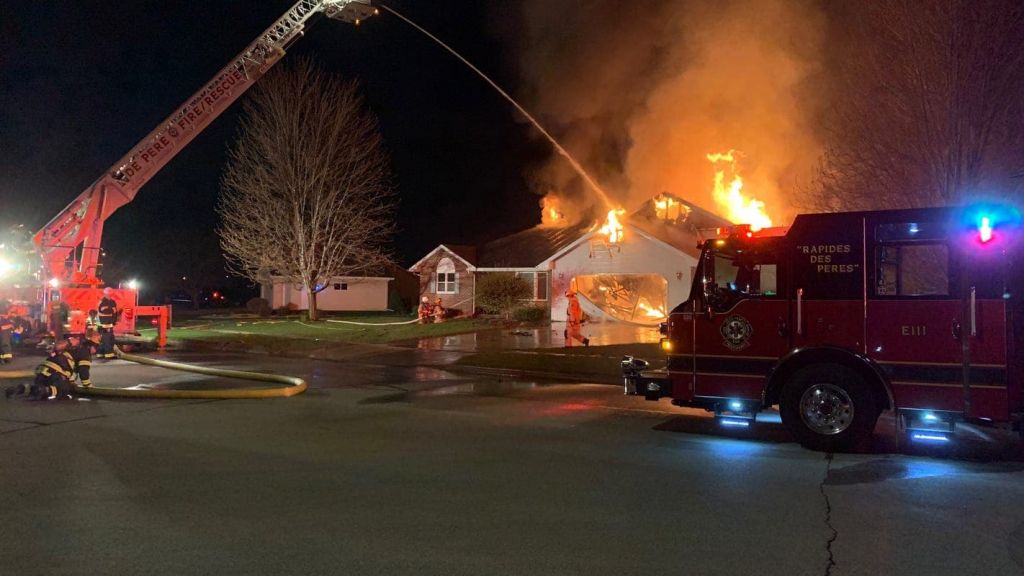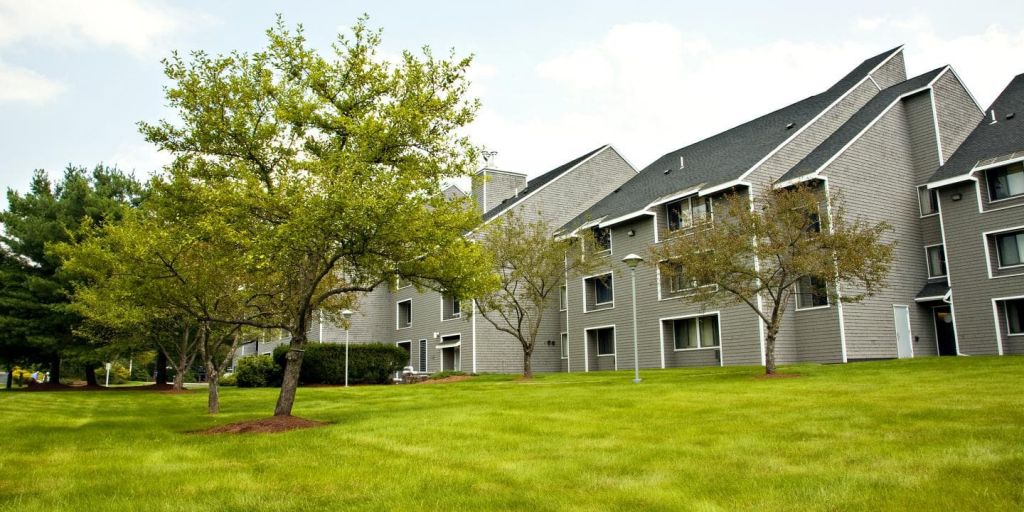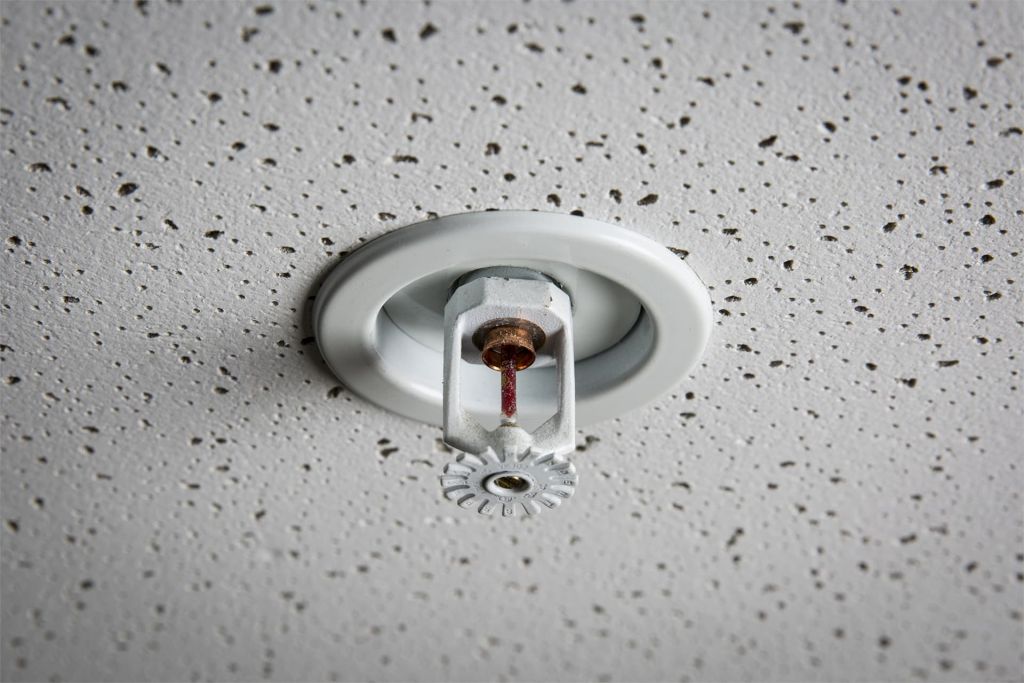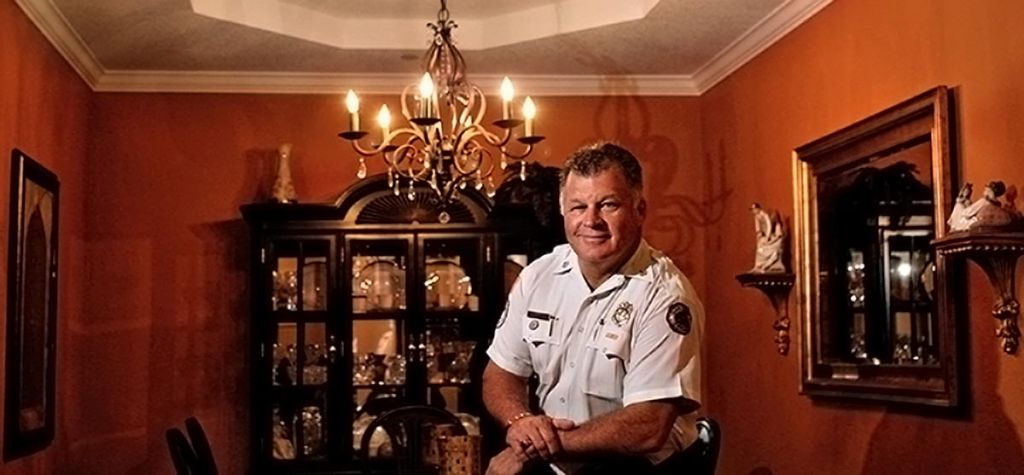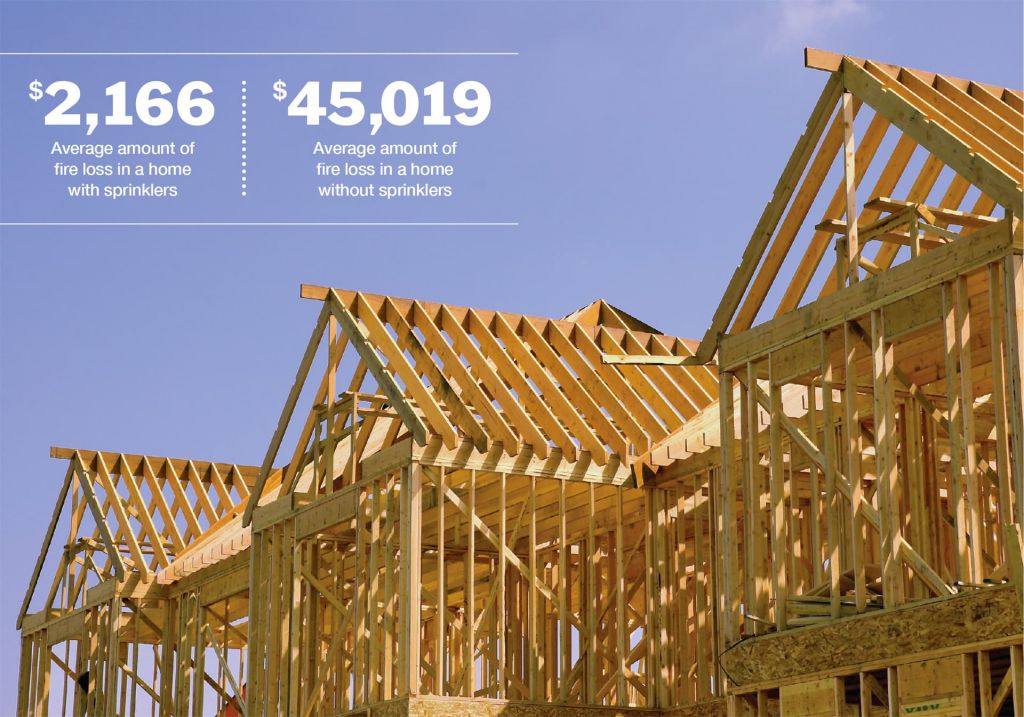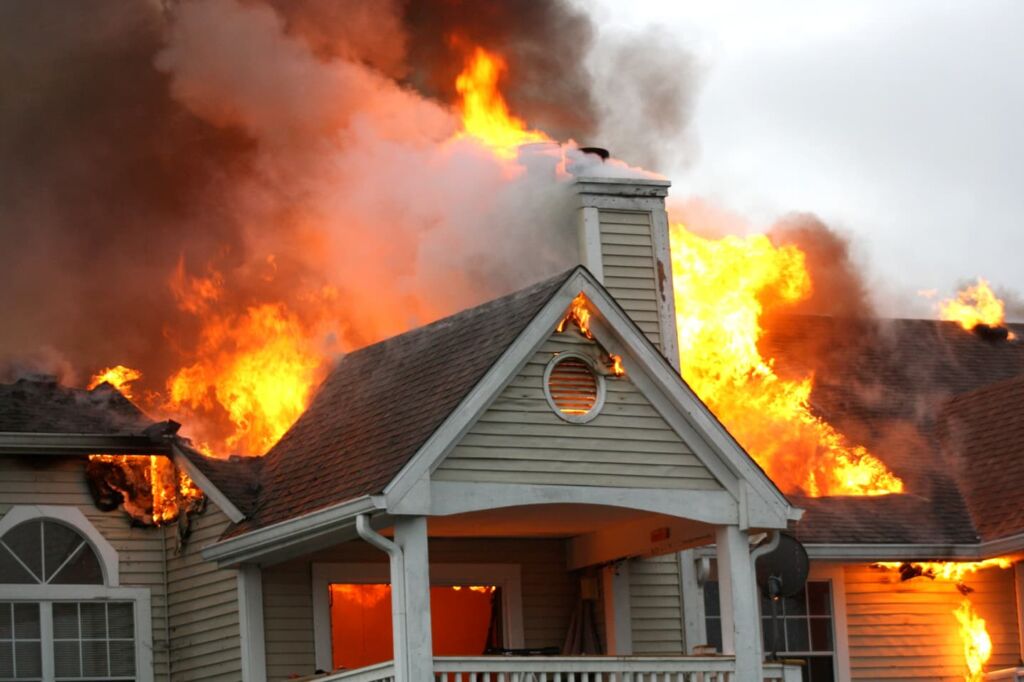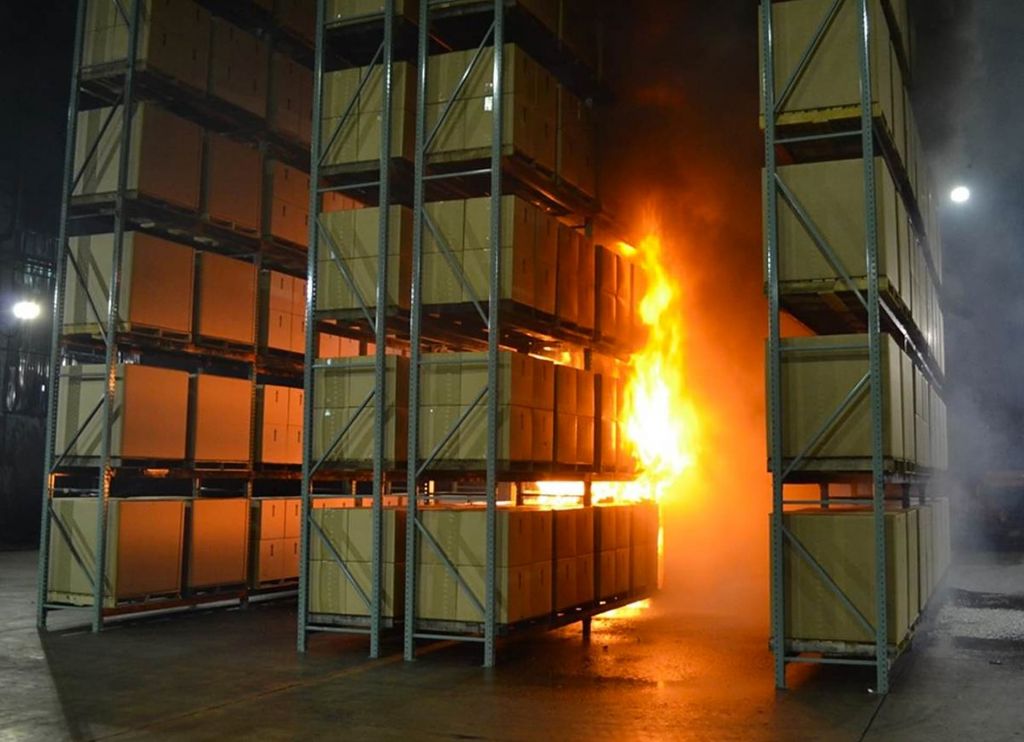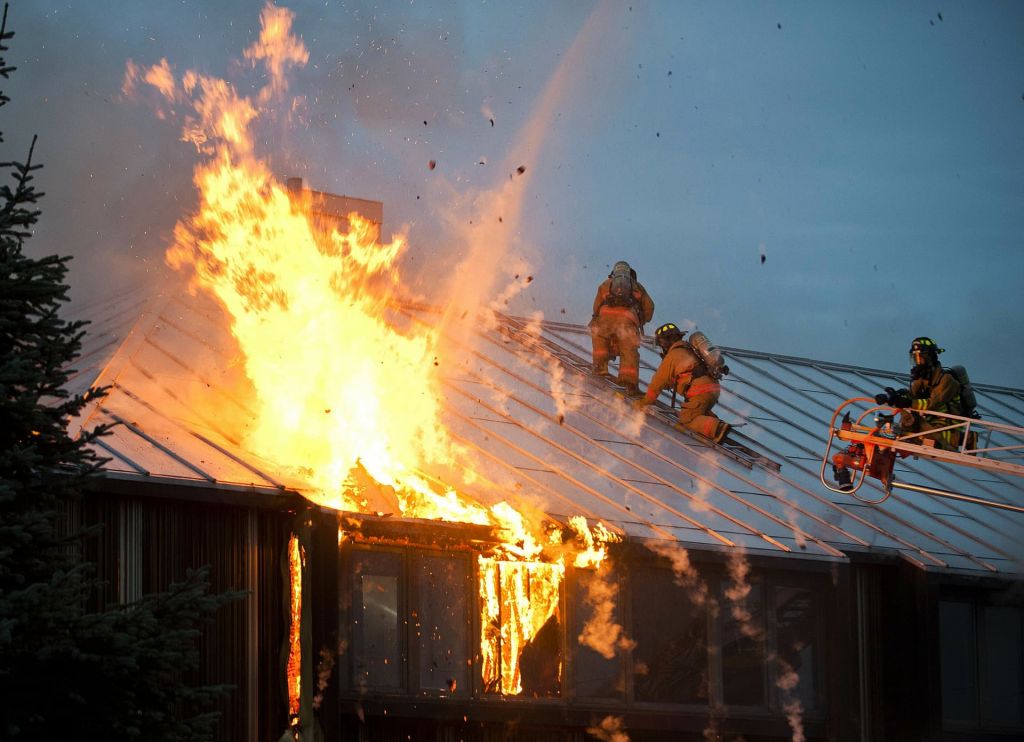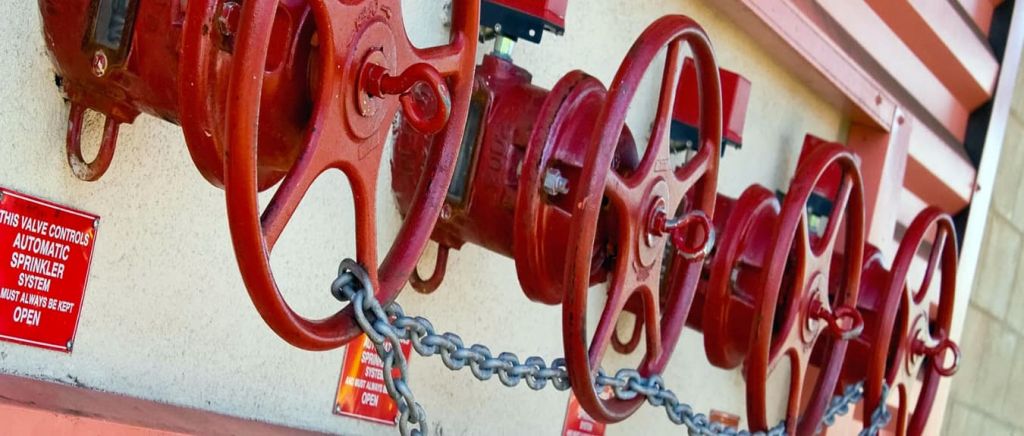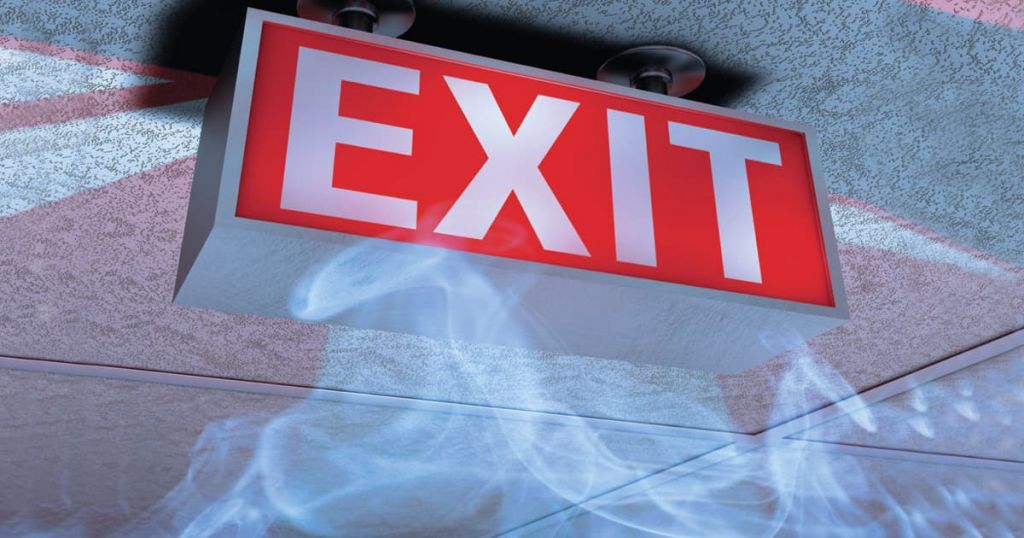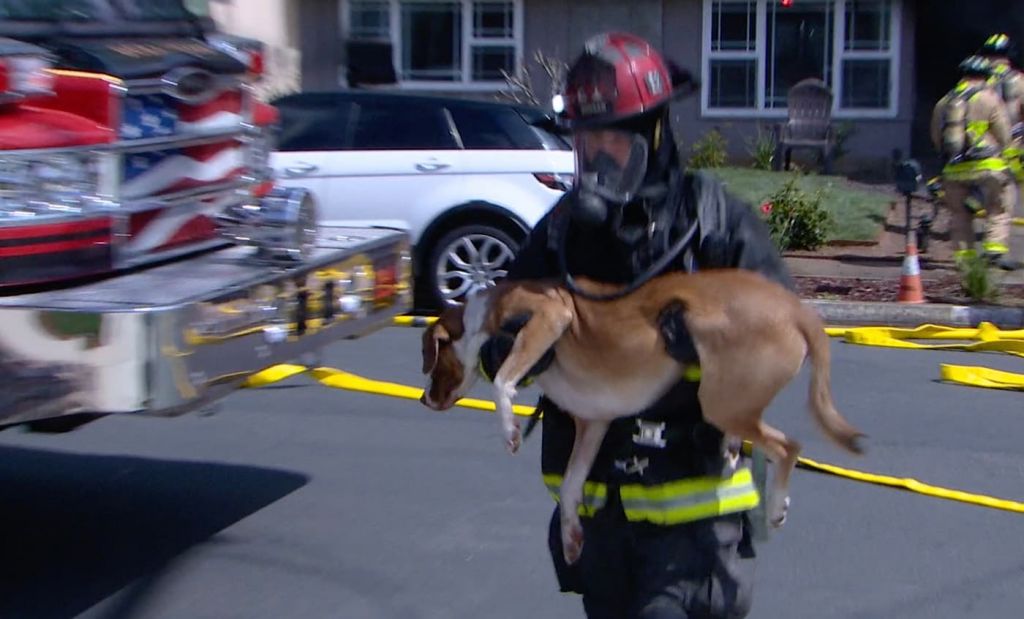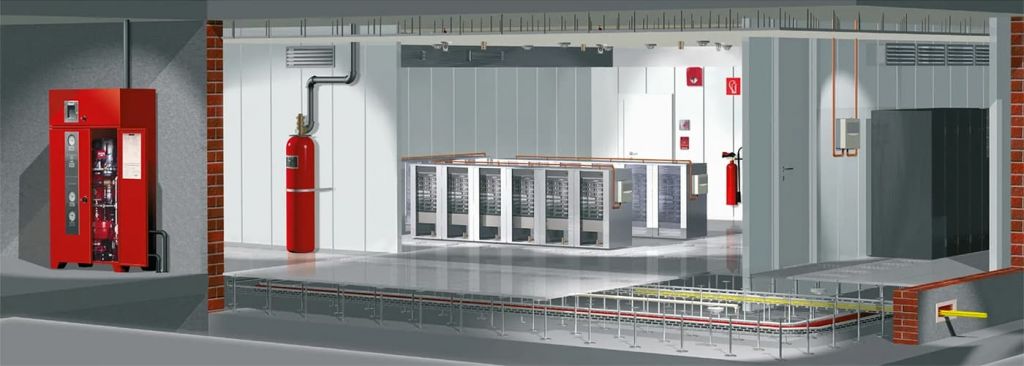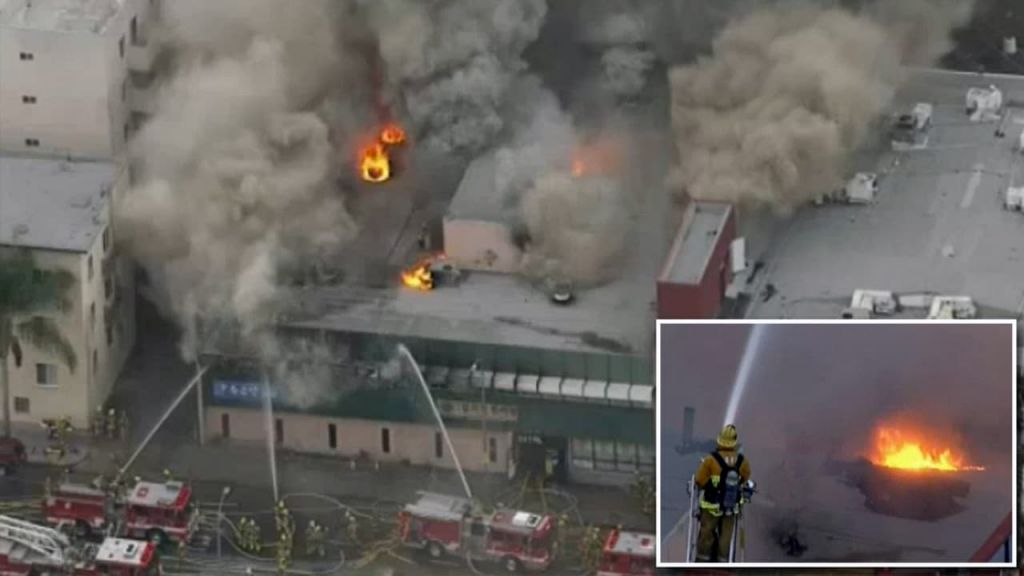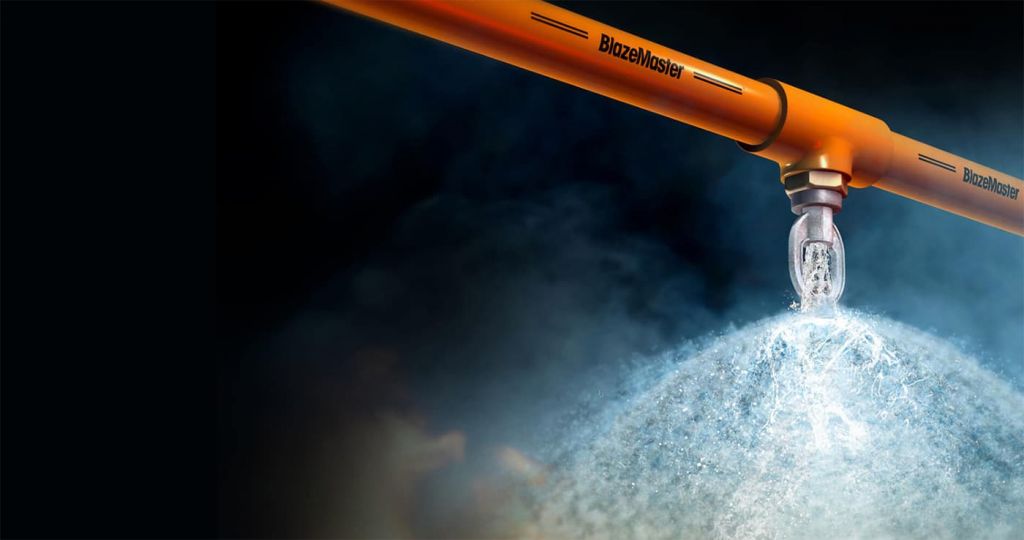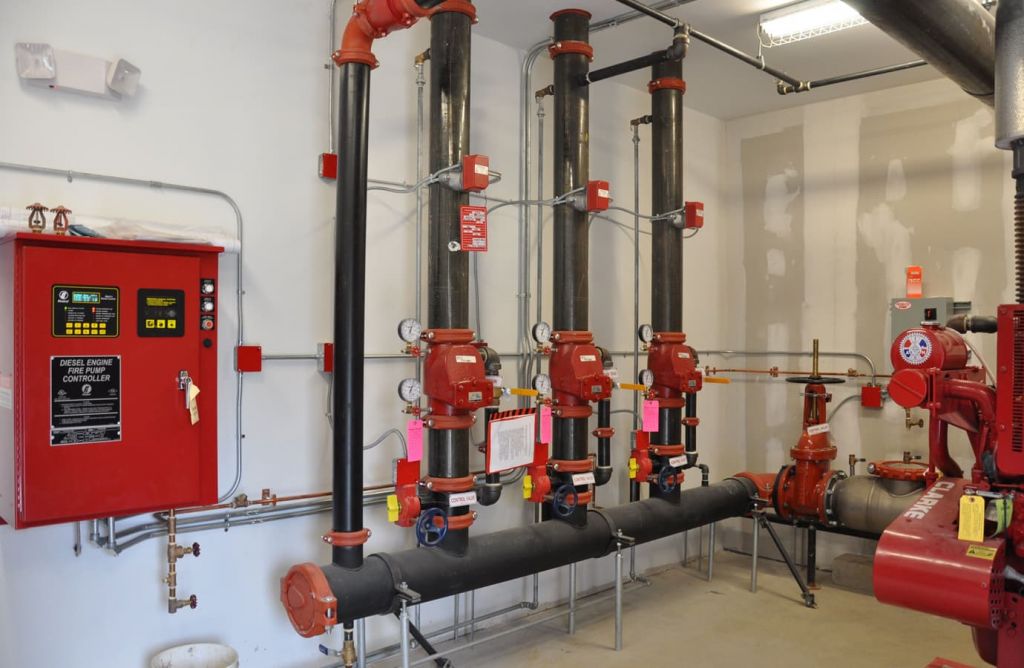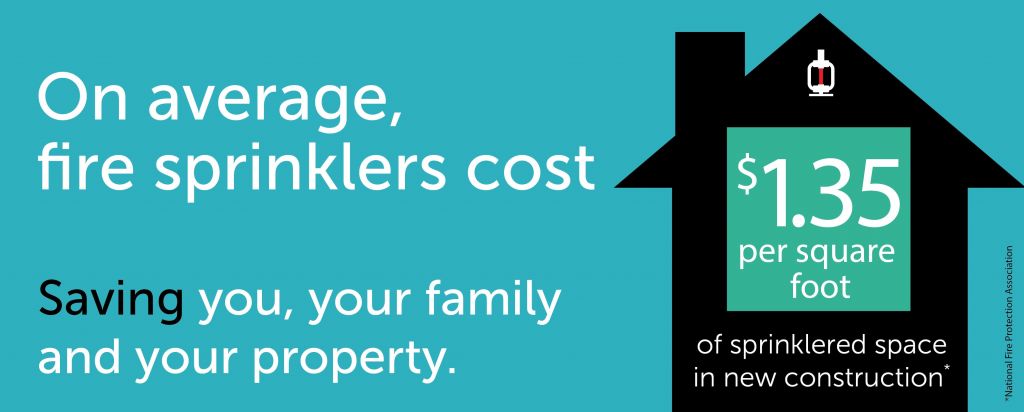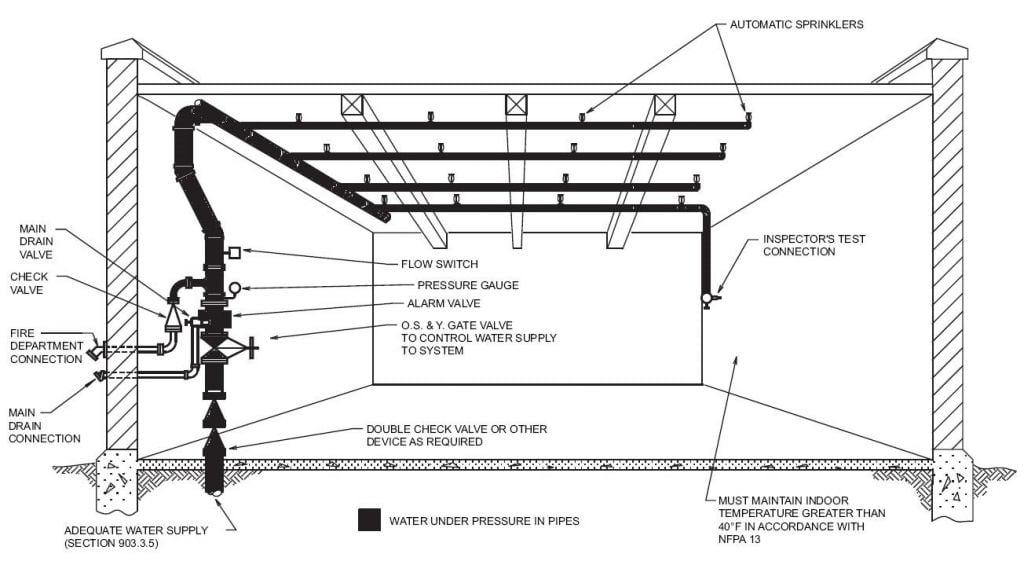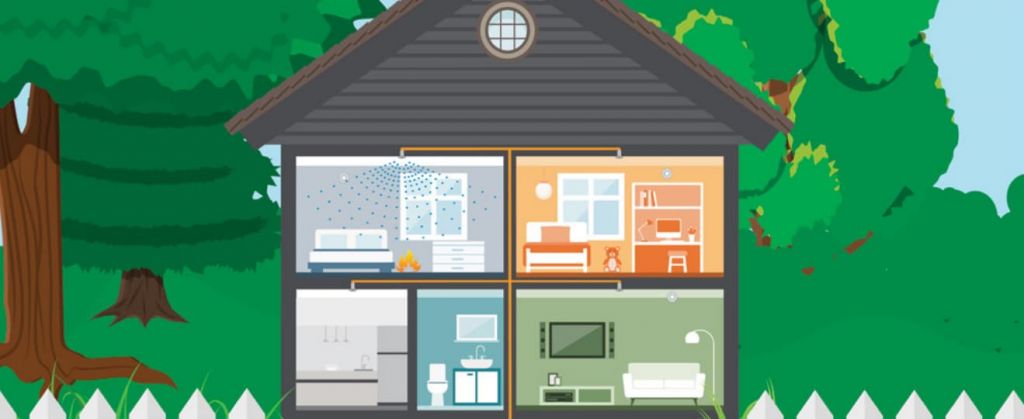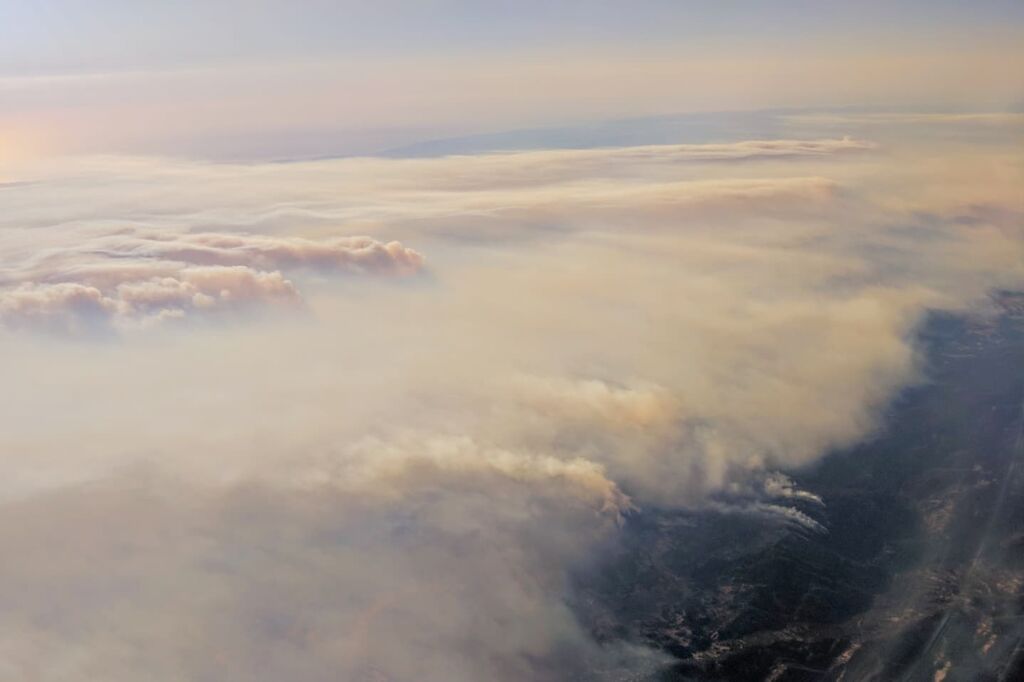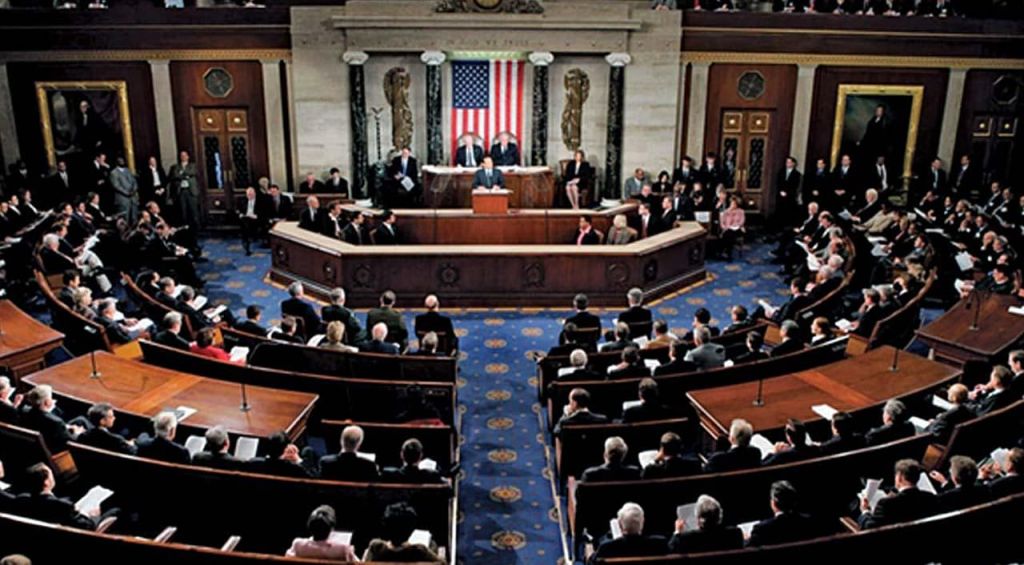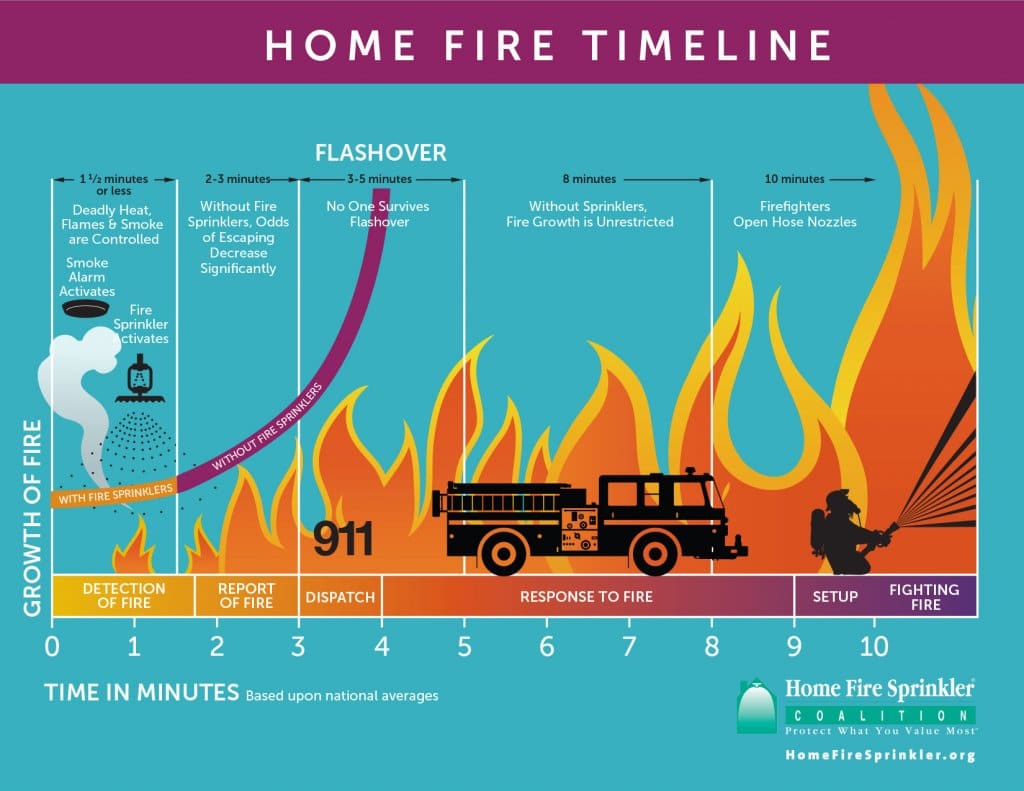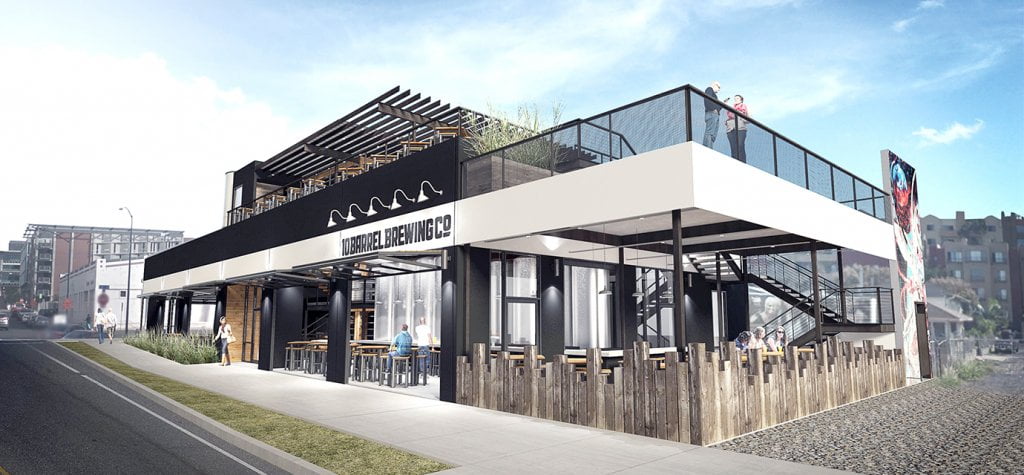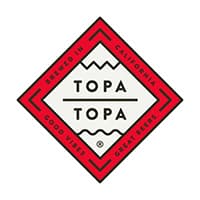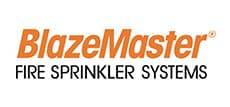Precision Fire Protection News
Top 6 Fire-Resistant Building Materials

Residential fires kill nearly 4,000 people per year in the United States alone [source: FEMA]. And most fatal fires occur when people are asleep in their homes, as smoke can lull a person into a deep slumber [source: FEMA]. Ever wonder how your walls would protect you? While no practical building material is truly fireproof, well-constructed houses and buildings can help prevent such tragedies by using materials that are relatively fire-resistant.
By: Jane McGrath & Talon Homer
It’s not a question of whether a fire can damage a structure, but a question of when. It simply takes longer for fire to affect fire-resistant materials. The key is to construct a building in which a fire would take effect slowly, allowing the occupants plenty of time to escape, and emergency responders time to arrive on the scene. This is also why materials themselves are rated in respect to how long it would take fire to affect their structural abilities. Even heavy timber can be considered fire-resistant. It’s combustible, however, while metals like aluminum or steel aren’t combustible — instead, they tend to buckle under intense heat. We’ll explore some of the best building materials for preventing and impeding a raging fire.
6: Flame-Treated Natural Products
Natural building materials such as lumber and cotton typically offer very poor fire resistance compared to dense concrete and plaster. The plant-based substances make for easy fuel and are quickly consumed by flames. However, builders have access to specialized chemical treatments that can increase their resistance, making them able to stand up to fire for several minutes [source: Greenfiber]. Instead of being consumed right away, flame-treated wood creates a charred barrier around its surface that slows further burning. This type of lumber is often used on exterior features that could catch sparks before reaching a home’s interior [source: Forest Products Supply Co.].
Treated cellulose insulation also acts as a flame-resistant alternative to common insulators like fiberglass and cotton. The cellulose is mostly sourced from recycled paper, and is chemically treated with borate fireproofing, making it much less flammable than it would be in raw form. Once the insulation is sprayed into walls, it does a considerable job of blocking heat from flames, or from warm weather conditions [source: Wallender].
5: Fire-resistant Glass for Windows
Windows, important for visibility and light, can nonetheless be a fire hazard. Even before a window is in direct contact with flames, the intense heat of a nearby fire can cause the glass to break. And a broken window allows flames to enter a building easily. In addition, the heat from a fire outside might be enough to simply ignite flammable items inside a home without direct contact.
To protect your house, consider installing fire-resistant windows. One example is dual-paned glass windows, which, in addition to providing energy efficiency, also double the time it would take for fire to break the windows. The outer layer will break first before the inner layer. Tempered glass, which is heat-treated to make it about four times stronger than regular glass, is also effective.
Though they don’t provide visibility, glass blocks are extremely fire-resistant while still providing light. Perhaps the best is wired glass, which is tempered glass with metal wire reinforcement. Doors that require fire resistance but also visibility often incorporate wired glass windows.
It’s also wise to note the importance of window framing. Steel framing offers the best fire protection, followed by wood and aluminum. Vinyl is the least effective.
4: Concrete
Concrete, one of the most common building materials, is also an excellent fire-resistant material. It is noncombustible and has low thermal conductivity, meaning that it takes a long time for fire to affect its structural, load-bearing ability, and it protects from the spread of fire. It’s actually significantly more fire-resistant than steel, and often used to reinforce and protect steel from fire.
However, it’s important to note that not all concrete is created equal. It consists of cement and aggregate, and the particular kinds of aggregate materials used can vary, as well as the amount used. Aggregate can make up 60 to 80 percent of the concrete’s volume {source: Ashley]. The exact fire-resistance properties change depending on the type and amount of aggregate used. Natural aggregates tend not to perform as well. Moisture in the aggregate can expand when heated, causing concrete to sinter after long exposure.
Concrete is often listed as among the best fire-resistant roofing materials, too. And you shouldn’t overlook the roof as essential in fire-protection, since it’s extremely vulnerable to sparks blown from wildland fire.
A more recent development in concrete construction is known as the Insulating Concrete Form (ICF). This structure is often used inside the walls of things like apartments and commercial buildings and consists of two polystyrene insulation panels with concrete poured between them. The completed material resembles a concrete sandwich, and is quick and cheap to construct, while offering a great balance of climate insulation, noise blocking and fire resistance [source: PCA].
3: Stucco
Stucco is a plaster that has been used for centuries for both artistic and structural purposes. Modern stucco is made of Portland cement, sand and lime, and it serves as an excellent and durable fire-resistant finish material for buildings. It can cover any structural material, such as brick or wood. It usually consists of two or three coats over metal reinforcing mesh. A 1-inch (2.54-centimeter) layer of stucco can easily lend a one-hour fire rating to a wall or ceiling, meaning it will take one hour to catch fire [source: Nazarro].
Roof eaves (overhangs) are a fire hazard, but they can be protected with an encasement of fire-resistant material. Stucco is often recommended as one of the best materials for boxing in hazardous eaves.
2: Gypsum
Many structural materials will require underlying gypsum sheathing in order to achieve a good fire-resistant rating, and gypsum board is the most commonly used fire-resistant interior finish. Gypsum board, also known as drywall, consists of a layer of gypsum sandwiched between two sheets of paper. Type X gypsum board is specially treated with additives to further improve its fire-resistive qualities.
The paper on the exterior of the type X gypsum board burns slowly and doesn’t contribute to fire spread. In addition, gypsum board has a noncombustible core that contains chemically combined water (in calcium sulfate). When affected by fire, the first thing that happens is that this water comes out as steam. This effectively impedes the transfer of heat through the gypsum board. And even after the water is gone, the gypsum core continues to resist fire penetration for a time. Builders often use multiple layers of gypsum board to increase the fire-resistance rating.
1: Brick
If we learned anything from the popular children’s tale of the “Three Little Pigs,” it’s that you should make your house out of brick. This isn’t such bad advice. Brick is not only resistant to a big bad wolf’s huffing and puffing — it’s also resistant to fires.
As bricks are made in a fire kiln, they’re already highly resistant to fire. However, it’s true that individual bricks are much more fire-resistant than a brick wall. A brick wall is held together with mortar, which is less effective. Nevertheless, brick is commonly cited as among the best building materials for fire protection [source: CLM]. Depending on the construction and thickness of the wall, a brick wall can achieve a one-hour to four-hour fire-resistance rating.
So, although some materials are more fire-resistant than others, several factors might influence a builder’s decision, including cost effectiveness, ease of installation and climate.
Fire-Resistant FAQ
Is cement board fire-resistant?
What is meant by fire resistant?
What materials are fire-resistant?
What is a fire-resistance rating?
What is the most commonly used fire-resistant material for interior walls?
Gypsum board, also known as drywall, is the most commonly used fire-resistant interior finish. Type X gypsum board is treated with additives to improve its fire-resistance property, making it a popular choice.
Source: Howstuffworks
PEOPLE We Protect
Our Distributors and Suppliers
Experience
Our team started in the fire protection industry over 20 years ago. Since then we have grown into a statewide fire protection construction leader. Our team of project managers, engineers, designers, inspectors, installers, and technicians all share a passion for quality work and high standards. Precision Fire Protection understands the need to complete projects with integrity, safety, and precision!
Dedication
Our mission is to provide our customers with timely, high quality, affordable fire protection services that are guaranteed. We strive to achieve our client’s complete satisfaction. We are relentless in applying the highest ethical standards to ourselves and to our services and in communications with our customers. We aim to fulfill that mission in everything we do.
Precision
Precision Fire Protection keeps its team together, even when it's not. Just as vital as field personnel’s tools are, our project managers are equipped with the latest software to manage projects. Our project managers send dailies, RFIs, and plan revisions to the cloud so that everyone has access no matter where they are. Being connected is our way of ensuring every project goes smoothly.
Safety
Our team of multi-certified managers and supervisors are highly experienced in job safety. Our managers are OSHA certified to handle each project with care and sensitivity to every unique job site. By ensuring on-site safety on every project we work on throughout Southern California, Precision Fire Protection has developed positive relationships with our General Contractors.



